


























































































































































































































































































































































































































































































The Sustainability Report of the MARR Group (constituted by MARR S.p.A. and its subsidiaries, hereinafter also “MARR” or “the Group”) assumes the same valence as the NonFinancial Declaration ("NFD") prepared in compliance with Legislative Decree 254/2016, and is published separately from the Directors’ report. In fulfilment of art. 3 and art. 4 of Legislative Decree 254/2016, the document is intended to report on the measure required to ensure the understanding of the business activities carried out, the performance levels, the results achieved and the impact generated by these activities as regards environmental, social and staff-related topics, the fight against active and passive corruption and the respect of human rights.
In the Sustainability Report (hereinafter also “Report”), MARR includes the information concerning the aspects deemed to be priority and relevant (“material”) which reflect the impacts of the workforce from an economic, environmental and social viewpoint, and which are capable of significantly influencing the evaluations, conduct and decisions of the Stakeholders.
The objectives have been outlined by the Board of Directors and the relevant aspects for the Group defined according to the updating of a process of materiality analysis which involved a comparison of the material topics with the sector best practices, also taking the expectations of the Stakeholders into consideration, as described in paragraph 2.2 Analysis of impacts and material topics. This Sustainability Report has been drawn up in compliance with the “Global Reporting Initiative Sustainability Reporting Standards” issued in 2016 by the Global Reporting Initiative (GRI), and updated in late 2021, according to the “GRIReferenced” option.
The GRI indicators reported in the Report are those considered to be most representative of the sustainability topics identified as relevant by MARR on the basis of the materiality analysis conducted.
The reporting period is from 1 January 2022 to 31 December 2022. The scope of the corporate, environmental and economic-financial information includes all of the companies consolidated with the integral method by the parent company MARR S.p.A.. Therefore, the scope of consolidation includes, in addition to the parent company MARR, the subsidiaries As.Ca S.p.A., New Catering S.r.l., Antonio Verrini S.r.l. and Frigor Carni S.r.l.. It must be pointed out that, compared to last year, the scope of consolidation has been expanded by way of the acquisition finalised in April 2022 by the parent company MARR S.p.A. of the totality of the holdings of the company Frigor Carni S.r.l., based in Calabria and operating in the food distribution sector. Also compared to last year the company Chef Unipersonale S.r.l. was merged by incorporation into the
parent company MARR S.p.A. on 30 December 2022. MARR Foodservice Iberica S.A., a non-operating company, and Jolanda de Colò S.p.A., an associate company, are thus excluded from the scope of consolidation.
Considering the timing of the acquisitions of the new subsidiaries, it must be noted that the figures as at 31 December 2022 include those regarding 12 months of activity by Antonio Verrini S.r.l. and Chef Unipersonale S.r.l. (the figures for the latter are included in those of MARR S.p.A. following the merger), while they only impacted 9 months of last year. The figures as at 31 December 2022 also include the effects of 9 months of operations by the newly acquired Firgor Carni S.r.l., not included in 2021.
The risks and opportunities with regard to MARR’s activities are the same as those reported for the entire Group. Any perimeter restrictions to the data reported are specified in the individual chapters and do not restrict the understanding of the Group activities and their impact.
In order to properly represent the performance of the Group, the use of estimates has been restricted as much as possible. When estimates have been made, they are based on the best available methodologies and adequately noted.
The 2022 Sustainability Report has been prepared involving all of the responsible management departments and was approved by the Board of Directors on 14 March 2023, together with the draft annual financial statements and the consolidated financial statements.
The document has been audited by the designated auditing firm PricewaterhouseCoopers S.p.A., pursuant to Legislative Decree 254/2016 on the basis of the standards and instructions in the ISAE3000 (International Standard on Assurance Engagements 3000 – Revised) of the International Auditing and Assurance Standard Board (IAASB). PricewaterhouseCoopers S.p.A. is also the company responsible for the legal auditing of the MARR Group consolidated financial statements.
The reporting frequency is annual (the 2020 and 2021 Sustainability Reports can be viewed and downloaded from the web page: https://www.marr.it/sustainability/report-and-esg).
It must be pointed out that the masculine plural form has been used by convention, without implying any form of discrimination.
For more information on this Report, the following e-mail address can be contacted: sostenibilita@marr.it
EU Regulation 2020/852 has introduced the taxonomy of eco-compatible economic activities into the European regulatory system, establishing that any business that it is bound to produce a non-financial declaration must include therein information on how and to what extent the business activities are associated to economic activities and can be considered as eco-sustainable in accordance with the Regulation itself.
Specifically, paragraph 2 of art. 8 of EU Regulation 2020/852 establishes that businesses must disclose:
6 the portion of the returns from products or services associated to economic activities qualified as ecosustainable (in line with the Taxonomy system);
6 the portion of expenditure in capital account (Capex) and the portion of operating expenses (Opex) regarding the assets or processes associated with economic activities qualified as eco-sustainable (in line with the Taxonomy system).
The Regulation also provides for a distinction between activities considered as “eligible” to the taxonomy and those “aligned” with it.
An economic activity is defined as “admissible to the Taxonomy” when it is merely included in the list of ecosustainable economic activities contained in the delegated acts of the Taxonomy.
An economic activity is defined as “aligned with the Taxonomy” when it is not only included in the list of eco-sustainable activities but also respects all of the requirements of eco-sustainability and the criteria of a technical nature established in the Taxonomy.

The lawmakers envisaged an initial disclosure regime for the 2021 business year limited to verifying the activities “admissible to the Taxonomy”, and which since 1 January 2023 also requires the verification of the activities “aligned with the Taxonomy” with regard to the first two environmental objectives (those of mitigation of and adaptation to climate change, scope of the Climate Delegated Act).
The verification of the “admissible” activities requires the ascertainment of the presence or not of the type of activity in the list of activities supplied by the Taxonomy. To this end, the technical criteria where possible follow the NACE (Nomenclature des Activités Économiques) classification of economic activities, the general classification system used to order and uniform the definitions of economic and industrial activities in the Member States of the European Union. In this regard, a description of the single activities admissible is provided for each economic sector, with an indication of the relative NACE codes.
The ascertainment of alignment requires a detailed verification of the compliance of the economic activity
with all of the eco-sustainability requirements (Substantial Contribution, Do No Significant Harm (DNSH), minimum safeguarding guarantees and technical criteria envisaged by the delegated acts).
Starting in the business year closed on 31 December 2021, MARR conducted an initial trial of adjustment to the requirements of the Taxonomy, verifying the presence of “admissible” activities; it emerged that on the basis of the analysis conducted considering the NACE codes of the companies in the MARR Group, the activities of the Group were not part of those eligible to the Taxonomy.
In order to fulfil the disclosure obligations required as of 1 January 2023, MARR has once again verified the presence of activities “admissible” to the Taxonomy during the 2022 business year and for those identified as admissible, has verified the alignment on the basis of the technical criteria with regard to the first two environmental objectives of mitigation of and adaptation to climate change. As regards the returns, it also emerged for the 2022 business year that the products and services of the MARR Group are not included among the economic activities currently included in the Taxonomy and there are therefore no “admissible” revenues. As regards the expenditure in capital account and the operating expenses for 2022, respect of the technical criteria was verified in relation to the activities in point “7. Construction and real estate” of the Delegated Acts, which refer to the construction and refurbishment of buildings, the installation of energy saving devices and measurement tools and devices, the regulation and control of the energy performance of buildings and technologies for renewable energy and no investments or expenses satisfying the alignment criteria emerged.
The analysis will be conducted in future business years to monitor investments and expenses that do satisfy the alignment requirements.
over
3,700 AMONG EMPLOYEES AND COLLABORATORS
about
55,000 CLIENTS
over
40 DISTRIBUTION CENTERS
(as at the date of drafting the present report)
over 850 TRUCKS
25,000 over
over 2,000 GREENPRODUCTS
(according to the Green Public Procurement envisaged by Ministerial Decree no. 65 of 10 March 2020)
of which 480 LOW ENVIRONMENTAL IMPACT
and euro 6)
FOOD PRODUCTS of which
over 5,000
PRODUCTS Made in Italy
over 1,000 PRODUCTS private label
MARR Suppliers of which 728 (26%) MEETING ENVIRONMENTAL OR SOCIAL SUSTAINABILITY CRITERIA
9 in the field of quality, food safety, environment, sustainability with certifications on its control regulations
over 2,600 tons OF WASTE DESTINED FOR RECOVERY
MSCI confirms MARR’s A rating, received for the first time in December 2020 and validated also in 2022, for the ESG rating assessment rewarding the path of strengthening the approach to sustainability for having implemented projects in each of the three ESG areas (Environment, Social and Governance).

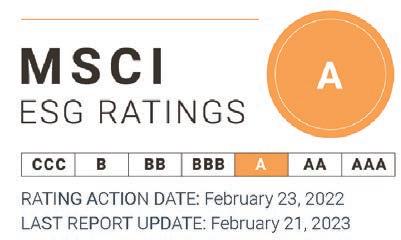

Received for the first time in December 2020 and validated also in 2022, for the ESG rating assessment rewarding the path of strengthening the approach to sustainability for having implemented projects in each of the three ESG areas (Environment, Social and Governance).
MARR
MARR IT0003428445 ESG Profile — Last Update — Jan 2023 Sector : Food
ESG OVERALL SCORE 42 100 Limited RELATIVE PERFORMANCE Rank in Sector 9/37 Rank in Region 741/1616 Rank in Universe 1342/4826 Company Reporting Rate 85% Sector Average Reporting Rate 74% High severity controversies No
over Company performance Sector average performance Sector performance
The graph shows MARR’s ratings in the last 6 years.
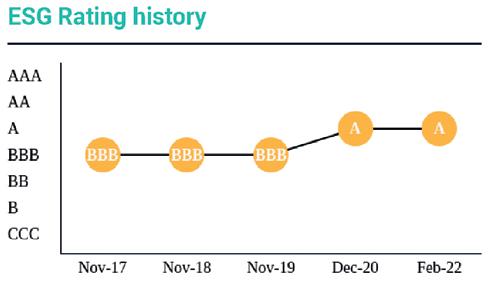
MARR IT0003428445 ESG Profile — Last Update — Jan 2023 Sector : Food Management of risks and oppor tunities MATERIALITY & PERFORMANCE MATRIX
ESG OVERALL SCORE 42 100 Limited RELATIVE PERFORMANCE Rank in Sector 9/37 Rank in Region 741/1616 Rank in Universe 1342/4826 Company Reporting Rate 85% Sector Average Reporting Rate 74% High severity controversies No
ESG OVERALL SCORE 42 100 Limited RELATIVE PERFORMANCE Rank in Sector 9/37 Rank in Region 741/1616 Rank in Universe 1342/4826 Company Reporting Rate 85% Sector Average Reporting Rate 74% High severity controversies No
MARR IT0003428445 ESG Profile — Last Update — Jan 2023 Sector : Food Management of risks and oppor tunities MATERIALITY & PERFORMANCE MATRIX WEAKNESSES
Company performance Sector average performance Sector performance
Company performance Sector average performance Sector performance
100 41 37 42
ESG PERFORMANCE (/100) Environment 41 35 Social 40 36 Governance 49 47 HISTORICAL PERFORMANCE 2020 2021 2022 2023 0
ESG PERFORMANCE (/100) Environment 41 35 Social 40 36 Governance 49 47 HISTORICAL PERFORMANCE 2020 2021 2022 2023 0
ESG PERFORMANCE (/100) Environment 41 35 Social 40 36 Governance 49 47 HISTORICAL PERFORMANCE 2020 2021 2022 2023 0
100 41 37 42
100 41 37 42
STRENGTHS Advanced Robust • Environmental standards in the supply chain • Corruption Anti-competitive practices Shareholders Audit and internal controls
Environmental Strategy Product safety Labour standards in the supply chain Board of Directors Limited Non-discrimination and diversity
the Moody's report, the evaluation obtained in every area is higher than the sector average. Management of risks and oppor tunities Company performance Sector average performance Sector performance ESG OVERALL SCORE 42 100 Limited RELATIVE PERFORMANCE Rank in Sector 9/37 Rank in Region 741/1616 Rank in Universe 1342/4826 Company Reporting Rate 85% Sector Average Reporting Rate 74% High severity controversies No ESG PERFORMANCE (/100) Environment 41 35 Social 40 36 Governance 49 47 HISTORICAL PERFORMANCE 2020 2021 2022 2023 0 100 41 37 42
IT0003428445 ESG Profile — Last Update — Jan 2023 Sector : Food Management of risks and oppor tunities MATERIALITY & PERFORMANCE MATRIX STRENGTHS Advanced Company performance Sector average performance Sector performance ESG OVERALL SCORE 42 100 Limited RELATIVE PERFORMANCE Rank in Sector 9/37 Rank in Region 741/1616 Rank in Universe 1342/4826 Company Reporting Rate 85% Sector Average Reporting Rate 74% High severity controversies No ESG PERFORMANCE (/100) Environment 41 35 Social 40 36 Governance 49 47 HISTORICAL PERFORMANCE 2020 2021 2022 2023 100 41 37 42
Biodiversity Transportation Water Fundamental human rights Fundamental labour rights Labelling and marketing W eak Packaging Supplier relations Responsible Lobbying Reorganisation Obesity and malnutrition
Atmospheric emissions Energy Social Dialogue Career management Health and safety • Social and Economic Development • Executive remuneration
Being aware of its ethical, social and environmental responsibility in the sector of out-of-home food consumption, MARR has always considered as a priority the implementation of sustainability strategies in the contexts in which the Company’s business activities could have a significant impact, Including those related to the supply chain




A sustainable supply chain is part of a business model aware of the interconnection between all the players involved in the supply chain, including the environment. So the product distributed to the Customer is the result of an articulated selection, verification and management activity carried out by MARR according to a sustainable approach.















Control procedures
Social and environmental criteria








Assesment system
Code of ethics sharing
Declaration of commitment to social responsibility and human rights respect
Sustainable activities
Requirements in the supply specifications AWARENESS




Training
Dialogue
Digital portal
Certified management systems




Traceability
Respect of the cold chain




Performance and laboratory tests on products


Recycled and recyclable packaging
Increase the efficiency of logistics-distribution network

Optimization of water and energy consumption





Focused management of stocks and deliveries

Sales organization
Specialized products range



Private label products
Digital tools
Training and events
Transparency, reliability and confidence
3,700 Over







About CENTERS
AMONG EMPLOYEES AND COLLABORATORS
55,000 CLIENTS





This Report describes in detail that developed by MARR in terms of ESG and explains the projects and initiatives through which the Group can contribute towards the achievement of the SDGs (Sustainable Development Goals) dictated by the UN. The priority topics on which MARR invests are listed below, extrapolated from the materiality matrix in paragraph
topics” on page 42.


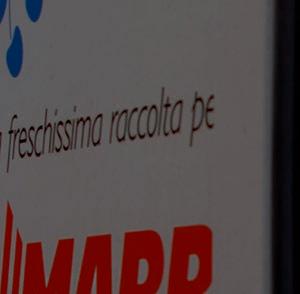
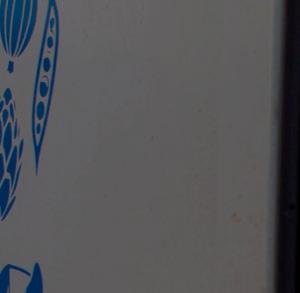

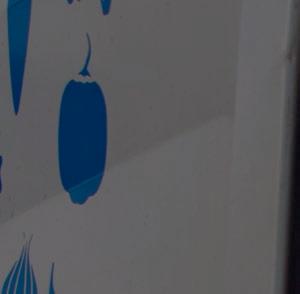
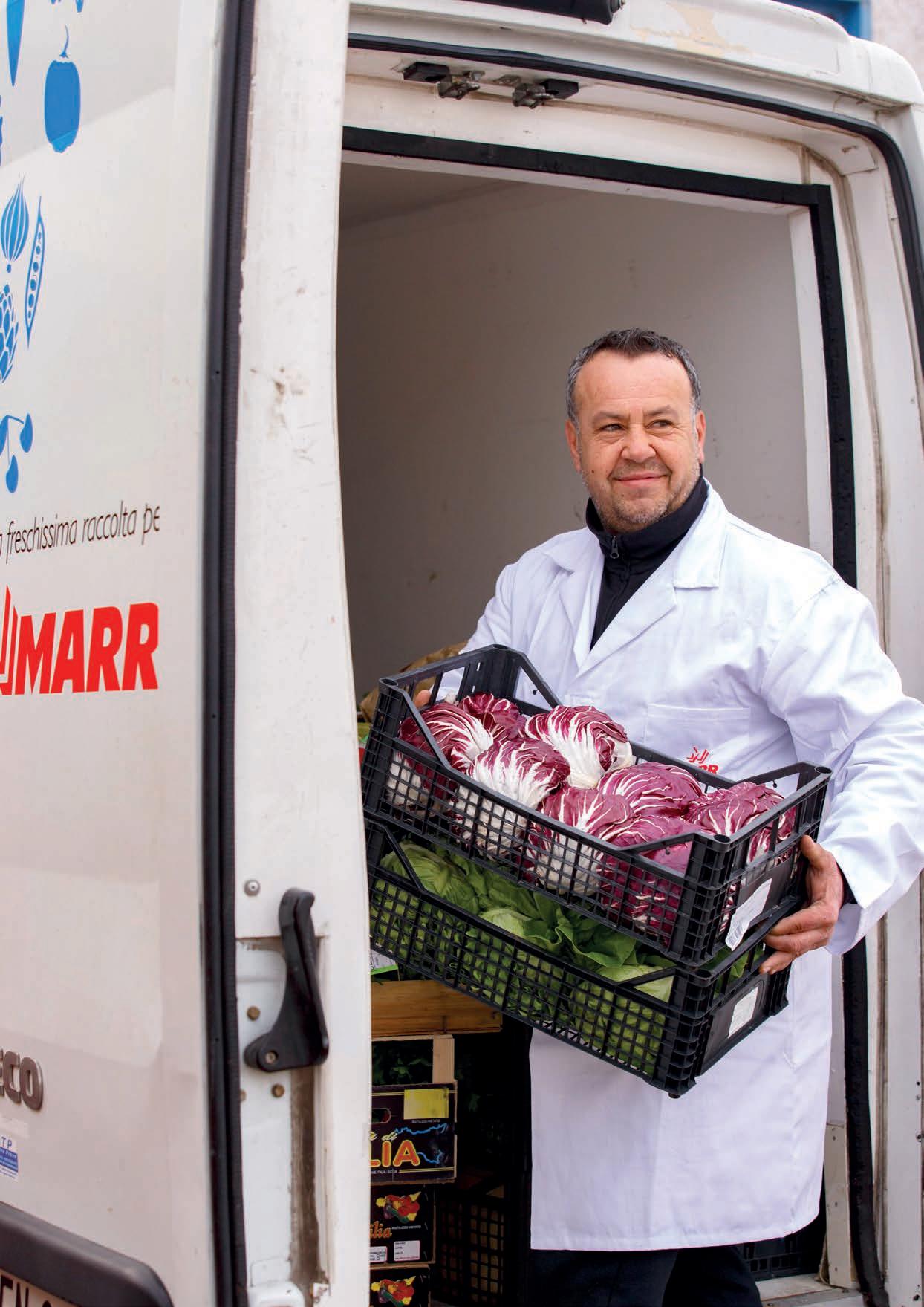






MARR is a point of reference for foodservice operators who can consider it a sole supplier at national level of a wide range of products: the Group procures its products from selected suppliers (over 2,700) throughout the world, and it operates throughout the country by means of a logistics-distribution network comprising over 40 distribution units, some with Cash & Carry stores, and 850 delivery vehicles, mainly owned by third-party carriers.
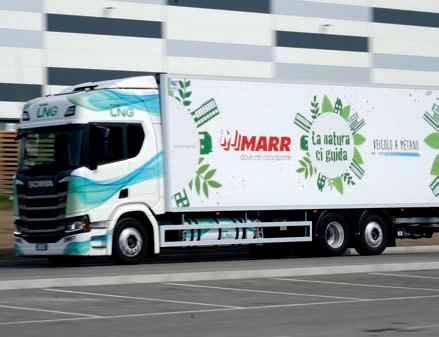

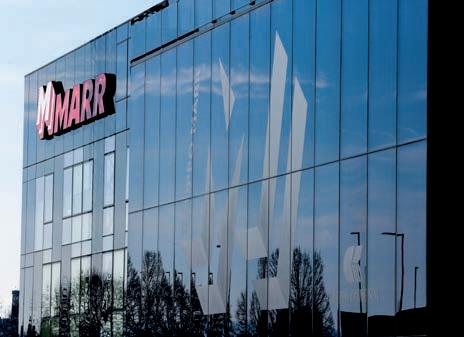
warehouses for the storage of products, the resupplying of the Branches and deliveries to some Clients, mainly in the National Account segment (operators in Canteens and Chains and Groups)
operating units located nationwide, some with Cash&Carry outlets, mainly supplying clients in the Street Market segment (restaurants and hotels not belonging to Groups or Chain)
The efficiency of this logistic-distribution network is continuously optimised and enables, on one hand, travel to be concentrated to and from the Platforms and Distribution Centers and single deliveries of different types of goods to be grouped together and, on the other, to ensure a rapid and accurate service to respond on a personalised level to the needs characterising the various client segments, leading to advantages of a competitive nature and in terms of sustainability.
Fifty years of experience has enabled MARR to develop a detailed knowledge of the requirements of the different client segments and to propose specific goods solutions that are capable of satisfying specific and articulated requirements, thanks to the sales Workforce present “in the field” and also to staff specialised (Key Account) in providing assistance to Chains of Clients nationwide and other major public and private Clients.
Al fine di supportare ulteriormente la crescita del business del Gruppo e perseguire la migliore efficienza del network logistico, in 2022 a new logistics platform in Castel San Giovanni (Piacenza) was made operational and Frigor Carni S.r.l. in Montepaone (Catanzaro), a company operating in the sale and distribution of food products to the foodservice and characterized by a significant specialization in the offer of seafood products, was acquired.
With these new openings, aimed at defining an increasingly efficient logistic network that is functional to the economic growth of the Group and increasing territorial coverage, MARR also contributes towards increasing employment in the Regions involved and the external collaborators involved in transport, storage and commercial activities.

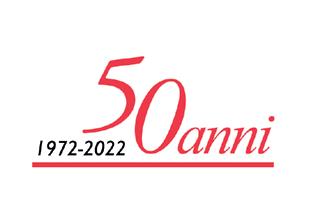
6 Range of products
6 Competency of the commercial workforce
6 Efficiency of the logistic system
6 Personalised, prompt and accurate service
6 Capacity of goods and process innovation
6 Development of an integrated model through digital supports (“phygital marketing”)
MARR’s approach is focused on customer assistance, from the phase of marketing consultancy and product assistance, through to the delivery phase using its own distribution network, which is active nationwide.
OVER
55,000 CLIENTS
6 Street Market: restaurants and hotels not belonging to Groups or Chains
6 National Account: operators in structured commercial catering (Groups and Chains), canteens and Public Administrations (schools, health structures, care homes, etc.)
6 Wholesale
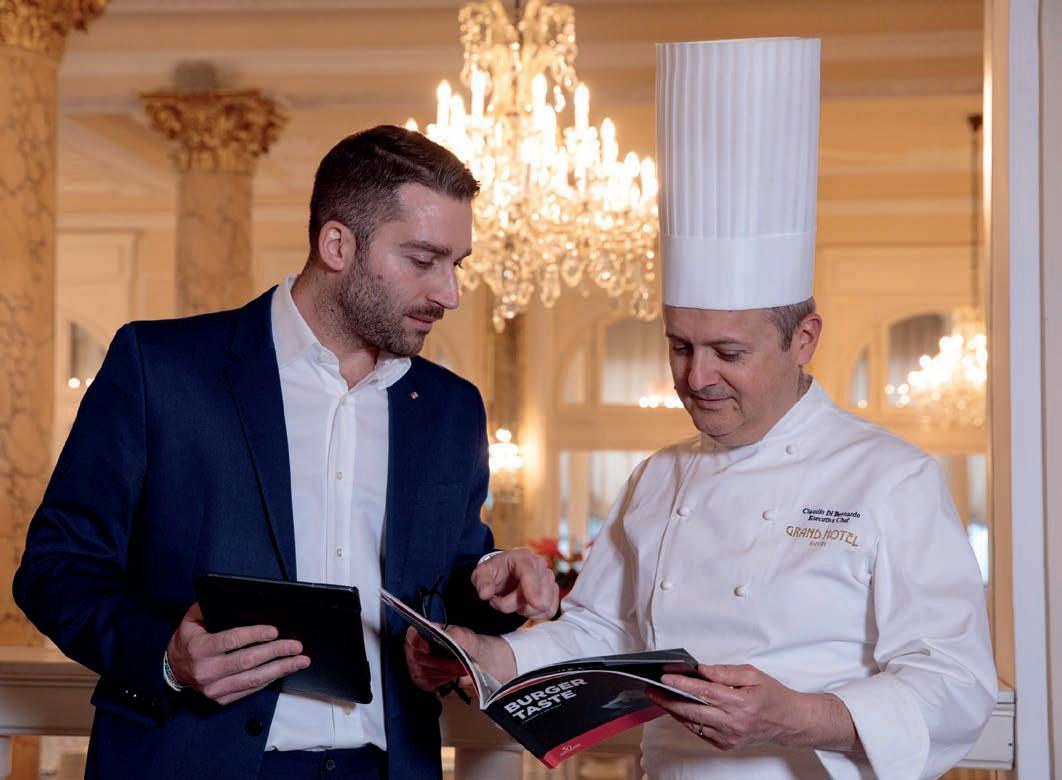
M.A.R.R., Magazzini Alimentari Riuniti Riminesi, is founded in Rimini and and started its business supplying and distributing food products especially to restaurants and hotels operating on the Adriatic coast during the summer season.
The Cremonini Group enters into MARR’s capital.
MARR develops throughout the country, through the opening of new distribution centres in Sicily, Campania, Lombardy, Lazio, Veneto and Sardinia. Targeted acquisitions of regional operators are also finalised, in particular Adriafood, Copea, Discom, Venturi and Sanremomare.
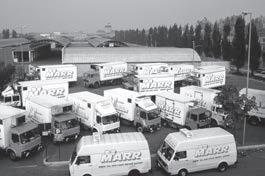
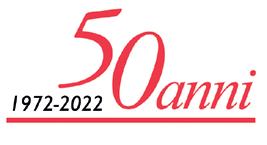
A pool of institutional investors enters into the capital of MARR (led by Barclays Private Equity, Arca Impresa Gestioni SGR and Arca Merchant), who subscribe to approximately 33.3% of the capital.
MARR acquires Sogema S.p.A., a company operating in Piedmont and Valle d'Aosta., and then the going concern of Sfera S.r.l., operating in Romagna, Marche and Umbria. Subsequently, AS.CA., a Bolognese company that is part of the development plan in large cities, and the foodservice distribution going concern of Prohoga, a company operating in Trentino Alto Adige, were acquired.
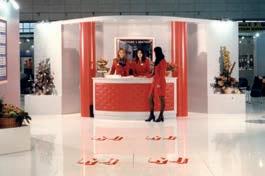
MARR’s shares are admitted for trading on the STAR (Segmento Titoli Alti Requisiti) segment of the Italian stock exchange.
MARR enters the segment of food distribution in bars and fast food restaurants with the purchase of New Catering, a company from Forlì. Operational activities begin at the new distribution center of MARR Toscana in the province of Pistoia. In the same year MARR strengthens itself in the fresh fish segment by acquiring the going concern of F.lli Baldini Srl, a leading company in the distribution of fresh molluscs, finalizes the purchase of the going concern of the Cater company, specialized in supplying canteens and buys the going concern of Jolly Hotel, a leading national hotel chain acquired by the NH Hotel Group.
The activities of Minerva Srl, a company operating on Lake Garda and with a strong specialization in the distribution of fresh and frozen fish products, are taken over and the purchase of Emigel (BO), active in the distribution of food to bars and fast food restaurants, is finalized, confirming the strategy of consolidating the bar distribution sector with the subsequent incorporation (2014) into New Catering.
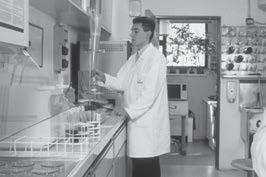
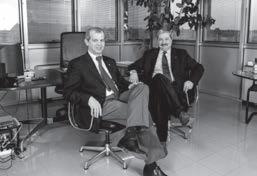
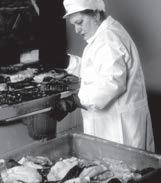
MARR celebrates 40 years of activity, during which it has become the leading group in food distribution to the foodservice industry in Italy; it also takes over the activities of the Lelli Lino Company (Bologna) which will be transformed into a branch in 2014.

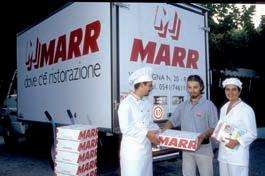
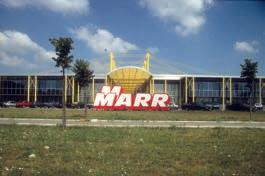
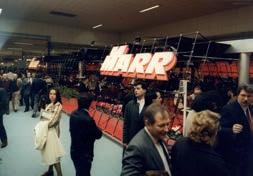
The lease contract for the activities of Scapa Italia S.p.A. begins, through which MARR took over the management of the distribution centers of Marzano (Pavia) and Pomezia (Rome). The business is acquired at the beginning of the following year.
MARR sells its shares (equal to 55% of the share capital) of the Alisea consortium company with limited liability to CIR Food Italian Cooperative of Catering. Following the sale by MARR S.p.A. of the entire stake in Alisea - a company operating in catering for hospitals - the activities of the MARR Group focus on supplies to the Foodservice segment.
MARR acquired SAMA Srl, a company based in Zola Predosa (Bologna), specialized in the distribution of food products to bars and fast food restaurants, which in the same year was incorporated into New Catering, which confirms itself as a leader in food distribution in the bar segment with 4 distribution centers (Forlì, Bologna, Rimini and Perugia).
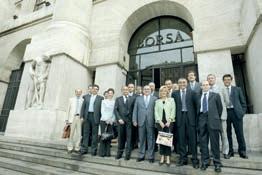
MARR acquired DE.AL. Srl, an Abruzzo company operating in the food distribution to Foodservice with the “PAC FOOD” brand and a distribution center of over 7,000 square meters located in Elice (Pescara). The acquisition strengthens MARR's presence in the middle Adriatic; in the same year, the Company's activities allow the activation of the new MARR Adriatico distribution centre.
In the same year, Speca Alimentari Srl, a company located on Lake Maggiore, was acquired, resulting in the strengthening of the MARR presence in the area.
MARR acquired 34% of the shares of Jolanda de Colò S.p.A. , leader in the premium segment (top range), from Intrapresa S.r.l., and simultaneously signed an irrevocable agreement giving MARR the option, as of 31 March 2022, to purchase a majority shareholding stake.
MARR completed the acquisition of SìFrutta S.r.l., in which it had acquired a minority stakeholding in 2018.
MARR acquired a full stake in the newly established “Antonio Verrini S.r.l.”, into which all of the activities of Antonio Verrini & Figli S.p.A., and Chef Unipersonale S.r.l., which has leased the going concern Chef Seafood S.r.l.. Both companies operate in the seafood market.
In April, MARR finalised the acquisition of Frigor Carni S.r.l., a reference Calabrian operator in sale and distribution of food products to the foodservice, with a significant specialisation in terms of seafood products. Frigor Carni S.r.l. operates mainly with independent clients and on the Ionian coast of Calabria, a very attractive tourist destination.
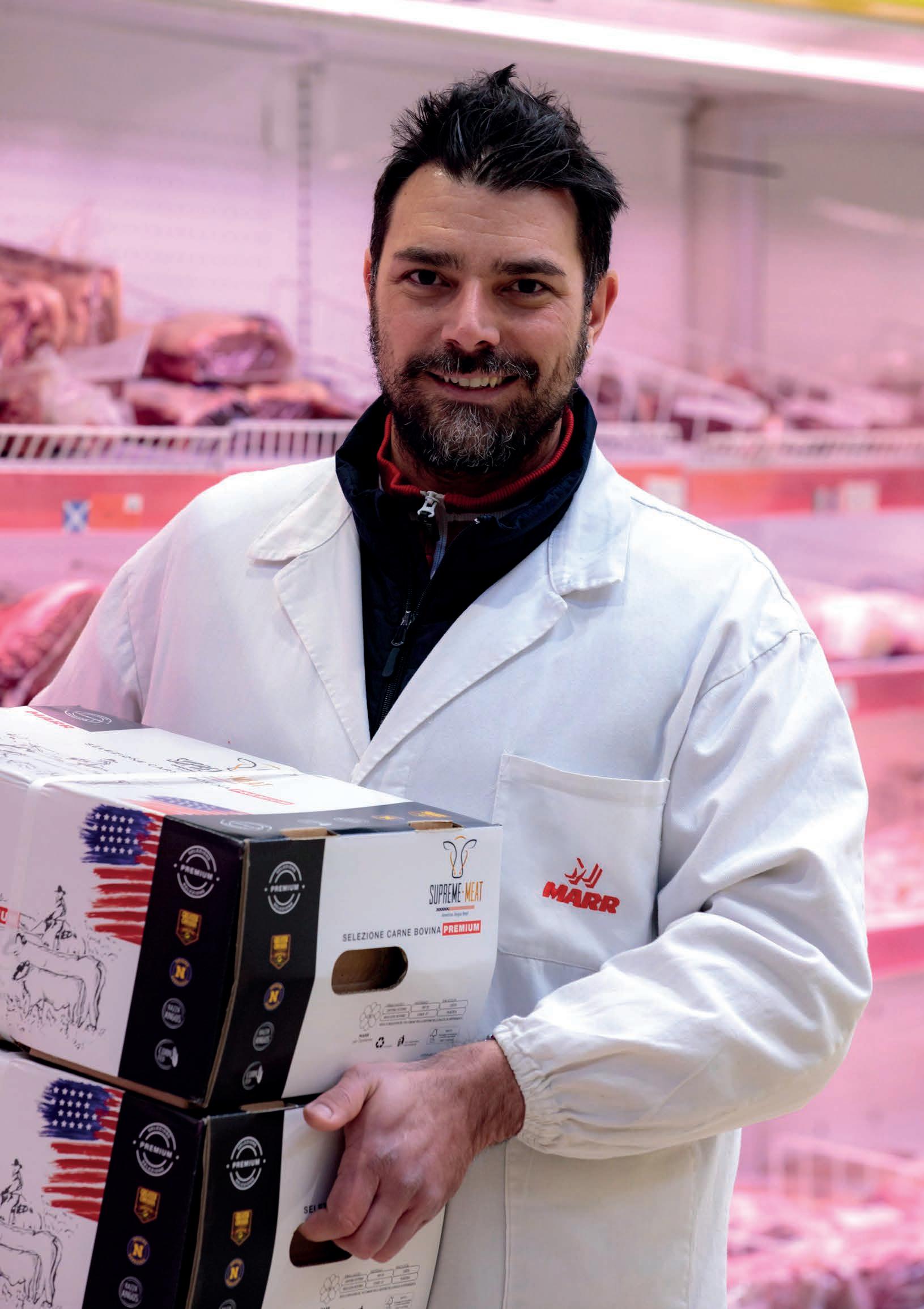
The MARR Group purchases and distributes to the Street Market, National Account and Wholesale client segments a wide range of products attributable to 5 product categories, divided between food and non-food products instrumental to the catering (non-food).
The MARR offer
over 25,000
FOOD
PRODUCTS
8,000
65 FAMILIES OF GOODS
Detergent and hygiene products for professional use
Disposable articles for delivery and take away
Products for mise en place and other professional catering equipment over
2,700 SUPPLIERS
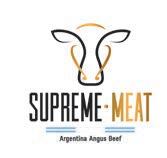
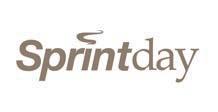


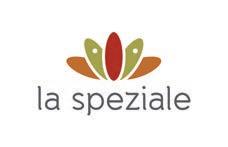

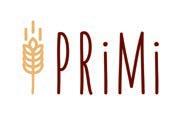
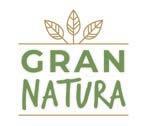
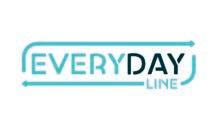



Over 140 REFERENCES
Over 250 REFERENCES SEAFOOD

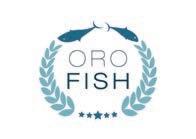
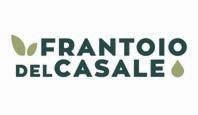
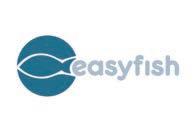
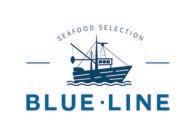
GROCERY
Over 430 REFERENCES
Over 40 REFERENCES




The product line designed to offer solutions for resetting the waste and saving time and energy in the kitchen.






























The range of branded products (or private labels) is constantly examined and renewed to meet customer needs and offer an increasingly specialized proposal and increasingly attentive to sustainability matters.





50 REFERENCES


Over 1.100 REFERENCES










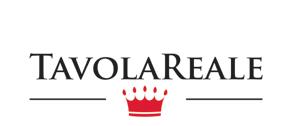
Not only Fast but also Gourmet, the exclusive Burger Taste line offering the widest Quality range reserved for Hamburgheria.

6 Two new lines of fresh pasta frozen with eggs from chickens bred on the ground and wheat flour of Italian origin .


















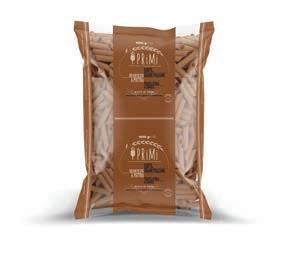
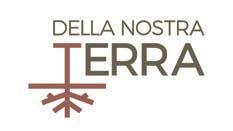
The selection of excellence of the territory including the best of local specialties, expression of cultures and traditions typical of our country.
2022
6 Easy Menu Tavola Reale: a selection of ready -made products responding to the customer need to reduce waste and energy consumption in the kitchen.
4
LOGISTIC PLATFORMS IN
Marzano (PV)
Castel San Giovanni (PC) Pomezia (RM) Rimini specialized in fresh fish
Headquarter
Distribution centres
Centres / Centres with Cash&Carry stores
Cash&Carry
Logistic platforms
Over 40 Over 850
DISTRIBUTION CENTRES some with Cash&Carry stores
TRUCK DRIVERS
HEADQUARTER Santarcangelo di Romagna (RN)
Jolanda de Colò S.p.A.
Antonio Verrini S.r.l.
New Catering S.r.l.
Frigor carni S.r.l.
At 31 December 2022
The Group organization as at 31 December 2022 differs from that at 31 December 2021 due to the acquisition, closed on 1st April 2022, by the Parent Company MARR S.p.A. of the totality of the shares of the Frigor Carni S.r.l. company, based in Calabria and operating in the distribution of food products to foodservice. In addition, on 30 December 2022 the merger by incorporation in the company MARR S.p.A. of the entirely owned company Chef Unipersonale S.r.l.
The changes to the Group organization intervened during 2022 involved a consequent adjustment of the reporting scope compared to the last year. In particular, the data of the new company acquired Frigor Carni S.r.l. were considered within the reporting scope of the Sustainability 2022, as they are 100% controlled, starting from the date of acquisition until 31 December. As in the last business year, Jolanda de Colò S.p.A., associated company, and Marr Foodservice Iberica S.A, notoperating, are out of reporting scope.
FULLY CONSOLIDATED SUBSIDIARIES INCLUDED WITHIN THE SCOPE OF CONSOLIDATION AS AT 31 DECEMBER 2022:
COMPANY ACTIVITY
MARR S.p.A.
Via Spagna n. 20 – Rimini
New Catering S.r.l.

Via Pasquale Tosi n. 1300 Santarcangelo di Romagna (RN)
Antonio Verrini S.r.l.
Via Pasquale Tosi n. 1300 Santarcangelo di Romagna (RN)
Frigor Carni S.r.l.

Via Pasquale Tosi n. 1300 Santarcangelo di Romagna (RN)
Sale and distribution of fresh, dried and frozen food products for Foodservice operators.
Sale and distribution of foodstuff products to bars and fast food outlets.
Sale and distribution of fresh, frozen and deep-frozen fish seafood products mainly in the Ligurian and Versilia area.

Sale and distribution of fresh, dried and frozen food products mainly in Calabria.
ASSOCIATES AND NON-OPERATING COMPANIES NOT WITHIN THE SCOPE OF CONSOLIDATION AS AT 31 DECEMBER 2022:
COMPANY ACTIVITY
MARR Foodservice Iberica S.A.U.


Calle Lagasca n. 106 1° centro Madrid (Spagna)
Jolanda de Colò S.p.A.
Via 1° Maggio n. 21 Palmanova (UD)
AS.CA S.p.A.
Via Pasquale Tosi n. 1300 Santarcangelo di Romagna (RN)
Non-operating company.
Production, sale and distribution of food products in the premium segment (high range).
Company which leases going concerns to the Parent Company MARR S.p.A., effective from 1st February 2020


The risks and opportunities with regard to the business activities of MARR are the same as those of the entire Group, because all operate in the context of the distribution of food products to the out-of-home food consumption segment.

At 31 December 2022: MARR S.p.A. represents 94.5% of the total Group revenues
Represents the totality of the MARR shareholders and reaches the corporate decisions that are implemented by the administration body. The proceedings of the Shareholders’ meeting are governed by the laws on the matter, the Company by-laws and the MARR Shareholders’ Meeting Regulation.
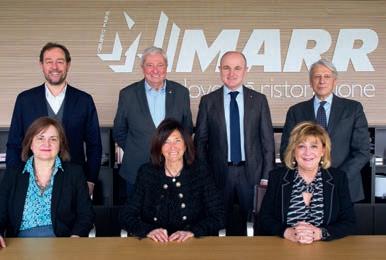
Responsible for the administration of the Company, has the widest ranging powers of ordinary and extraordinary administration.
The duties of the Remunerations Committee and the Appointments Committee are attributed to the entire Board of Directors, under the coordination of the Chairman, as envisaged by the Code of Corporate Governance and in respect of the conditions and methods indicated therein (Recommendation 26).
Chairman of the Board of Directors
Ugo Ravanelli
Chief Executive Officer Francesco Ospitali
Director Claudia Cremonini
Director Paolo Ferrari
Director Marinella Monterumisi (1)
Director Alessandro Nova (2)
Director Rossella Schiavini (1)
The duties and functions of the Control and Risk Committee, the Remunerations Committee and the Appointments Committee are described in the annual report on corporate governance and ownership set-up, available in the Corporate Governance Area – Report on corporate governance: (https://www.marr.it/corporate-governance/relazione-corporate-governance).
In the meeting of 14 November 2022, in accordance to the Corporate Governance Code, the Board of Directors proceeded with the assessment of the size, composition and concrete functioning of Board itself and of internal board committees, expressing itself positively.
The self-assessment was carried out using a specific online questionnaire sent to each member of the Board of Directors, ensuring that its compilation was anonymous and not attributable to individual responses.
Is the body responsible for presiding over the Company’s observance of the law and company by-laws and respect of the principles of proper administration, and in particular the adequacy of the organisational, administrative and accounting setup of the Company and their proper functioning.
Position Member
Chairman Massimo Gatto(1)
Standing Auditor
Standing Auditor
Andrea Foschi
Simona Muratori
Alternate Auditor Alvise Deganello (1)
Alternate Auditor
(1) from the minority list
Lucia Masini
The Board of Directors and Board of Statutory Auditors were appointed on 28 April 2020 and will remain in office until the shareholders’ meeting for the approval of the annual financial statements as at 31 December 2022.
Independent Auditing Firm PricewaterhouseCoopers S.p.A.
MARR has been listed on the Euronext STAR Milan (Segmento Titoli Alti Requisiti) segment of the Italian stock exchange since 2005; this segment has stringent requirements in terms of Governance.
MARR is subject to the management and coordination of Cremonini S.p.A., which has a holding of 50.42% of the share capital. As resulting from the shareholders’ register, the communications received pursuant to the law and the other available information, as of the date of approval of this Sustainability Report, the shareholders which directlyor indirectly own holdings in excess of 3% of the share capital bearing voting rights are as follows.
FMR LLC
Fidelity Management & Research Company LLC
Fidelity Institutional Asset Management Trust Company FIAM LLC
FMR Investment Management (UK) Limited
Fidelity Management & Research (Japan) Limited
There are 5,125 shareholders of which 4,739 Italians
(survey on 23 May 2022)
MARR has based its corporate governance system on transparency of operations and the valorisation of the requirements and needs of all of the stakeholders. The determination of the targets and the processes of the Company follow a Governance approach that is developed organically according to the various directives reflected in the policies, procedures and regulations listed hereafter, consultable on the Company website Corporate Governance Area – Documents and procedures
Pagina web Corporate Governance: https://www.marr.it/governance/documents-policies
To ensure increasing levels of transparency and efficiency in its own Governance system, the Company adopted a Code of Ethics in 2005, and subsequently updated it, in which the rules of conduct and principles of legality, transparency and correctness to be applied to both the Company’s internal and external relations, are recalled.
The Code of Ethics defines the professional practices and conduct which all of the Employees and Collaborators must abide by.
MARR is responsible for divulging the Code of Ethics to the stakeholders and to new employees when hiring them. The observance and adequacy of the Code of Ethics is verified annually by the Control and Risk Committee, to which the SB reports back.
6 Rectitude Respect of the laws, regulations and rules in force in Italy and in the other countries in which the company operates.
6 Loyalty Respect of the contractual commitments and the so-called “given word”.
6 Reliability Respect, protection and utmost satisfaction of the customer.
6 Correctness Commitment to avoiding conduct that may be disloyal towards competing companies.
6 Respect and prtection of the individual
Avoiding any form of conduct that may be discriminatory on the basis of the ethnicity, language, gender, political opinion, religious faith and social status of an individual.
6 Impartiality Full respect of the principle of equal opportunities and utmost equity and correctness in hierarchical relations and between collaborators which contemplate, as the sole criteria of evaluation, the effective professional and human qualities of the individual.
6 Protecting health and the environment
Observance of the laws on the matter and adoption of specific policies in order to avoid any risk whatever to the environment and health.
6 Confidentiality Protection of the news and information acquired in relation to both collaborators and others.
THE CODE OF ETHICS IS BASED ON THE FOLLOWING PRINCIPLES AND VALUES
Proclaimed by the General Assembly of the United Nations in 1948 after the end of the second world war, with the objective of putting renewed faith in the universal values protecting the liberty and dignity of all human beings.
Founded in 1919 after the end of the first world war, the International Labour Organization became the United Nations agency specialising in the pursuit of social justice and the universal recognition of human rights in the labour sector, through the promotion of dignified work in conditions of liberty, equality and security for everyone.
Signed in 2015 by the governments of the member countries of the United Nations and approved by the General Assembly of the UN, the Agenda is constituted by 17 Sustainable Development Goals (SDGs), within the framework of a wider-ranging plan of action constituted by 169 targets associated to them, to be achieved in environmental, economic, social and institutional terms by 2030.
Proposed in 2019, the Green Deal illustrates the strategies for making Europe the first continent with zero climate impact by 2050, giving impulse to the economy, improving health and the quality of life of people and protecting nature.
As part of the European Green Deal, in 2020 the Commission unveiled the strategy entitled “From Farm to Fork: from producer to the table”, with the aim of making food systems equitable, healthy and respecting of the environment and accelerating the transition towards a sustainable food system.
One of the operating tools within the wider-ranging European Green Deal, the Plan of Action for the Circular Economy was adopted in March 2020 by the European Commission and proposes an approach aimed at making the current economic model more sustainable and reducing the environmental impact of the life cycle of products and their production processes.
An international organization uniting retailers and producers of consumer goods to guarantee the trust of consumers and promote an ever increasing efficiency in dealing with the main challenges facing the sector, including environmental and social sustainability, health, food safety and the accuracy of product information.
Approved in 2021, these principles intend to recognise the transversal nature of the concept of respecting human rights and extends its field of action to the commercial segment of business activity, with specific focus on questions of gender and the protection of the more vulnerable categories.
This is the most important document at an international level as regards the protection of consumers, based on spreading the criteria of correctness in carrying out commercial, advertising and marketing practices and the adoption of reasonable measures to ensure the quality and reliability of the goods and services provided.
COP26
In 2015, for the first time, the members of the United Nations set themselves concrete targets to deal with the climate emergency: achieving climate neutrality by 2025 and keeping global warming below 2°C compared to pre-industrial values.
(Glasgow Climate Change Conference – November 2021)
During this meeting, the objective set in the Paris Accord was reviewed and the decision taken to lower the limit of global warming to 1.5°C rather than 2°C.
Launched in 2000 by the Earth Charter Committee, an independent international body, the Earth Charter is a document comprising sixteen principles organized according to four pillars, which attempts to inspire a sense of global interdependency and shared responsibility for the wellbeing of plant Earth as a whole.
This is one of the first official documents concerning animal welfare and was created in 1965, after the British government commissioned a report by a group of researchers, including the veterinarian Roger Brambell. The document enunciates the five liberties for the protection of animal welfare:
1. freedom from famine, thirst and malnutrition
2. freedom from environmental problems
3. freedom from disease and illness
4. freedom to manifest species-specific behavioural characteristics
5. freedom from fear and stress
A body based in the United Kingdom which promotes farm animal welfare in a practical manner, providing a forum in which various groups of interest (farmers, food industry, consumers) are able to meet, exchange opinions and reach an agreement on the challenges that must be dealt with to ensure profit-making animal welfare.
The Company has adopted an Anti-Corruption Policy aimed at outlining the general principles and rules of conduct to be followed in performing working activities, forbidden conduct, the systems for protecting from the risk of corruption and the relevant sanctions.
MARR’s anti-corruption policy is based on the principles recalled in domestic and international laws regarding the prevention of corruption, the Code of Ethics and the Legislative Decree 231/01 Organizational Model adopted and is aimed at continuously improving the awareness of everyone working for MARR in terms of recognising corruption and any other type of fraud and their ability to be an active part in preventing, suppressing and reporting all possible breaches of the anti-corruption laws. The AntiCorruption Policy is also one of the documents identified in the mapping of risks contained in the internal audit and risk management system.
The beneficiaries of the Anti-Corruption Policy are the corporate bodies, employees, collaborators, clients, suppliers and in general everyone who directly or indirectly, permanently or temporarily works for or with the Company, each in the context of their own functions and responsibilities.
Anti-corruption policy is a public document that is brought to the attention of all the subjects to whom it is also addressed through publication on the company's website at the link www.marr.it/governance/documents-policies.
The internal workforce of MARR has been evaluated in order to define the corruption related risks.
All of the local units have thus been informed of the adoption of the Anti-Corruption Policy and the procedures aimed at limiting the risk of corruption by notices affixed to the bulletin boards and handed out to the managers for distribution to the workforce. Newly hired employees are also informed in this regard. The Anti-Corruption Policy is uniform in terms of intent and objectives and has also been acknowledged and applied by all of the companies in the MARR Group and is available to the public and those who may be interested on the Company website.
On 24 February 2023, the Board of Directors updated the Company's Anti-Corruption Policy by inserting the reference to the new procedure on food donations, adopted pursuant to Law 166/2016, aimed at regulating the donation to nonprofit organizations of food products no longer marketable but still suitable for human consumption.
WITH REGARD TO THE ACTIVITIES CARRIED OUT BY MARR, THE ANTI-CORRUPTION POLICY HAS IDENTIFIED THE FOLLOWING SECTORS AS THOSE IN WHICH THE RISK OF ACTIVE OR PASSIVEE CORRUPTION MAY ARISE:
Whenever deemed opportune, and in any event at least once every year, the Corporate and Legal Affairs Management, the “Department responsible for control” identified in the Anti-Corruption Policy, reports to the Board of Directors on the activities carried out and on significant circumstances and events or urgent criticalities in the Policy that may emerge.
The beneficiaries of the Anti-Corruption Policy must report any eventual breach, presumed or proven, of the Policy or any regulation whatever concerning corruption, by the Company, a colleague, a collaborator or a third party, including requests or offers of undue payments received from them (so-called whistleblowing).
Reports may also be received through the e-mail inbox anticorruzione@marr.it set up for this purpose
There were no episodes of corruption reported during 2021, and no cases occurred in which it was necessary to undertake legal action due to anti-competitive conduct, anti-trust and monopoly, nor where there any reports received from the beneficiaries of the Anti-Corruption Policy.
Other Governance tools are consultable and can be downloaded on the Company website Corporate Governance Area
https://www.marr.it/en/corporate-governance
6 Corporate Governance Code
6 Organizational Model 231/2001
6 Supervisory Board
6 Human Resource management policy
6 Procedure for managing related party transactions
6 Procedure for the management of insider and confidential information

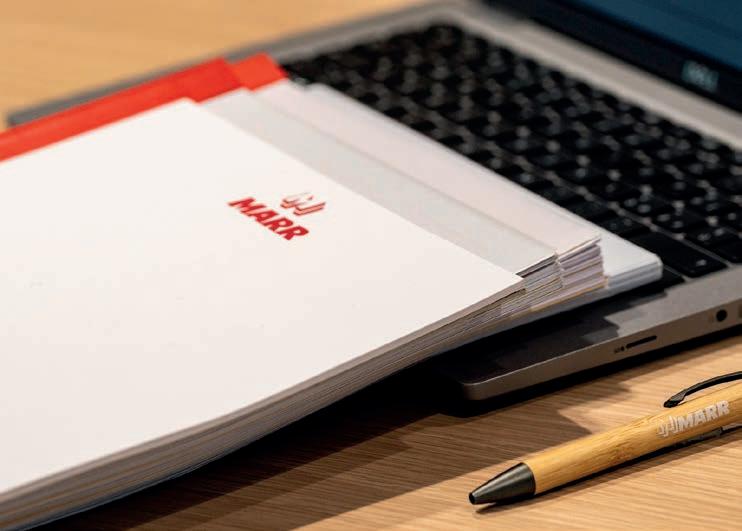
6 Regulation for the management of relations with channels of information MARR policy for the management of engagement between the shareholders and other stakeholders
The Company intends to increase the responsibility of the business areas and spread the culture of sustainability in a capillary manner throughout all the departments. Confirming this objective, Sustainability Governance is divided among the following departments and managers, coordinated by the Chief Executive Officer:
MARR’s internal audit and risk management system is constituted by all of the procedures, organizational structures and relative activities aimed at ensuring the proper conduction of business activities, consistently with the pre-set objectives. This system is aimed at identifying, measuring, managing and monitoring the main corporate risks and ensuring that the corporate equity is safeguarded, together with the efficiency and effectiveness of the corporate processes, the reliability of the financial information and the respect of the laws and regulations and internal procedures.
The
guidelines of the internal audit
Model 6 Certificate management system 6 Internal procedures
6 The Chairman of the Board of Directors
6 The Board of Directors
6 The Board of Statutory Auditors
6 The Manager of the Internal
6 Auditing department
6 The Departmental Managers
6 Management Control
6 The Employees involved with different responsibilities
The reference point for risk management is based on the study of the context in which MARR operates, attempting to identify the main sources of risk and the consequent opportunities.
6
6 Customer satisfaction and loyalty
6 Product quality and safety
6 Product labelling and information to consumers
6 Fight against food wastage
6
6 Management of packaging and Waste
6 Optimization of water consumption, energy consumption and related emissions
6 Fight against food wastage
6 Impact and increase the efficiency of logistics
6
6 Ethical procurement and respect for Human rights
6
6
During the course of the year, there were no cases of non-compliance with the environmental regulations which led to proceedings regarding environmental damage, there were no cases of breaches of customer privacy and loss of customer data, there were no episodes or beginning of legal proceedings or action regarding breaches to the laws on fair competition, monopolistic and anti-trust practices and there were no cases of breaches of social, economic or fiscal laws and regulations.
The operating companies in the Group are all subject to the Italian fiscal system. Only MARR Foodservice Iberica S.A., non-operating company, is resident for fiscal purposes in another country (Spain).
Because of the nature of its business and the fact that almost all of its business activity is in Italy, MARR has not
adopted a specific fiscal strategy, and consequently does not envisage forms of involvement of the stakeholders in fiscal practices.
MARR’s conduct is consistent with a low exposure to fiscal risks.
The analyses, regulatory checks and opportunity evaluations are undertaken by the structure reporting to the Administration and Finance Department and, if deemed necessary as a result of regulatory complexities, involving external consultants.

In 2022, the MARR Group achieved total revenues of 1,930.51 million Euros, with a consolidated EBITDA of 82.1 million Euros and closed with net result of 26.6 million Euros.
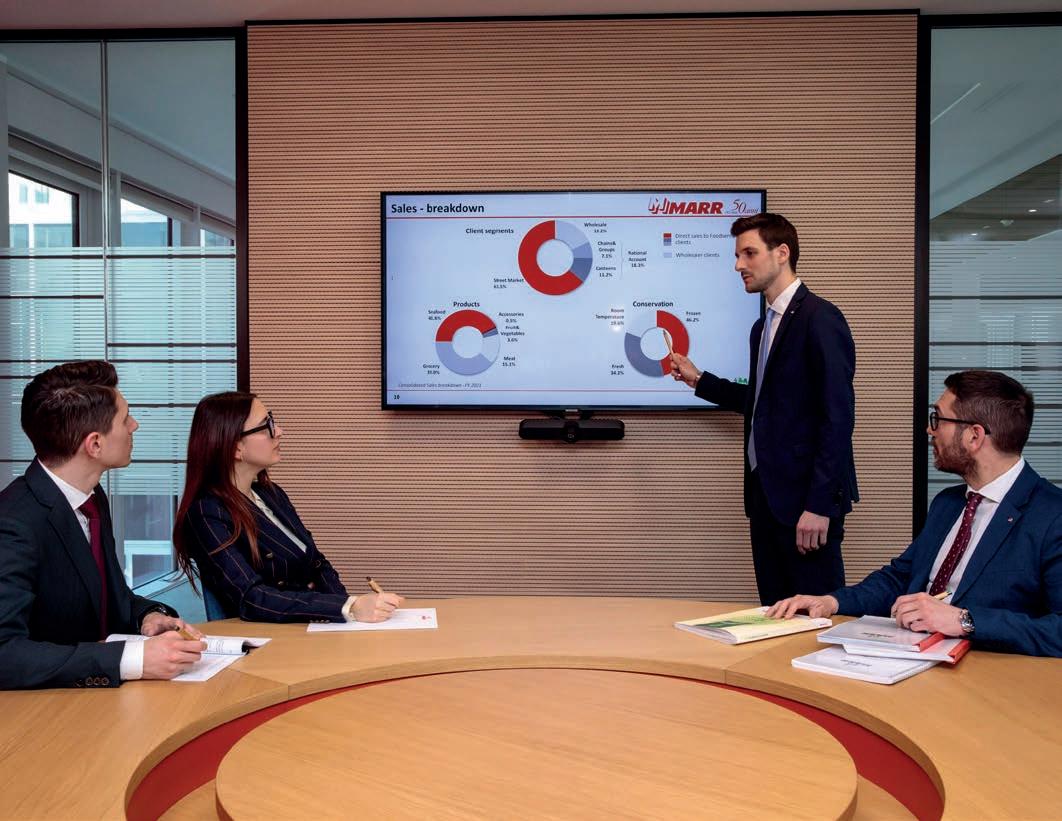
With regard to the sole sector of activity of the Group, that of the distribution of food products to the foodservice segment, the clients are divided into the following categories:
6 Street Market: restaurants and hotels not belonging to Groups or Chains
6 National Account: operators in structured commercial catering (Groups and Chains), canteens and Public Administrations (schools, health structures, care homes, etc.)
6 Wholesale
(1) Not specifically attributable to a single client segment
The breakdown of the revenues from the sale of goods and services by geographical area is as follows:
the
95% of revenues of MARR are realised in Italy and 5% abroad. CLIENT
The client portfolio do not show a concentration such that one Client represents individually more than 10% of the total revenues.
2% maximum percentage of returns per individual Client
of the returnsGroup are realised in Italy of the returnsGroup are realised abroad
95% 5%
of the returnsGroup are realised in Italy of
returnsGroup are realised abroad
95% 5%
The distribution statement of the directly generated value is based on a reclassification of the consolidated income statement of the group. The economic value generated represents the economic wealth produced during the year by the group and the analysis of the distributed economic value allows to obtain an assessment of the economicsocial impact created, measuring the wealth produced for the benefit of all stakeholders. The economic value retained is relating to the difference between economic
value generated and distributed and includes, among other items, the depreciation of material and amortization of immaterial assets and provisions.As shows the historical series of data from 2020 to 2022, as a result of the low added value of the production processes, the high incidence of the cost of goods and services purchased by the typical suppliers of the food distribution sector, the distributed economic value is particularly relevant.
The economic value generated refers to the net revenues of the MARRr group (revenues of sales and services, other operational revenues, proceeds of financial management), while the distributed economic value includes the costs reclassified by category of stakeholders.
During 2022 the distributed economic value was equal to 1,851 million euros, increasing compared to 1,420.5 million euros in 2021 and is thus broken down:
98% ECONOMIC VALUE DISTRIBUTED
93.2% SUPPLIERS
2.4% EMPLOYEES
0.5% INVESTORS
0.6% PUBLIC ADMINISTRATION
1.3% SHAREHOLDERS
Economic value is thus distributed:
Equal to 1,759.2 million euros, increasing in absolute terms compared to 2021 as a consequence of the major purchases related to the increase in the sales turnover.
% PERSONALE
% FINANZIATORI
% PERSONALE
93,5% FORNITORI % PUBBLICA AMMINISTRAZIONE
PERSONNEL REMUNERATION
% FORNITORI
% FINANZIATORI
PERSONALE
AZIONISTI
FINANZIATORI
% FORNITORI % PUBBLICA AMMINISTRAZIONE
Remuneration ofpersonnel, equal to 45.3 million euros, represented by wages of the group employees. The increase compared to the previous year is mainly related to the personnel cost of the new company acquired Frigor Carni S.r.l. and to the hires of the Parent Company MARR S.p.A..
Equal to 9.2 million euros relating mainly to interest expense towards banking institutions and bond holders.
AZIONISTI
FINANZIATORI
PUBBLICA AMMINISTRAZIONE
% PERSONALE
REMUNERATION OF THE PUBLIC ADMINISTRATION
AZIONISTI
AMMINISTRAZIONE
% FINANZIATORI
93,5% FORNITORI % PUBBLICA AMMINISTRAZIONE
AZIONISTI
Represented by direct taxes accrued and indirect taxes of 12.2 million euros in 2022 (15.6 million euros in 2021).
REMUNERATION OF THIRD PARTIES, in which both the amounts distributed to communities, territory, trade associations and those distributed to shareholders are included:
6 The value distributed to communities, territory, trade associations amounts to 74 thousand euros in 2022, in line with the previous years and refers mainly to the shares paid to the trade associations.
6 In relation to the shareholders remuneration it should be noted that the Board of Directors of March 15, 2023 proposed the distribution of a gross dividend of € 0.38 per share, excluding the treasury shares.
For more information on the economic-financial performance in the year 2022, see the MARR Group consolidated financial statements on the following webpage: https://www.marr.it/investors/financial-reports




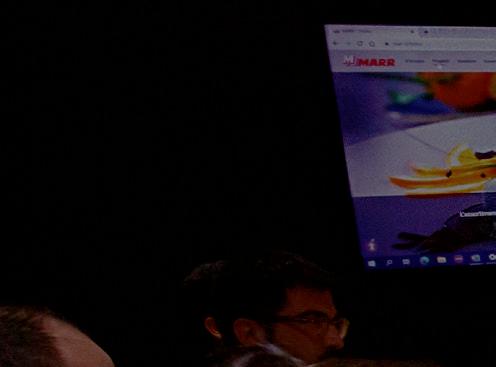

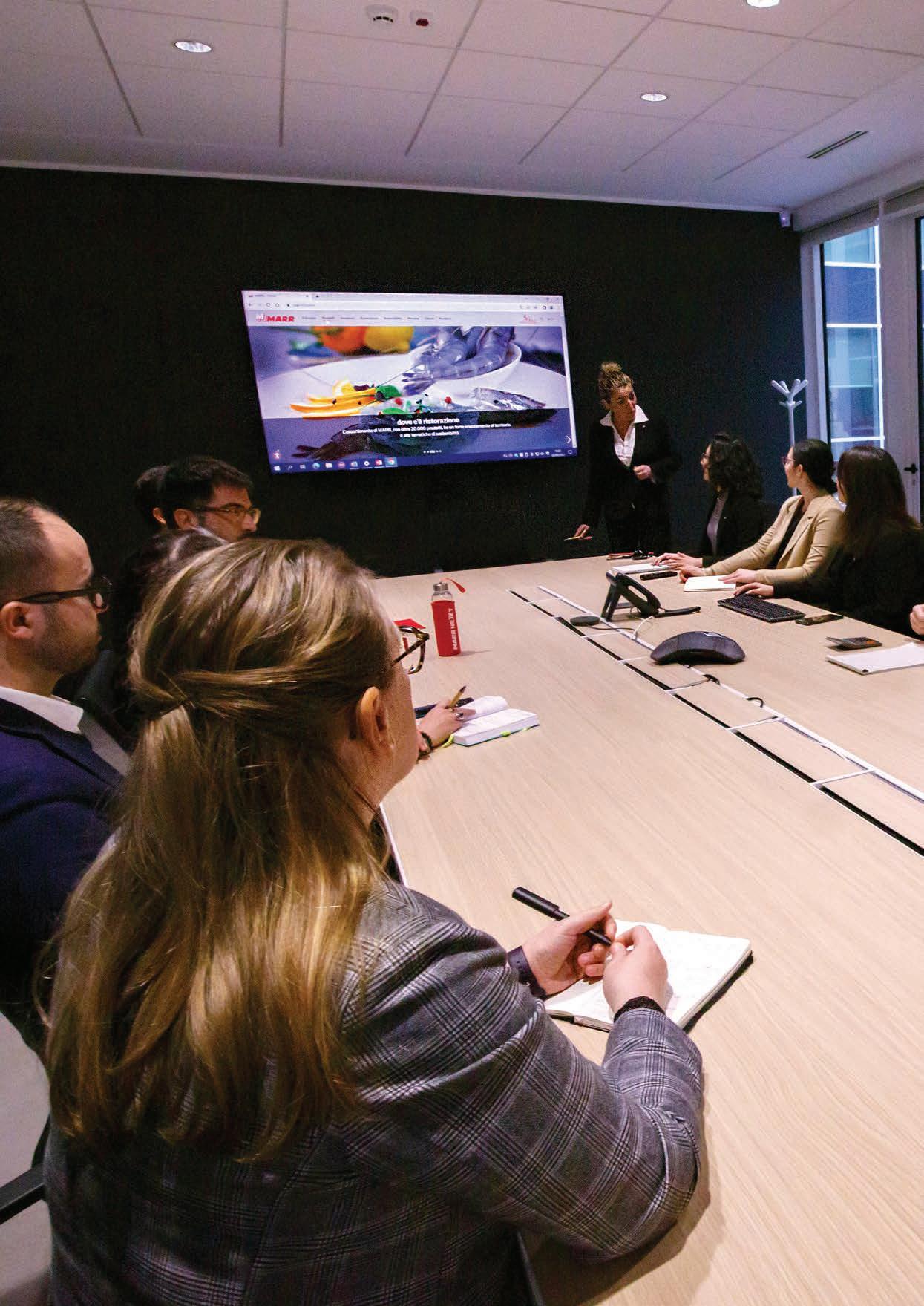
In carrying out its business activities, the MARR Group is exposed to numerous categories of stakeholders, subjects with which the Group collaborates, interacts and engages. The stakeholders play a primary role, also because of their capacity to influence the business and in turn be influenced. The main bearers of interest of the MARR Group, representing the players fundamental to the creation of value, are the following:
Talent and skills to be valorised and to invest in through focused management, a welfare policy and suitable training programmes
partners with which to create stable and long-term relations based on sharing ethical principles and sustainability initiatives
partners to support suggesting ad hoc goods solutions, respecting the required quality standards and offering an efficient and global service
Financial institutions with whom to develop a continuous dialogue to inform in a timely, transparent and uniform way about the progress of the group and the initiatives existing
Entities to which to demonstrate closeness through joint participation and awareness expressed and declined in different territorial activities
Operators to constantly meet and discuss with, in particular with relation to updating the laws and regulations in the reference sector
Entities whose support is vital in carrying out business activities and protecting the relative stakeholders, in respect of the obligations imposed by the reference sectors
The priority (material) aspects to be reported in the Sustainability Report, in compliance with the new GRI 3 standards, are those reflecting the significant impact of the Group in an external context, from an economic, environmental and social viewpoint. In this context, the term “impact” refers to the positive or negative, potential or actual effects that the Company has on the economy, the environment and the community, taking into consideration the influence that such impacts may have on the expectations, interests and evaluations of its stakeholders.
MARR has conducted an analysis of the ESG impacts involving the various department managers, taking into account the sector of its activities and the type of commercial relations involved, based on the principles of the new version of the GRI 3 Universal Standard 2021. The materiality analysis was conducted through the increased involvement of the stakeholders, who were asked to award a relevance score to the material topics identified beforehand by the organization, through the analysis of the internal and external context. The 16 material topics
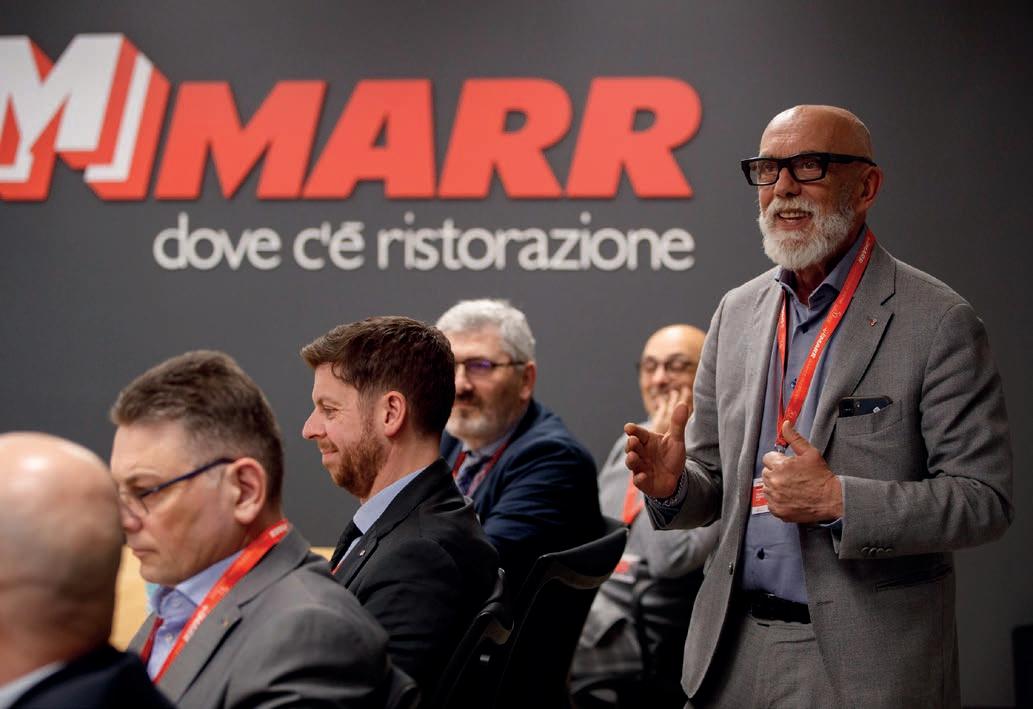

remained substantially unchanged from last year.
It must be noted that MARR has always taken into consideration the main impacts generated and incurred by the organization and that this document contains a summary of the periodical process of risk identification implemented by MARR (see the paragraph on Risk Management on page 26). Therefore, the focus here is mainly on the opportunities that the Company may grasp thanks to the fact that it has properly monitored the risks involved in its activities.
The choice made by MARR to conduct a process of identifying the material topics as mentioned previously and as described analytically hereafter, is based on the fact that, on one hand, 2022 has been a transitional year that has seen the initial application of the new GRI Reporting standards and, on the other, the process of risk identification and the programme of stakeholder engagement are delicate activities that the Company plans with plenty of advance notice and that require the use of resources and time in order to conduct the careful
assessments resulting from them and which will be opportunely updated in the coming months, also on the basis of the best practices in the sector in the framework of the next reporting cycle regarding non-financial disclosure. Lastly, it must be recalled that the purposes of this document are to make that pursued by MARR in terms of ESG more comprehensible and useable to all of the categories of stakeholders, and thus to the widestranging public possible, providing a complete and detailed overview.
During the internal meetings and through the survey, it has become increasingly obvious that, together with the impacts that MARR has always taken into consideration, such as reputational risks or the possible loss of market shares due to a specific service and products not matching the expectations of its customers, there are new impacts regarding the company’s capacity to grasp the opportunities provided by new technologies and new digital tools, which can be used in different aspects of the business: to show more closeness to the customers,
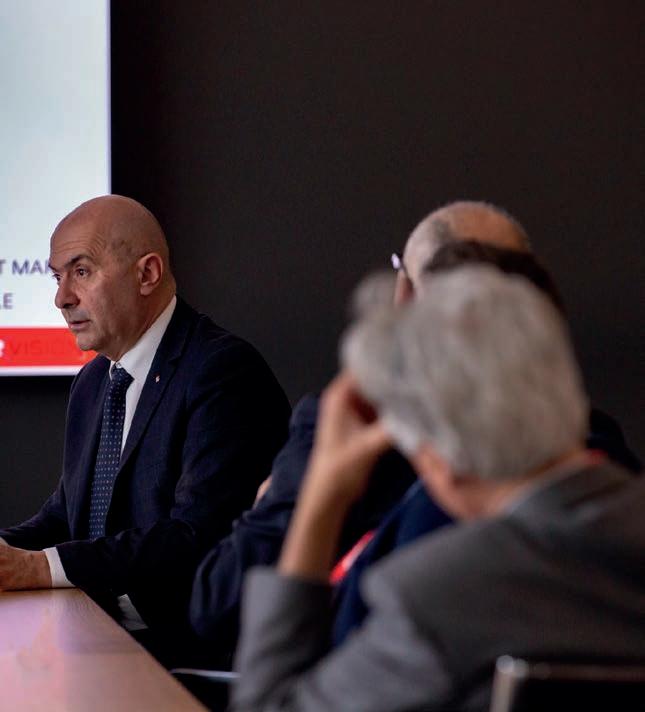
to plan increasingly efficient and sustainable logistics management, to slimline and facilitate the waste disposal operations and to meet the dematerialisation requirements suggested by the European and national regulatory framework.
Among the risks and opportunities examined, the capacity to remain a reliable reference partner for the customers, the ability to realise new commercial lines that satisfy new tastes and acquire new market shares, the possibility of increasing the awareness of its suppliers and customers on the basic social and environmental topics (respect of human rights and dignified working conditions in the countries of origin of the products distributed, supplying and valorising sustainable and local products), the opportunity to allocate investments and resources to specific activities to combat climate change (increasing energy efficiency, enhancing logistics and improving the management of packaging and waste) are assuming increasing importance.

MARR has sent digital surveys to certain categories of stakeholders to ask them to award a score to the 16 material topics selected and to indicate any aspects that MARR may not have taken into consideration, to then analyse any shortcomings in the analysis conducted previously. The stakeholders were asked to award a score between 1 and 5 to each topic on the basis of how important they deemed it to be in terms of MARR’s sustainable and responsible development. They were also asked whether they believed the material topics identified to be exhaustive or whether they wanted to indicate some that were not taken into consideration but were equally relevant to MARR, and no new topics
emerged, which would appear to indicate that the summary provided was detailed enough. The Management team, on the x-axis, gave its assessment, taking into account the internal risk management system and the mechanism of monitoring, also examining the opportunities of each topic.
MARR has elected to use the materiality index, a graphic representation immediately comprehensible to the reader, consistently with its reporting in previous years. The index illustrates the widest possible overview of the topics relevant to MARR, ,consistently with its activities and its core business, and is constructed on the cartesian axes, awarding two scores to each topic, one of them from the Management viewpoint (x-axis) and one from the Stakeholders’ viewpoint (y-axis). The higher up and further to the right the topic on the graph, the more relevant it will
be to both parties. Each priority topic has been reported in compliance with Legislative Decree 254/2016. It must be highlighted that the difference in the score awarded to the highest and lowest scoring material topics is minimal, a mere 0.57 percent, which demonstrates that all of the topics selected are vital for the sustainable development of MARR, which can occur in a synergic manner involving all of the departments working in these contexts.
It should be noted that the topic considered by the stakeholders to be MARR’s strongest point (product safety and quality) is the same as the topic which is the highest up and furthest to the right on the graph (Product quality and safety).
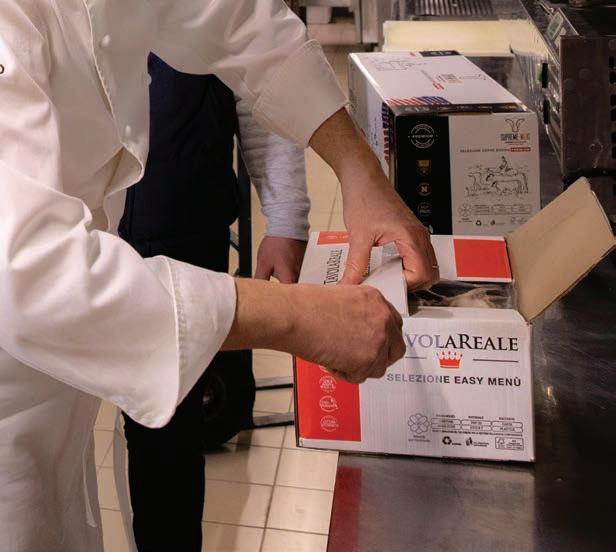
RELIABILITY
1 2 3
TRANSPARENCY

The 16 material topics that emerged during the analysis are considered to be the key elements in guiding the Company in terms of increasing commitment towards non-financial topics and contributing towards the achievement of the goals selected from among the 17 Sustainable Development Goals (SDGs) in the UN 2030 Agenda.
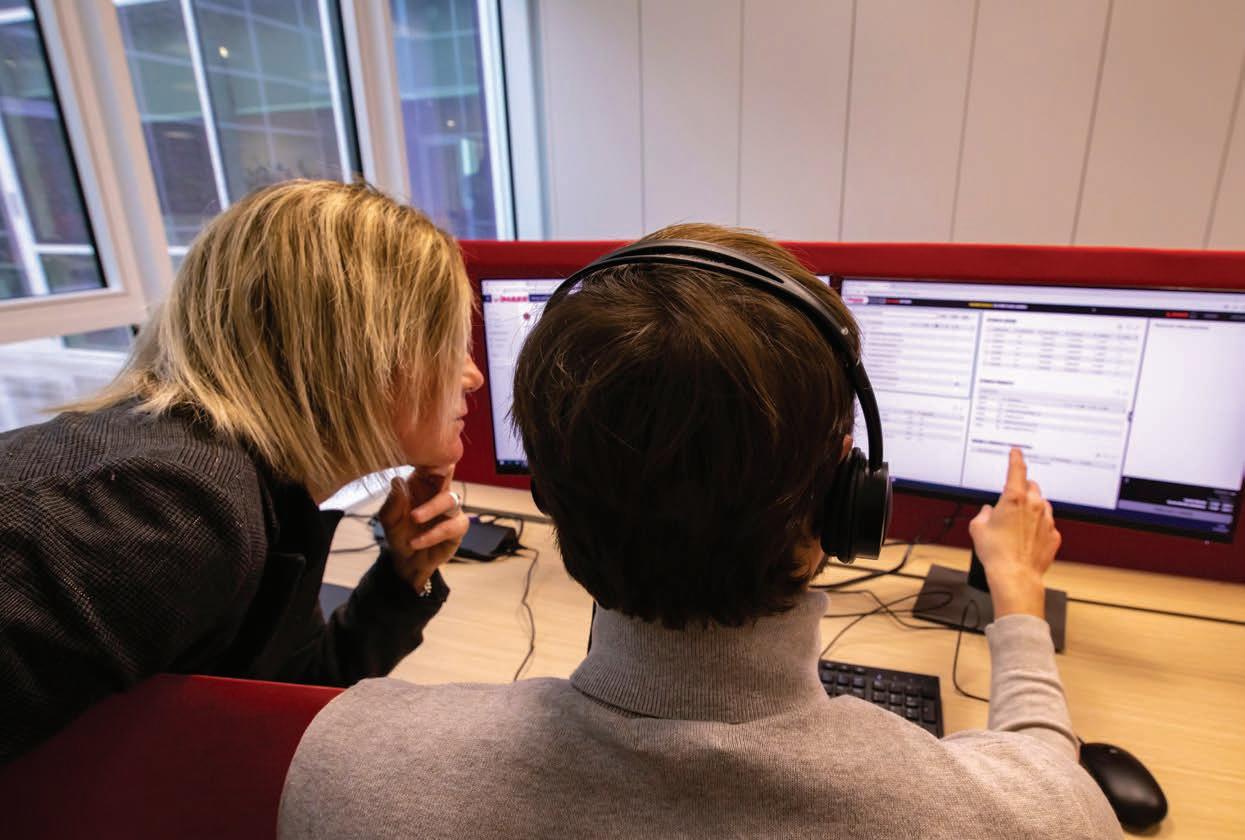
Each material topic is associated to a specific goal from among the SDGs indicated by the UN, which is functional to the development of actions to be taken in finding sustainable
solutions as opportunities and promoting initiatives that may limit any negative impacts.
The following pages describe all of the material topics and the relative impacts theme by theme, highlighting what MARR has set in terms of goals for each topic and what activities it has carried out in order to achieve them, specifying the progress made in each initiative and the paragraph where more details can be found.
In planning the new goals and initiatives, MARR has also taken into account the areas for improvement highlighted by the ESG rating agencies (see page 7). MARR periodically conducts a gap analysis, through which it is able to identify the “performance gaps” highlighted by the reports and take action to progressively bring them into line with the sector best practices.
The quality and safety of the products offered and the services managed by MARR, for the potential consequences also in the field of health of people, are one of the most important aspects for the same operational continuity. Efficiency, flexibility and safety are fundamental elements to respond to the growing market needs in terms of quality of services and to manage the critical variables underlying the competitive advantage. Responsible and transparent marketing policies are essential conditions for the affirmation of the MARR business model and for the reputation of the brand
GRI: 416 Customer Health and Safety - GRI 417 Marketing and Labelling
SDG (Sustainable Development Goals)
Development of activities aimed at identifying and satisfying Customer needs
Increasing closeness to and engagement with customers
Implementation of a system for continuous monitoring of Customer satisfaction through the collection of data and information using digital tools
PRODUCT QUALITY AND SAFETY/ PRODUCT LABELLING AND INFORMATION TO CONSUMERS
Ensuring the health and safety of food products to customers and consumers
Training and awareness of personnel on Environmental Safety topics to ensure the proper application of the procedures and ensure effective responses to Customers and Institutions
Restyling and new functionality of digital tools made available to customers New MARR corporate website accessible to people with disabilities
(Cap 3 The proximity to the customer)
Customer satisfaction Survey done in September (Cap 3 The proximity to the customer)
Release of an e-learning training course on food quality and safety in early 2022.
Drafting of the new HACCP manual and training on transport procedures and delivery to customers by the end of
Prompt communication to Customers through digital tools to report regulatory initiatives and updates
Maintenance of the certifications achieved by the organization and obtaining of any new patterns of interest
Use of digital communication channels: newsletter, myMARR app, catalogue news section
Obtaining the FSSC2200 international certification scheme on food safety recognized by the GFSI (Global Food Safety Initiative) by 2024
The protection of the health of workers and safety in the workplace represent a prerequisite of MARR’s activities. Professional development and of skills is a fundamental matter, since it constitutes the core of the company competitive advantage on the market. The creation and maintenance of a work environment that ensures an adequate relationship between working and professional life, together with the system of welfare and protection of diversity, are qualifying aspects for achieving the MARR’s strategic objectives
GRI: GRI 401 Employment - 403Occupational Health and Safety - 404Training and Education 405 Diversity and Equal Opportunity - 406 Non-discrimination
SDG (Sustainable Development Goals)
MATERIAL TOPICS
MARR commitment
Initiatives and projects Update 2022
Constant monitoring and supervision through a system of proxies
EMPLOYEES WELLBEING, HEALTH AND SAFETY
Ensuring safe, healthy and comfortable workplaces
Installation of defibrillators and training the manager on their use in all Branches and structures of the Group
Implementation of the “Man down” system for maintenance workers working in isolation or alone
Development of “Let’s take care of our future”, a training, professional growth and career advancement programme
Valorising the work of employees and collaborators and providing them with adequate training
Increase in the spreading of distance training methodologies on the MARR Academy online platform, through mechanisms of engagement and gamification
Consolidation of relations with Universities through the hiring of an increasing number of new graduates
Formal attribution of proxies and responsibilities in terms of Safety in the Workplace to the managers of each Operating Unit
Installation and training for employees on all operating units by the end of 2026 (five -year plan)
Installation completed and devices in operation
Progress
Paragraph 4.2
Skills and wellbeing –Professional growth
Paragraph 4.2
Skills and wellbeing – MARR Academy
Paragraph 4.2
Skills and wellbeing –Recruitment and selection
SDG (Sustainable Development Goals) MATERIAL TOPICS
PROTECTION OF DIVERSITY AND EQUAL OPPORTUNITIES
MARR commitment Initiatives and projects Update 2022
Commitment towards ensuring the right to equal pay for equal duties and results
Ensuring gender equality, equal opportunities and the absence of discrimination
Creation of organizational conditions to deal with any parttime post-maternity requests and encourage returning to work after maternity leave
As stated in the Human Resource Management Policy described in Paragraph 4.1
Paragraph 4.2
Skills and wellbeing – Corporate welfare – Parental leave
MARR's activity requires significant use of energy mainly linked to the conservation activity by means of cold rooms. The issues relating to the improvement of energy efficiency and the use of renewable sources represent a significant aspect to allow the group to generate a positive impact on the contrast and mitigation measures of the effects of climate change and to pursue the efficiency.
The water resource is mainly used in processing processes. The issues concerning the rational use of water resource are significant for MARR in order to limit its uses and to pursue the efficiency.
MARR aims at making the most of the available resources, guaranteeing economic sustainability even through more efficient processes and which reduce the impact on the environment.
SDG (Sustainable Development Goals)
MANAGEMENT OF PACKAGING
Reducing packaging and encouraging the use of packaging with reduced environmental impact
Encouraging sustainable use of the ecosystem and sustainable forest management
Optimisation of the packaging management process
Encouraging the use of recycled and recyclable packaging
Evaluation of green packaging, especially alternatives to polystyrene for fresh seafood products
Respect of internal procedures for receiving and storing products
Adjustment of all private label products to recycled and recyclable packaging
Paragraph 6.1
Management of packaging and Waste
Encouraging sustainable use of the ecosystem and sustainable forest management
Use of secondary cardboard packaging constituted 100% in weight by recycled or FSC MIX certified material (if a higher level of service and resistance is required)
Suppliers of private label products are required to adjust to this by proposing cardboard packaging made of recycled or FSC certified material
Voluntary adoption far in advance of the entry into force of Decree 116/2020 of environmental labelling to facilitate the disposal of the packaging used on private label products
Paragraph 6.1
Management of packaging and Waste
Adjustment to all private label products
Adjustment to all private label products
Enhacing waste management from a circular economy viewpoint
Implementation of digital supports (dedicated web page) for information on environmental labelling of the packaging material in the event that it is not feasible to place the information directly on the support
Improvement o f the percentage of waste recovery, also with a view to recycling and/or reuse
Plan for the transformation of polystyrene into a secondary raw material
Adjustment of to all private label products
Paragraph 6.1
Management of packaging and Waste
Paragraph 6.1
Management of packaging and Waste
OPTIMIZATION OF WATER CONSUMPTION, ENERGY CONSUMPTION AND RELATED EMISSIONS
Optimising energy consumption and increasing the quota of renewable sources in the energy mix
Periodical plyearsng of energy modernisation and revamping interventions
Monitoring and managing the installations in the various structures
Awareness campaigns aimed at employees and operators to reduce the consumption of electricity in offices and warehouses
Purchase of energy from 100% renewable and responsable responsible sources by the end of 2025
Paragraph 6.3
Consumption of electricity and combustibles and emissions
Paragraph 6.3
Consumption of electricity and combustibles and emissions
Specific information on the responsible use of resources and energy in the warehouses and offices of all of the distribution centres
Identification and evaluation of possible options
OPTIMIZATION OF WATER CONSUMPTION, ENERGY CONSUMPTION AND RELATED EMISSIONS
Reduction of water used in glazing seafood products
Acquisition of seafood products with the minimum amount of glazing necessary for protection
Monitoring and controlling the quality of waste waters
Paragraph 6.4
Water used in glazing
Respect of the sampling plans for controlling the quality of the waste waters
Rationalising the consumption of detergents and disinfectants with a direct impact on waste waters
Enhancing the management of water resources
Awareness campaigns aimed at employees and operators to avoid wasting drinking water
Respecting the instructions contained in the internal procedures for cleaning and sanitising the various units
In 2021, affixing signs on the responsible use of resources and energy in the warehouses and offices of all of the distribution centres
Optimising water consumption through recirculation systems
In the management head office (opened in 2021), the goal has been achieved by activating a system for collecting rain water to be used for some sanitary utilities
SDG (Sustainable Development Goals)
IMPACT AND INCREASE THE EFFICIENCY OF LOGISTICS
Reducing emissions and the impact of transport vehicles
Centralisation on Platforms and efficiency in logistic planning in terms of reducing journeys
Optimisation of routes for the transfer of products between the various Group Platforms
Increase in the level of saturation of vehicles
Supporting and developing integrated planning and tracing systems for the Customer delivery routes
Continuation of the progressive conversion of the fleet with latest generation vehicles with lesser environmental impact
Paragraph 6.2
Impacts and efficiency of logistics
Impacts and efficiency of logistics
Paragraph 6.2
Impacts and efficiency of logistics
Roll-out ongoing of the Central Demand Planning (reordering) and Roots Tracking (deliveries) systems in all of the Operating Units
Paragraph 6.2
Impacts and efficiency of logistics
Efficiency of the distribution service from operating units to
The KPI (kg per travel, kg for delivery and number of references for delivery) for each operating unit to be monitored during the course of 2023 have been set
The involvement of the production chain to orient their behaviors towards sustainable management and production responsible objectives, both in environmental and social terms, is a transversal aspect of the operating model and to all material issues. The ways in which animals are treated are a qualifying condition for the offer of responsible services and the business management.
GRI: 204 Procurement practices - GRI 308 Supplier Environmental Assessment - GRI 414 Supplier Social Assessment
SDG (Sustainable Development Goals)
ETHICAL PROCUREMENT AND RESPECT FOR HUMAN RIGHTS
Involvement of the suppliers in responsible choices of supplies and in the adoption of environmental and social sustainability criteria
Sharing and subscription by the suppliers of a specific Declaration of Commitment towards Social Responsibility included in the supply agreements
Paragraph 7.3
Ethical procurement and respect of human rights
Presence of a database containing all of the supplier certifications
Sending a communication to all suppliers to encourage them to make environmental and social certifications available in the MARR catalogue and to fill in the sustainability practices section
Publication of the environmental and social certifications of the suppliers in the online catalogue
Realization and dissemination of a code of conduct for suppliers by 2024
UPGRADING THE VALUE OF “GREEN” AND LOCAL PRODUCTS Promoting the offer of green and territorial products
Support of the national farming and food branch through the Made in Italy and Della Nostra Terra lines
Increase in the assortment of green products (in compliance with Green Public Procurement) in the product line and suppliers with social or environmental certifications
Paragraph 7.4
Valorisation of “green” and territorial products
Paragraph 7.4
Valorisation of “green” and territorial products
Development Goals)
RAW
Updating of owned private label product requirements with a view to greater sustainability
The following ingredients will be used in all of the owned brand products:
- egg or egg products from hens not raised in cages
- no palm oil or RSPO certificate
- cocoa and coffee with Rainforest Alliance or Fairtrade certificates or equivalent certification by the end of 2025
SUPPLY
Specific requests to private label products suppliers in terms of packaging (eg secondary cardboard packaging from recycled or FSC certified fibers)
Examples: the new lines of frozen pasta “I primi” and “CucinArte” are made with eggs from chickens bred on the ground and Italian wheat flour
Paragraph 7.4
Promotion of sustainable development in the fishing sector
Setting up of a management system for controlling the “Sustainable seafood chain” encouraging ecologically and socially sustainable fishing campaigns
Planning of annual inspections in order to assess the compliance of the farms with the animal welfare standards subscribed by the suppliers
Offer of products of animal origin from production lines respecting animal welfare
Dialogue with the suppliers and the main international non-profit organizations for protecting animal welfare during the raising of livestock
Suspension of the marketing of eggs and egg products originating from hens raised in cages and in combined systems by the end of 2025
Activities for maintaining the voluntary certification of the “Sustainable seafood chain”
During 2021, the inspections were also extended to the production lines of chickens for consumption and eggproducing hens
Valorisation of “green” and territorial products - supply and use of raw materials in private label products ANIMAL WELFARE
Paragraph 7.6
Animal welfare
Paragraph 7.6
Animal welfare
scopeCompliance is prerequisite for business management. The economic and financial balance is a condition for the continuity of a company over time, such as to ensure the distribution of value to the stakeholders. The pursuit of MARR's objectives requires constant collaboration and structured relationships with the local stakeholders, promoting the development of the context in which MARR operates.
The reduction of food waste is a global objective for all organizations operating in the agro-food sector. Sustainable development requires a concrete commitment to make the management of returns, expired products and related methods of use also through donations more efficient.
GRI: 201 Economic Performance - GRI 205 Anti-corruption - GRI 206 Anti-competitive Behaviour - GRI 413 Local Communities
SDG (Sustainable Development Goals)
ECONOMIC IMPACT AND ABILITY TO GENERATE VALUE
INTEGRATION AND ENGAGEMENT WITH STAKEHOLDERS
FIGHT AGAINST CORRUPTION AND ANTI-COMPETITIVE PRACTICES
Ability to seize the opportunities offered by new technologies and new digital tools
Analysis and improvement of processes to increase effectiveness and efficiency, also using digital technologies
Restyling and new functionality of digital tools for the relationship with the customer (myMARR app). New MARR corporate website accessible to people with disabilities. Implementation of new logistics efficiency software (XDrive app, Warehouse Management System etc.).
Open, transparent and constant engagement of the stakeholders
Application of procedures which define the conduct guidelines in the management of information in relations with the media and some categories of stakeholders
Digital survey of engagement of some categories of stakeholders in defining company priorities in the ESG field
Constant monitoring of activities subject to corruption-related risks
Implementation of a monitoring system which enables the formalisation of that ongoing in practices and to have an accurate number of activities subject to the risk of corruption
All Operating Units are monitored at least annually
(Sustainable Development Goals)
Packaging and delivery solutions to reduce wastage by the customer
Offer of products with a high service content to reduce excess waste (reduced packaging, single portions, etc.) and encourage the reduction of wastage by the customer
Increased frequency of deliveries to Customers thanks to the efficient logistic network
Management of products, inventories and deliveries to encourage the reduction of waste throughout the product line to the end customer
Focused management of inventories, rotations, supplies and returns
Redistribution of excess food products to charities
Paragraph 6.1
Management of packaging and Waste
Paragraph 6.1
Management of packaging and Waste
Paragraph 6.1
Management of packaging and Waste
Set up of a company procedure concerning food donations for the benefit of non-profit entities

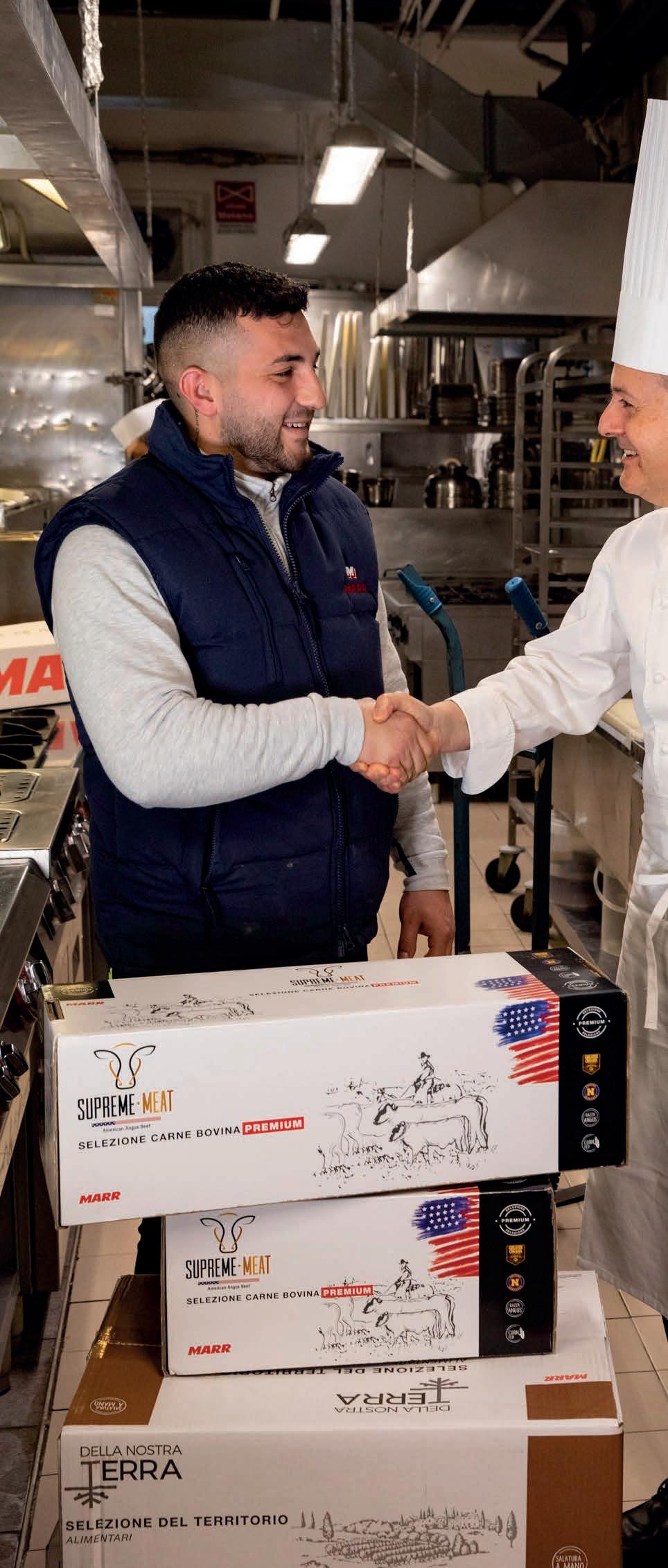

This value is confirmed in the willingness to support and assist customers in their own business activities, recalled in the claim “Where there is Catering”, through:
6 A capillary territorial presence thanks to the network of more than 40 distribution units (Branches and Platforms)
6 The presence on various markets of supplies aimed ay selecting, with the guarantee of traceability and customer safety of a specialised and complete range of products, including a wide-ranging selection of Brand products with high quality standards
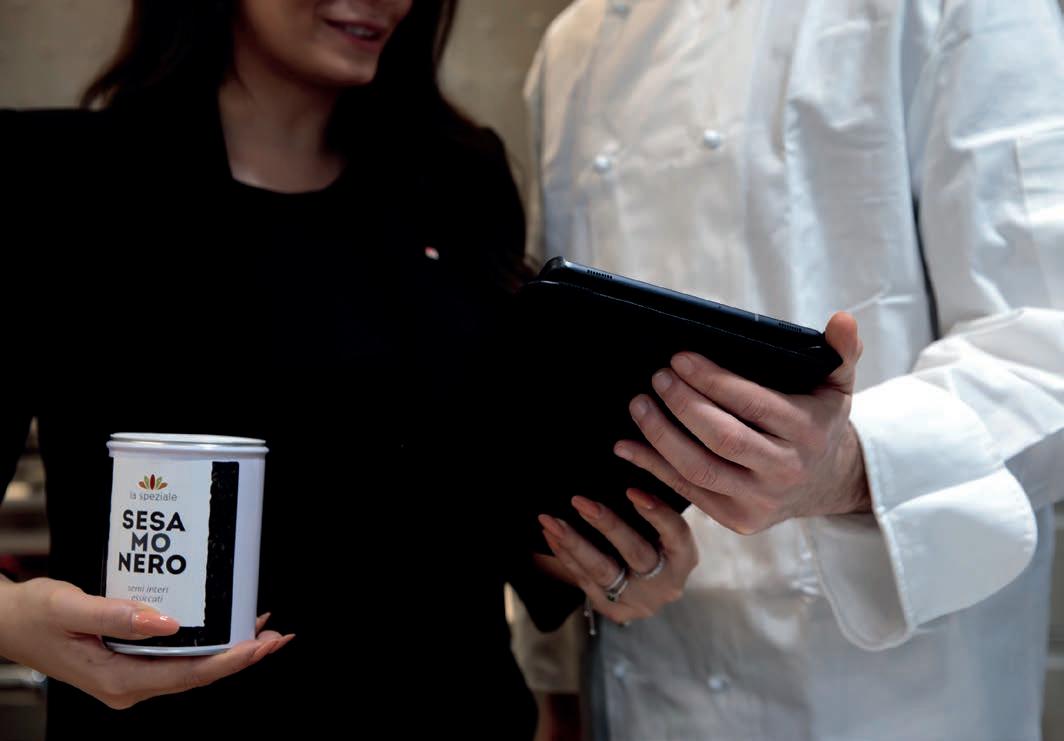
6 Una gamma specializzata e completa di prodotti, tra cui un’ampia selezione di prodotti a Marchio con elevati standard qualitativi, mirata a rispondere alle esigenze delle singole tipologie di Clienti
6 Una rete di vendita professionale e competente, grazie anche alla formazione continua, in grado di fornire un importante servizio di consulenza
6 And the organisation of events and meetings nationwide to increase awareness of its products The improvement of customer relations and the adjustment of the MARR offer to their specific requirements also involves specific profiling, segmentation and CRM (Customer Relationship Management) activities. The Company has set itself the goal of continuously surveying needs in terms of customer satisfaction through the implementation of a digital system of monitoring and collecting data and information useful in corroborating closeness and interaction with customers.
MARR has always taken customer needs as the reference value for its strategy, the satisfaction of which is based and oriented on its own operating and business activities.
Customer care, also in relation to their changing needs, has led MARR to develop over time, and continuously with its reference values, a phygital marketing approach, in other words bringing the “physical” and “digital” approaches closer together, optimising the reciprocal interaction between Customer and Company through the proper and balanced combination of the skills and tools made available. This integrated approach relations the various touchpoints (physical and digital) between MARR and the Customer, supporting the traditional activities with equally important digital methods which enable, for example, the streamlining of administrative and reordering activities, thus enabling on one hand the marketing consultant to illustrate in detail the range of the offer and the new goods available and on the other the Customer to always be informed regarding the range of goods available, the offers, the initiatives undertaken by the Company and to facilitate the management of its orders and payments.

During 2022, MARR has developed and presented several commercial projects, born on different bases, some on specific market segments, others dedicated to certain moments of consumption. The new proposals, attentive to the sustainability issues, have been made with a view to widening and specializing more the range offered on the basis of new sector product trends and market research, and to enhance the range of products with a high service content, able to combine speed, practicality of preparation, quality, efficient management of stocks and the certainty of food-cost.
Each new reference has been tested in MARR Academy by a chosen panel of testers including the relevant Purchasing area, the Team Chef and Research and
Development, Marketing and Insurance and Quality control departments. In addition, for each project a dedicated training course on MARR Academy Online has been published.
THE PROJECTS:
6 Burger TasteTo each his burger
6 Poke
6 Easy Menu
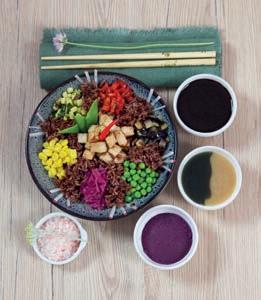
6 Frozen pasta


MARR's numerous digital touchpoints with the various stakeholders are constantly evolving with the aim of creating an increasingly phigytal relationship with each of them. During 2022, to meet the digitization needs of the out-of-home food consumption, MARR developed new functions for both commercial and back-office digital tools.
The MARR catalogue provides support and in-depth analysis both for the Customer and for the sales technician, providing a single database of information on MARR products.
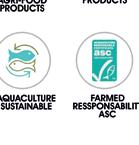
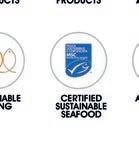
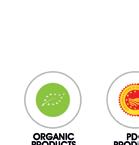
The myMARR app represents the reference point for communicating between the Customer and their Sales Technician and for accessing MARR services, digitally and from a single application.
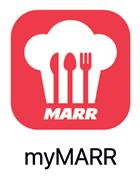

From the myMARR app and the MARR Catalogue, it is possible to consult the MARR Catalogue, track Orders, stay updated on News and Events and manage the Financial Situation, consulting expiring invoices and making digital payments in total security by credit card or bank transfer and verifying the account balance updated in real time.
New features:
6 Online orders: MARR Customers from their mobile device (myMARR app) or personal computer (MARR Catalogue) have access to a simple reordering procedure with various options and facilitations in product search. Customers can send orders accurately and with just a few clicks at any time, also to the benefit of the MARR Sales Force who can enhance the commercial proposal, saving time in reordering management.
6 Account statement: has been revised with a clearer representation that favors timely management of the financial situation. Furthermore, a new electronic payment platform was adopted which expands the number of participating banking institutions.
6 Secondary users: the new function allows the manager of the restaurant business (primary user) to create secondary users for his collaborators, customizing their functions in a manner consistent with the activity they carry out.
https://catalogo.marr.it/catalogo
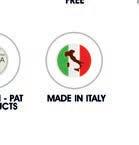
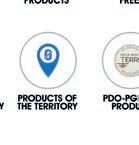
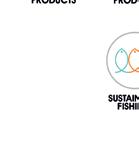

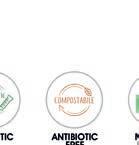
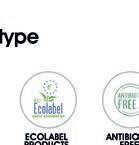
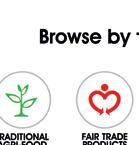
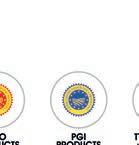


https://www.marr.it/home
AccessibilityIn December, the new MARR website (https://www.marr.it/en/home) went online which, in addition to a new, more current graphic design, also fulfills the accessibility requirements set by the Agid Guidelines (Agency for the 'Italia Digitale), as established by Legislative Decree 27 May 2022, no. 82.
The site presents a courtesy widget (accessibility logo on a blue background) with the pre-selections of accessibility profiles: epilepsy, visually impaired, cognitive disability, attention deficit hyperactivity disorder (ADHD).

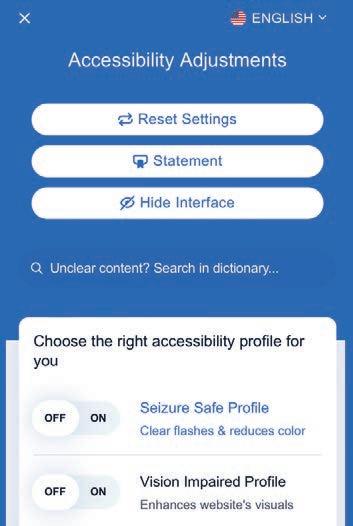
The site also has a Sustainability section integrated with the pages relating to the Environment, People and Governance (ESG) and enriched with the page relating to Responsible Procurement and that of Environmental Protection and related subpages (Packaging; Environmental label; Logistics and vehicles; Products Seafood with glazing).
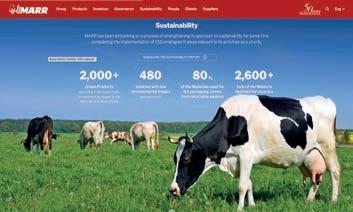
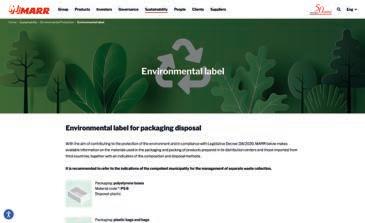
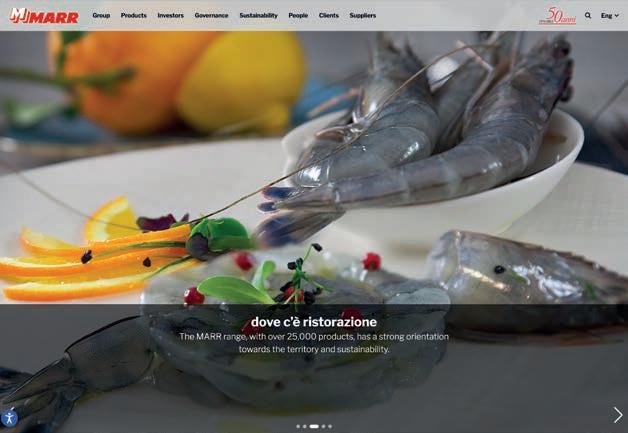
In the Products section, the private label products page has also been revised and expanded and a page illustrating Solutions (including digital ones) and Services has been added.
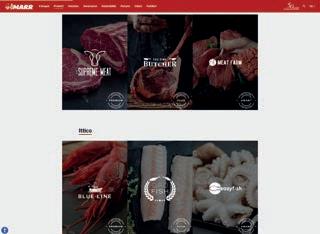
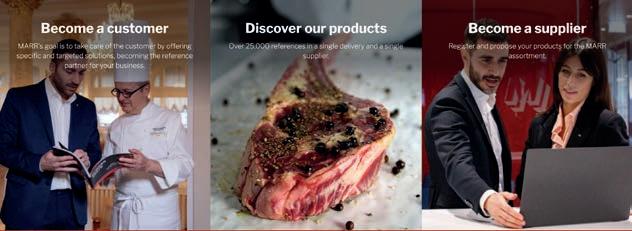
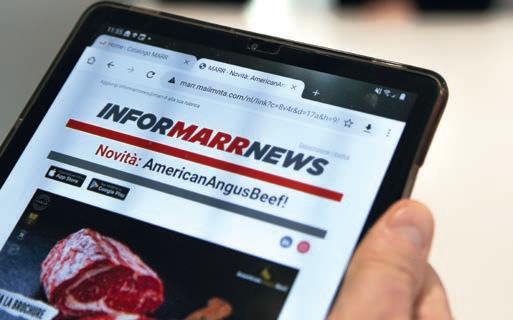
InforMARRnews is the periodical digital newsletter that MARR sends to its customers to keep them updated on the new products, reference laws and regulations and other relevant topics. The newsletter is responsive and useable on any device, and has reached more than 55 thousand contacts from customers, creating a virtuous interface between customer and marketing consultant.
MARR has grasped the opportunity of using social networks as a means of communication to enhance knowledge and the valorisation of the products in its range and to make its approach even more direct and closer to both customers and employees and collaborators, through news, images, videos and articles.

MARR’s Instagram account has more than 4,000 followers (*) and is an aimed mainly at customers and suppliers, with specific information on new products, especially private label ones, offered by MARR.

MARR’s LinkedIn profile has more than 11,000 followers (*), including more than 630 collaborators, making this channel a reference point for continuous updates on MARR activities and people.
over 4,000 follower
* updated as at 31.12.22
over
11,000 follower
SurveyIn September, MARR conducted an analysis and verification of customer satisfaction by selecting a sample of customers on the basis of specific qualitative and quantitative criteria. Sent in the form of a digital survey, the questionnaire asked to express opinion on the quality of the products and services offered by MARR (quality/price ratio, modalities of transport, compliance with delivery times, competence of the sales technician, etc.), as well as their opinion on the most impactful sustainability issues for the category of stakeholders addressed.
The data and information were then analyzed with the aim of effectively satisfying customer expectations and increasingly being a qualified, reliable and present partner.
As many as 92% of the interviewees expressed an overall opinion of "satisfied" or "very satisfied" on MARR products and services, while a small percentage (<0.5%) expressed an overall opinion of "dissatisfied".
As regards the aspects of sustainability examined, we report the following ranking which lists them in order of importance from the point of view of customers.
(e.g. eggs from cage-free hens, RSPO certified palm oil, etc.)










MARR is strongly convinced of the importance of human resources for the Company's development: collaborators adequately trained, strongly motivated and involved in the Company's “spirit” are a necessary condition for reaching the Company's objectives.
The management of human resources focuses on professional growth, guided only by the criterion of merit,
OF VALORIZATION OF EMPLOYEES AND COLLABORATORS
aimed at developing both the professional attitude and ambition of each collaborator. Decisions on the assignment of duties, roles or promotion are taken solely on the basis of the professional profile and the effective skills of each single employee and his/her capacity to contribute to attaining the Company and individual objectives.
Since October 2019, MARR has had a Human Resource Management Policy, in which it pursues the objective of valorising its Employees and Collaborators on the basis of the following principles:

6 Impartiality
6 Absence of discrimination
6 Merit (principle of equity)
The Company promotes wise management of its personnel aimed at preventing any discrimination whatsoever on the basis of the gender, race, religion, civil status, sexual orientation, age, disability or political convictions of its collaborators.
The foundation on which MARR has constructed this Policy is the respect of human rights, contained in the Code of
Ethics and included in the Organizational Model among the crimes contemplated therein (for example forced labour or racism and xenophobia).
There were no discriminatory incidents reported within the MARR Group.
18 new graduates (people with no work experience except for that gained during the course of their studies) were hired in 2022, from the University of Bologna (Bologna, Rimini, Forlì and Cesena campuses), of Salerno and of San Marino-Parma and 2 curricular internships were undertaken with students from the University of Bologna and Bocconi University of Milan and 4 extracurricular internships were undertaken with students from the University of Bologna. A convention has been stipulated with the University of Bologna which enables MARR to publish notices of positions vacant within the company and to consult the curricula present on the dedicated portal (Job Placement – Alma Mater Studiorum –University of Bologna).
6 Skills
6 Dynamism
6 Motivation
6 Passion
6 Commitment
6 Ability to work as part of a team
6 “Lavora con noi” section of the website for spontaneous candidatures
6 Internships and stage in collaboration with Universities, which advise of any candidates for internships within the Company, both undergraduates and new graduates, also with a view to the future employment
6 Participation in events such as the Career Day of the University of Bologna to come into contact with undergraduates and new graduates
6 Professional Social Networks
When signing their employment contracts, new hires undertake to respect the principles and rules of conduct envisaged by MARR in the following documents:
6 The Code of Ethics
6 The Procedure for the management of insider and confidential information
MARR took part in the "SMART&HACK" talent marathon, organized in spring by the temporary agency Risorse S.p.A. for young students looking for a first contact with the job world, and proposed a challenge on the subject of sustainability: Digitize the process of managing food product warehouses from a sustainability perspective, through a method of optimizing the management processes of food products with short shelf life and any surpluses in order to reduce waste.
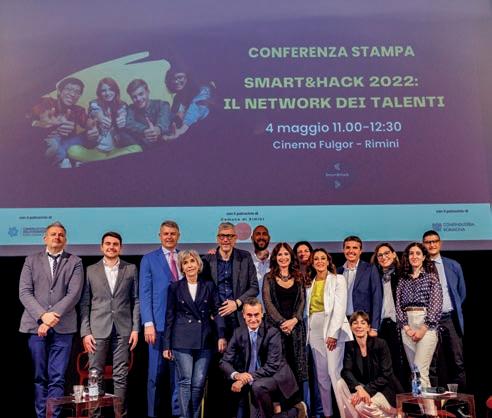
6 The Anti-Corruption Policy
6 The Regulation for the management of relations with channels of information
Training, which for MARR means a continuous and constant pathway, is one of our fundamental values. The Company ensures that its Employees and Collaborators have access to adequate training and professional growth programmes, as shown in the following summary table:
(this figure takes into account both training in hall and online)
ARGOMENTI
TRAINING ON SAFETY IN THE WORKPLACE
6 General training on safety in the workplace for all employees and managers in compliance with art, 37, para. 2 of Legislative Decree 81/08 and the criteria of the State Regions Agreement of 21/12/11
6 Safety for users of load-raising elevators
6 Firefighting/prevention
6 Management of emergencies and first aid
6 Training on the use of vertical aerial platforms
6 Suitability and registration in the appropriate register for operators involved in the maintenance and management of refrigeration and conditioning systems
6 Training for the use of Semiautomatic Defibrillators
TRAINING ON FOOD SAFETY
6 Training on the HACCP self-control plan pursuant to EC Regulations 852/2004 and 853/2004
6 Training of food experts and those responsible for handling food products in compliance with that envisaged by the regional laws in force
6 Training on the procedures of the Quality System in compliance with standard ISO 9001
6 Training in the framework of Reg 382/2021 on the Culture of Food Safety
6 Training on the proper application of the cleaning and sanitizing procedures
6 Training on the software of the Quality System OMNIA
PROFESSIONAL, COMMERCIAL AND ADMINISTRATIVE TRAINING
6 Specific training meetings for Managers, Sales Management and Commercial Managers, Operating Managers, Local Specialists and Local Credit Managers
6 Specific training courses for the new Technical Managers
6 E-learning courses on the online MARR Academy platform
6 Specific courses for the use of management systems/platforms/software
The following tables show the figures regarding the overall hours of training and the average hours of training per person.
Furthermore, to the previous ones, the more than 3,920 hours of commercial training provided to Collaborators and the more than 3,700 hours of e-learning on the MARR Academy online platform must be added.

7,835 OF WHICH
5,212


TOTAL HOURS OF TRAINING IN ATTENDANCE
HOURS OF TRAINING CONCERNING SAFETY IN THE WORKPLACE AND FOOD SAFETY
OVER
3,920
HOURS OF COMMERCIAL TRAINING TO COLLABORATORS
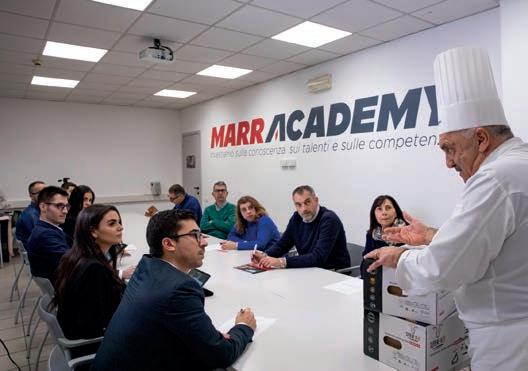
Also in 2022 MARR invested significantly in personnel training through the MARR Academy, a "company laboratory" created to support the professional development of the Group's employees and collaborators, increasing their technical and transversal skills both through traditional face-to-face training sessions, both in online mode.
The main training focuses implemented involved various figures of the Commercial Organization in a targeted manner, embracing numerous thematic areas.
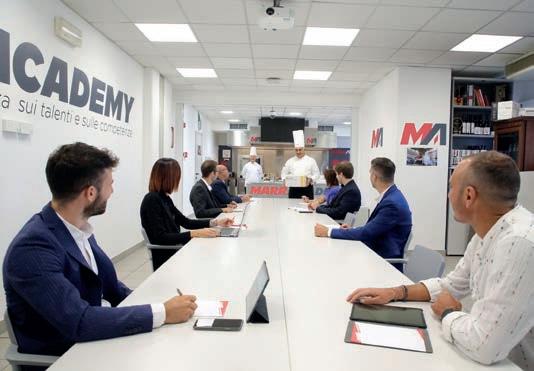

In particular, training sessions dedicated to Sales Management were held, with the aim of deepening their role, activities and skills and transferring the correct approach to managing the area and using the work plan.
The training course, born in 2021, focused on Local Specialists, key figures of the Branches in the area in support of the Sales Organization for the commercial management of the various product classes, also continued. During the meetings, insights were shared aimed at improving their skills in supporting sales analysis and commercial planning, while stimulating active participation in the development of the Branch Commercial Proposal.In the last quarter of 2022, an itinerant product training activity was implemented throughout the territory, aimed at the Sales Network and focused on the meat sector, with the aim of presenting and commercially explaining the MARR range, in the various ranges of proposal/positioning, with priority reference to private label products and, more generally, to product families of greater commercial importance. To effectively fix the contents on display and create a useful moment of aggregation and comparison, a tasting was held at the end of each training session, focused on a basket of products of priority commercial interest for the Branch. Product training in the classroom (physical and virtual) was accompanied by more experiential teaching moments
with guided tastings, in which the MARR Academy Team Chef presented the latest innovations, explaining their characteristics, origins, traceability, yields, cooking methods and methods of use .The Local Credit Managers and the Branch Operational Managers also participated in specific training activities for guidance and in-depth analysis on topics of interest: from the 2023 budget guidelines for credit management to the new MARR credit policy, in the first case; from packaging management to prevention and safety issues, in the second.
FROM
OVER 170 COURSES ACTIVATED
OVER
1,400 REGISTERED USERS
OVER
70,000 HOURS OF TRAINING USED
In 2022, MARR integrated and gave further impetus to training thanks to the e-learning method on the MARR Academy platform. In particular, Branch Operational Managers, Branch Quality Control contacts and other key figures in Branch daily operations were given a specific course on the culture of quality and food safety consisting of 10 in-depth modules on self control.
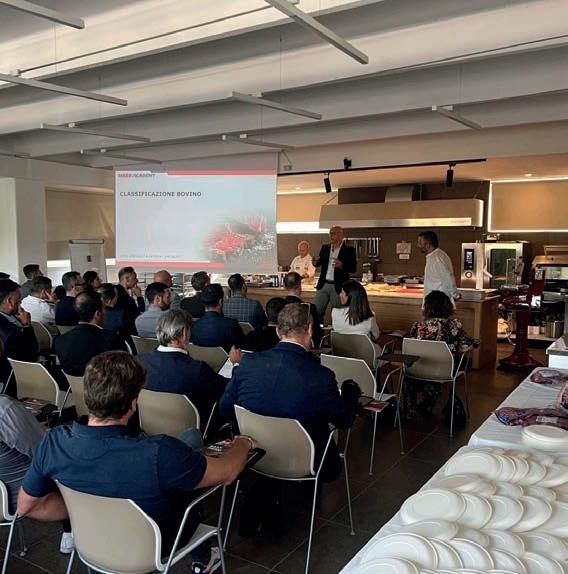
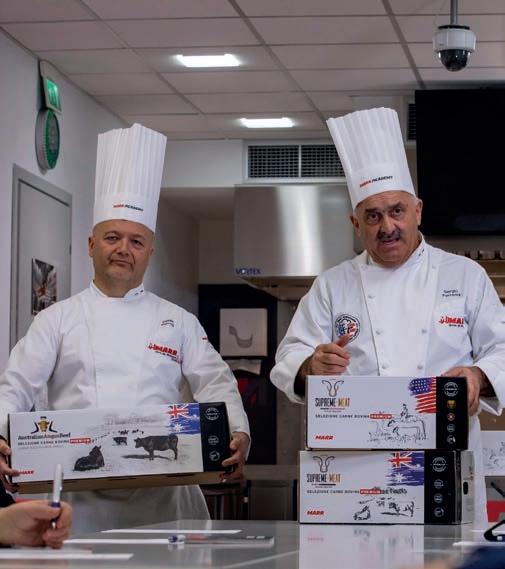
306 2022
NEW COURSES ACTIVATED
24 NEW SUBSCRIBERS
OVER
3,731 HOURS OF E-LEARNING USED*
* datawas obtained by summing up the time spent on the platform by each user during 2022
Although being aware that hiring new human resources with previous professional experience in other companies is necessary in order to further enrich the organization and contribute ideas and innovation, MARR believes that it is very important to offer to the resources already working in the Company the possibility of expressing their own potential and orienting their professional development towards increasing personal satisfaction and motivation on one hand and the contribution that they make to the Company on the other.
This is why in 2019 the programme “Let’s take care of our future” was started as a real opportunity to valorise the Employees and Collaborators, with the purpose of:
6 Enhancing motivation and the sense of belonging
6 Identifying the resources with potential and a background (educational and professional) consistent with that needed to undertake increasing responsibilities, also with the support of specific development programmes
The programme comprises two “steps”, the first of them more cognitive and the second aimed at investigating in more detail the potential and the expectations of the participants, with the aid of a specialist external firm.
New sessions of the course are expected to be held in the first half of 202.
The involvement of people as regards the company objectives and all that concerning the Company is pursued through internal communications as well, which are sent to all of the department and branch heads so that they can share then with their collaborators, also by displaying them on the company message boards in all of the MARR facilities.
Periodical meetings are also held with the aim of encouraging participation, developing a greater sense of belonging and increasing motivation and sharing, including the following for example:
6 Meetings with the commercial management team (Commercial Meeting): involve the Branch managers, the sales management team and come of the Departmental Managers.
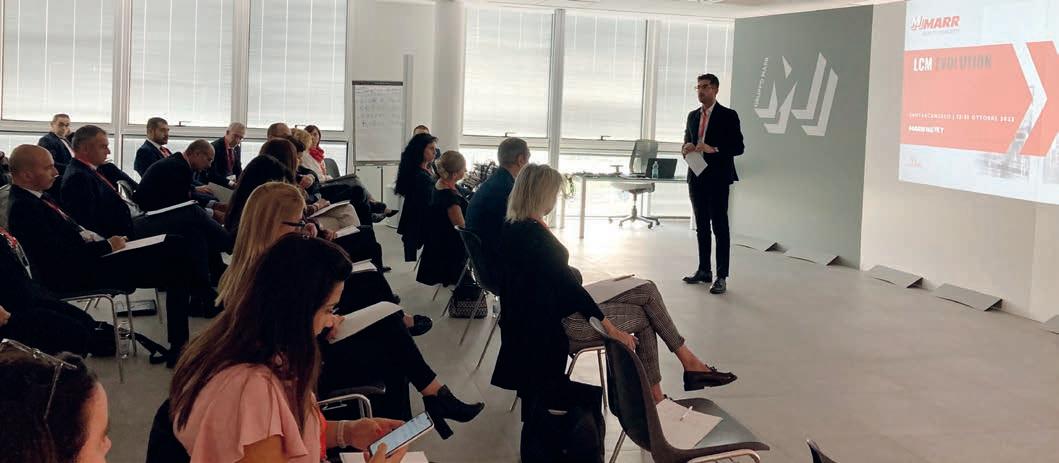
6 “MARR Vision 5.0” meetings: are intended to encourage involvement, comparison, guidance and managerial growth and involve the Branch managers and competent departments
6 Convention commerciale: involves all of the members of the commercial workforce and some of the Departmental Managers. The last one took place in May 2022.
6 Specific topical meetings involving all of the Resources involved from time to time on the basis of the scope of the meeting.
MARR has implemented that envisaged by the applicable collective agreement regarding company welfare.
The table shows the trade in leave, including the compulsory advance period of maternity and parental leave.
During 2022, 2 women took advantage of the right to maternity leave which is still ongoing at the date of this report. Furthermore, in 2022 3 of the 6 women who had taken advantage of the right to leave during 2021 returned, 2 have not yet returned and one has ceased to work. During the year 2020, 2 women had taken advantage of the right to leave who then returned to service in the following 12 months. In general, in the face of requests for remodulation of working hours by employees in the "post-maternity" period, the organizational solutions are carefully checked in order to be accepted.In the period 2016-2022, the Company received thirty-two requests for the concession of part-time work from male and female employees and managed to create the organizational conditions necessary to accept the request in 87% of cases.
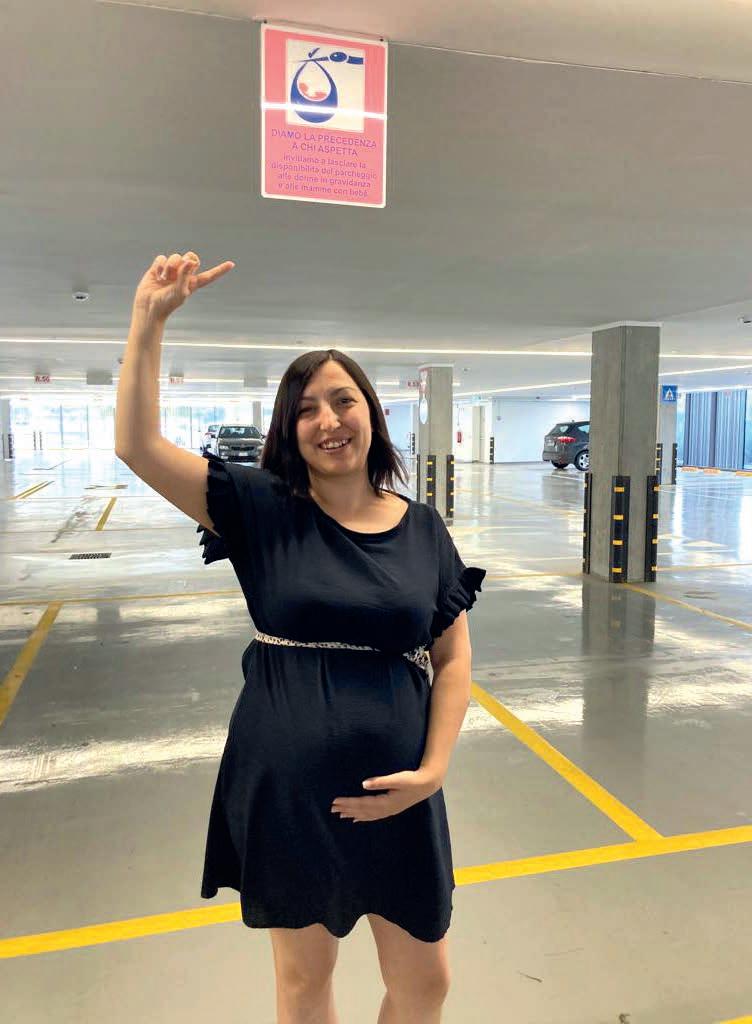
The Company does not contemplate specific benefits for the workers in general apart from what is provided by the contractual welfare defined by the applicable National Collective Labour Agreement. Subscription to the complementary health assistance (Fondo Est) is reserved to employees with a permanent contract.
MARR gives its employees the possibility of purchasing this range of products at a discounted rate for personal and family use.
MARR guarantees that all of its workers have the right to elect their own representatives in the methods provided by the laws in force and the National Collective Labour Agreement (CCNL), ensuring that these representatives are not subject to any form of discrimination and can freely communicate with the workers in the workplace.
MARR has periodic meetings with the Trade Unions every year to share relevant information concerning the Company’s business activities.
The Trade Unions are given the possibility of displaying their communications in the spaces allocated for the purpose. For its activities with Trade Unions, MARR also makes available meeting rooms and gives permission for the workers and their representatives to attend, who are free to carry out

their duties according to the methods provided in the CCNL.
MARR has relations with the local Trade Unions to share their focus on topics related to safety in the workplace. The meeting on safety is organised on an annual basis, and is attended by the competent physician, the Prevention and Protection Service Manager and the Workers’ safety representatives, in addition to the Company representatives.
MARR is also involved with the Trade Unions in the province of Rimini in the event of outsourcing departments or services, informing the workers involved and their representatives with 30 days’ notice.
In the last three years, no territorial supplementary contracts have been stipulated.
It should be noted that the following cases are included in the number of incoming and outgoing employees which were not counted in order to determine the turnover rate.
It should be noted that the increase in voluntary exits is in line with the national trend highlighted during 2022 by the Ministry of Labour, which in September increased by 22% compared to the same period of 20211
1 (Source Il Sole 24ore: https://www.ilsole24ore.com/art/lavoro-grande-fuga-16-milioni-dimissioni-9-mesi-AEsSV6YC)
Starting at the recruitment and selection process, and also throughout its employment relations with its collaborators, personnel management is conducted in a manner that ensures gender equality and is based on equal opportunities.
England
Denmark
Belgium
Germany
Switzerland
France
Spain
Morocco
Slovenia
Italy
Tunisia
Belarus
Ucraina
Moldova
Romania
Kosovo
Albania
Ecuador
Dominican
Republic
Venezuela
Peru
Gambia
Senegal
Ivory Coast
India
Brazil
In 2022, compared to 2021, due to the changes in turnover, we note the increase in white collars (+2%) and the parallel decrease in blue collars (2%) and, in general, the increase in personnel in the under 50 band.
OUR PEOPLE 2022
PERSONNEL BREAKDOWN BY EMPLOYEE CATEGORY:
Managers Managers 8
Middle Managers
1% 5%
FEMALE PRESENCE IN THE STAFF
30%
283 Women 674 Men
27%
Middle 43 Managers
White collars 644
Blue collars 260
White collars
Blue collars 67%
EMPLOYEES UNDER THE AGE OF 50 YEARS
59%
In addition to the above Board of Directors, which is that of the parent company MARR S.p.A., it must be noted that the subsidiaries have the following governing bodies:
6 New Catering S.r.l.: Sole Director Mr. Francesco Ospitali

Antonio Verrini S.r.l.: Board of Directors composed of 3 members, specifically: Chairman (non-executive) Mr. Ugo Ravanelli, Chief Executive Officer Mr. Manuel Verrini and Executive Officer Mr. Francesco Ospitali
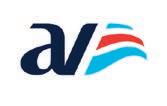
6 Frigor Carni S.r.l. Board of Directors composed of 3 members: Chairman

Mr. Francesco Ospitali, Chief Executive Officer
Mr. Domenico Viscomi, Director
Mr. Pierpaolo Rossi.
In 2015, the Marisa Bellisario Foundation awarded MARR the

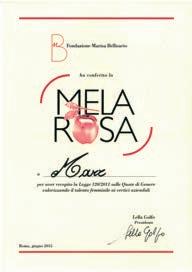

award for having encouraged FEMALE TALENT IN TOP MANAGEMENT POSITIONS

“Mela Rosa”
The percentage of the less represented gender is about 30% and has remained stable in recent years.
It should be noted that, in roles not strictly connected to the logistical and operational activities of the distribution centres, the composition of the workforce is balanced. The trend of new hires (net of seasonal hires and replacement hires) shows a growth in the number of new hires of the female gender proportionally higher, this is the result of a further increased attention.
Among the initiatives to promote equal opportunities, it should be noted that, where supervision of activities allows it, more flexible management of working hours has been activated, as an opportunity for a better reconciliation of work commitments with personal/family ones
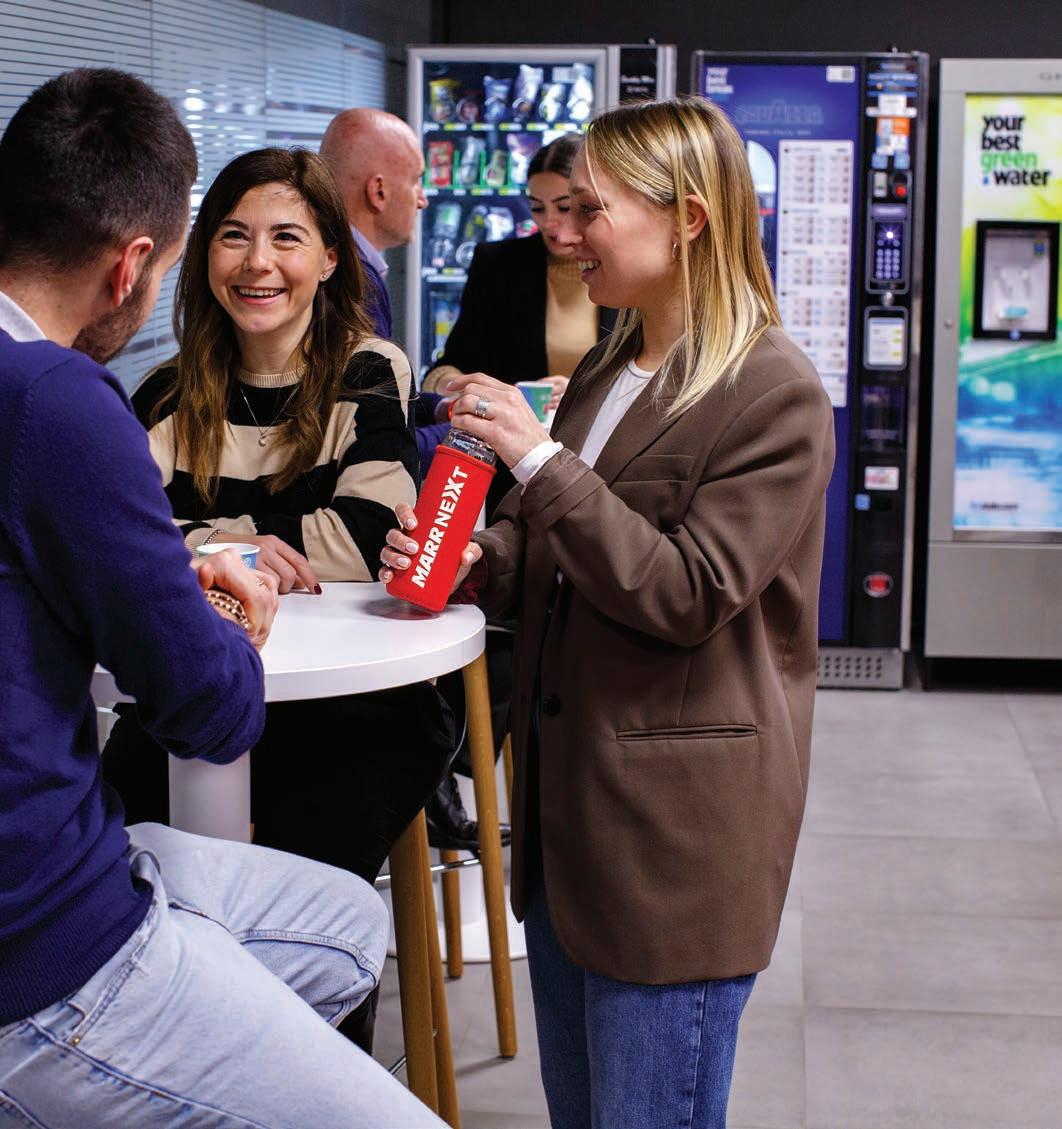
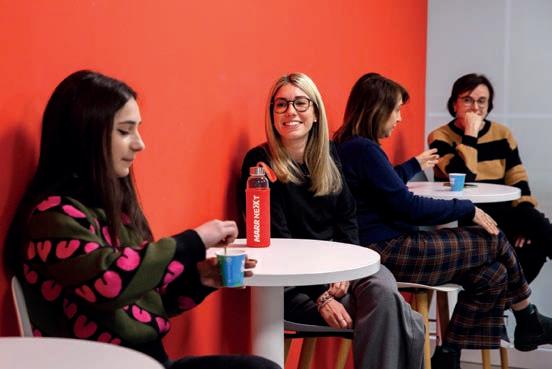
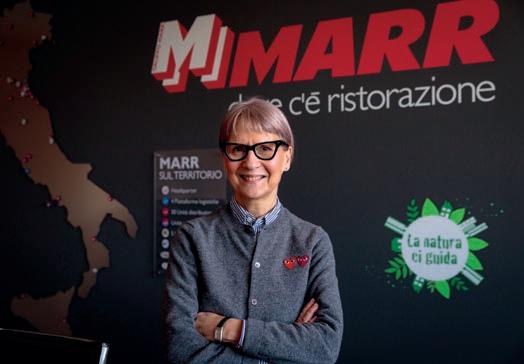
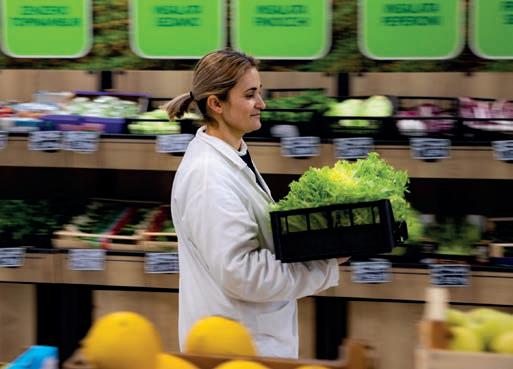
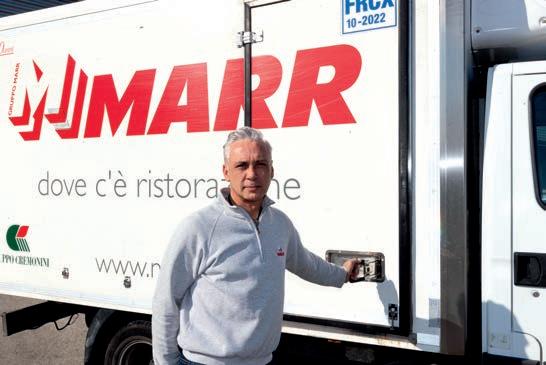
MARR believes in the right to equal pay for equal duties and results and recognises remunerations in respect of the limits established by the collective agreement.
The remuneration policy is based on the responsibilities attributed, professional skills and capabilities and performance evaluation, so as to recognise the results achieved.
MARR has adopted a system of variable incentives linked to MBO (Management By Objectives) for the resources with mana-
gerial responsibilities or who fill roles directly and specifically supporting the achievement of the main company objectives, with the assigning of annual objectives, both individual and corporate, prevalently of a quantitative nature.
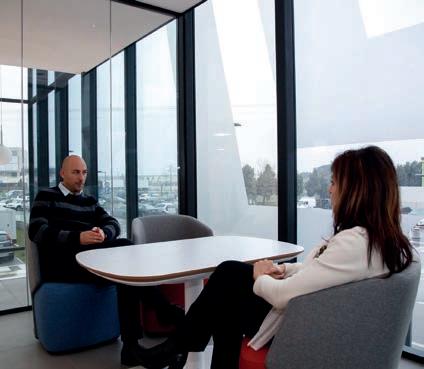
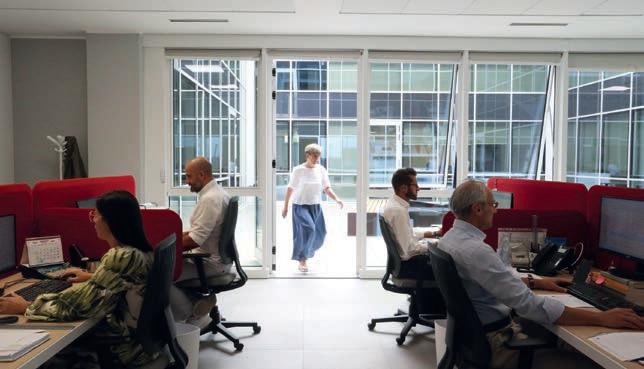
Payment of the incentive is in the measure exactly corresponding to the extent to which the objectives have been achieved, after periodical verifications and final checks.
The following is the ratio between the basic salary (as per the CCNL) and overall remuneration for women and men, although it must be pointed out that, for this calculation, the salary of the Manager in the position of Director, which represents approximately 18 times the average salary, has not been considered for the Managers category.
The data highlight the effects of the acquisition of Frigor Carni S.r.l. and the merger by incorporation of Chef Unipersonale S.r.l. .
MARR believes it is important to ensure the psychophysical wellbeing of its employees and collaborators and has undertaken to ensure safe, healthy and comfortable environment, in respect of the health and safety laws in force.
The Company’s approach envisages increasing the responsibility of the competent departments and department and branch managers regarding safety in the workplace.
Given the articulation of the company nationwide, in order to ensure constant monitoring and surveillance, the management of safety in the workplace is based on a system of proxies, attributing consistent powers of organisational management.
The Prevention and Protection Service Manager (RSPP) and the Company Physician are both appointed and attributed responsibilities defined by the reference laws and regulations.
The position of Prevention and Protection Service Manager (RSPP) is entrusted to an external consultant, who also has the duty of suggesting aspects for improvement as regards health and safety in the workplace.
The main duties of the RSPP include:
6 Identifying the risk factors;
6 Assessing the risks and identifying the safety, prevention and protection measures and the systems to control these measures;
6 Proposing programmes for worker information and training;
The position of Company Physician is entrusted to physicians coordinated by an external hospital. Their main duties include:
6 Collaborating in risk assessments;
6 Scheduling and carrying out health surveillance activities;
6 Informing the company of the suitability of workers for specific working duties;
6 Visiting the work environments to verify and assess their suitability in terms of the health and psychophysical integrity of the workers.
MARR periodically carried out
6 Obligatory medical check-ups are carried out periodically to verify that workers appointed to perform duties involving particular risks (e.g. elevator truck drivers and heavy lorry drivers) are not addicted to alcohol or drugs;
6 Alcohol tests on workers who perform transport activities with company cars and light lorries;
6 Periodic checks on all workers, carried out according to the protocols indicated by the Company physician.
From 2020, the management of the biological risk caused by the health emergency from Covid-19 through the institution of the Internal Crisis Committee and the adoption of specific workplace safety protocols, was assumed as ongoing goal.
MARR adopts all of the prevention and protection measures necessary to reduce to a minimum the exposure to the potential risks that workers may be subject to in carrying out their working activities, and which have been identified as the following four:
6 Noise, vibrations, chemical, explosive atmospheres and microclimate
6 Manual handling of loads and repetitive movements
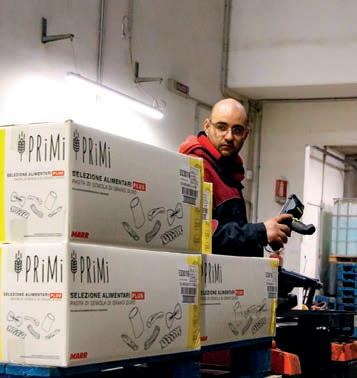
6 Work-related stress (workload, hours, planning of duties, role, decision-making independence, interpersonal relations, etc.)
6 Video-terminal
MARR has planned a programme of initiatives concerning safety in the workplace through the purchase of defibrillators to be installed in all of the distribution centres of the Group and the “Man on the ground” system for maintenance workers operating in isolation or in solitary.
The potential risks are identified* through periodical inspections by the RSPP in all operating units, are shared with the Company Physician and with the Workers’ Safety Representative (RLS) and approved by the Employer. Each of the specific risks is assessed by specialist technicians. On the basis of the
DUVRI
Prepared with regard to the services outsourced to third companies (e.g. logistics and handling services, and processes carried out within the units), and updated with suitable contracts for the definition of the parties’ duties, obligations and responsibilities.
findings of the risks assessments, MARR equips its own workers with specific Individual Protection Devices (IPD) on the basis of their duties.

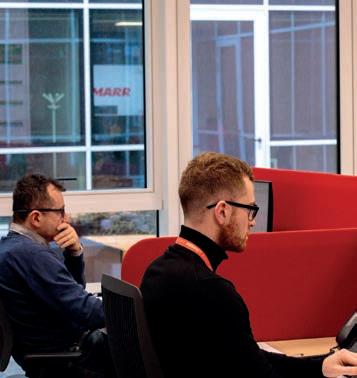
*in compliance with Legislative Decree 81/08 and subsequent amendments and integrations
The performance of “on-call” services or, in any case, access on the part of third parties to branch/unit premises are governed by specific procedures.
With regard to non-compliance with the law within the Company, MARR carries out a series of specific checks on the safety of the workplaces:
6 Work contracts for goods handling in the storage facilities of the MARR units, with the drafting and verification of a DUVRI;
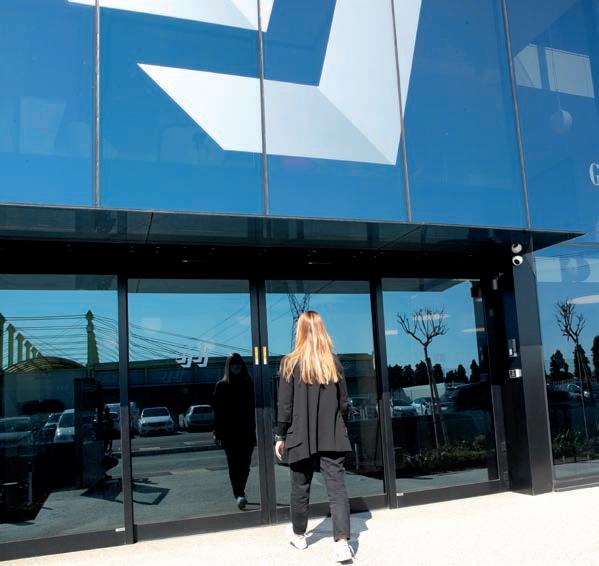
6 Routine and non-routine maintenance of the buildings owned or rented;
6 Procedures relative to damages caused at branches by service companies;
6 The updating of standards;
6 Relations with the Prevention and Protection Service Manager and with the Company physician.
The data relating to the paragraph on absenteeism in the 2022 reporting also include the data of Antonio Verrini S.r.l., CHEF S.r.l. Unipersonale and Frigor Carni S.r.l., for which the increases observed compared to 2021 are essentially due to the change in the scope.
6 Total hours’ absence / total working hours (excluding leave, permits and furlough)
6 Total hours’ illness / total working hours (including absences due to quarantine because of possible exposure to Covid-19)
6 Total hours’ injuries / total working hours (including injuries coming to/from work)
The remaining hours of absence are due to other reasons (for example permits for blood donation, mourning, etc.).
HOURS WORKED BY EMPLOYEES IN 2022
1,778,702 number of effective working hours in 2022 (including overtime hours)
MARR periodically prepares an “accident report” which is examined and analysed during the periodical meeting on safety (Ex art. 35 of Legislative Decree 81/2008), attended by the figure envisaged by the laws in force (Employer or person authorised by them, RSPP, RLS and Company Physician) and others whose attendance may be useful.
The table contains the figures for the total number of accidents during the last three years:
The growth in the number of injuries is influenced by the increase in the scope of reporting with Antonio Verrini S.r.l., CHEF Unipersonale S.r.l. and Frigor Carni S.r.l..
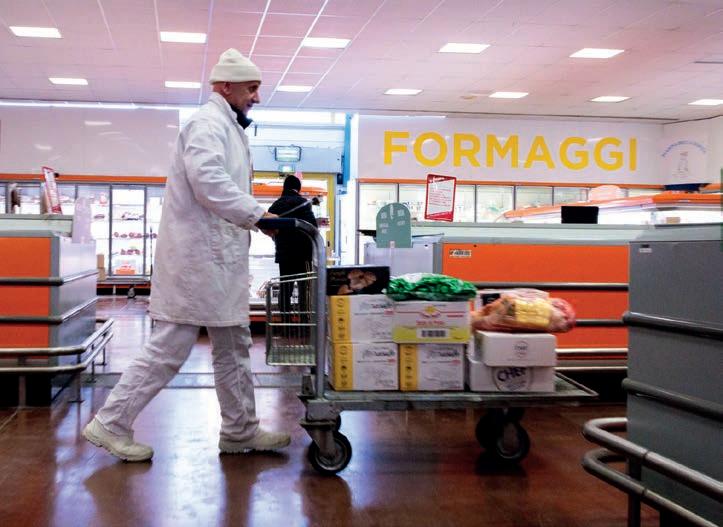
The following table specifies the indices of severity and frequency, calculated as follows:
6 Severity index = (number of accident days x 1,000) / (number of hours worked in the year) calendar days rather than working days are considered in calculating the severity index
6 Frequency index = (number of accidents x 1,000,000) / (number of hours worked in the year)

Injuries going to and from work are not considered in calculating the indices; furthermore, the total number of days of accidents arising and closing in different years are counted in the year in which the accident in question occurred.
The frequency index, although the number of employees has increased compared to 2021, remains in line with the rate of the previous year. The year 2020 was marked by fewer hours worked, with therefore an associated reduction in the risk of accidents, as a result of the use of social safety nets.
It must be noted that there were no fatal accidents in the three years.
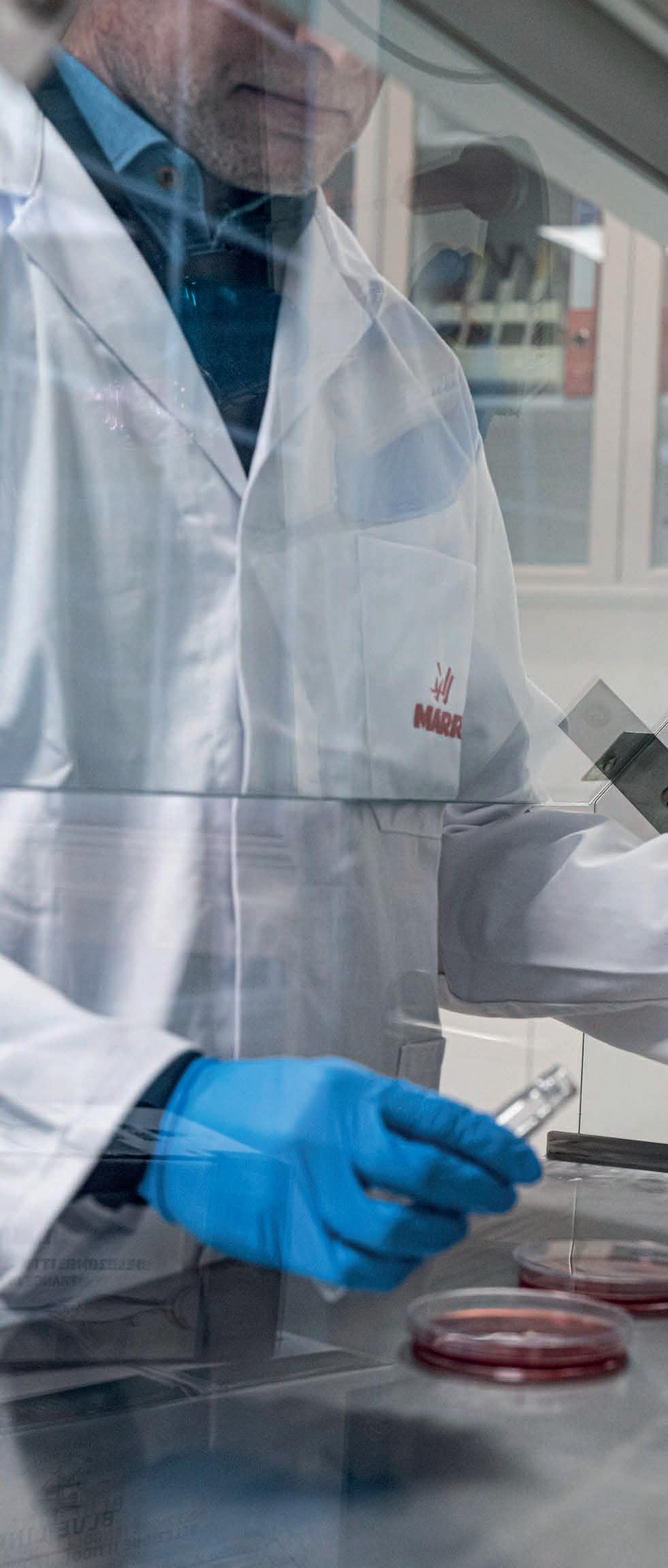

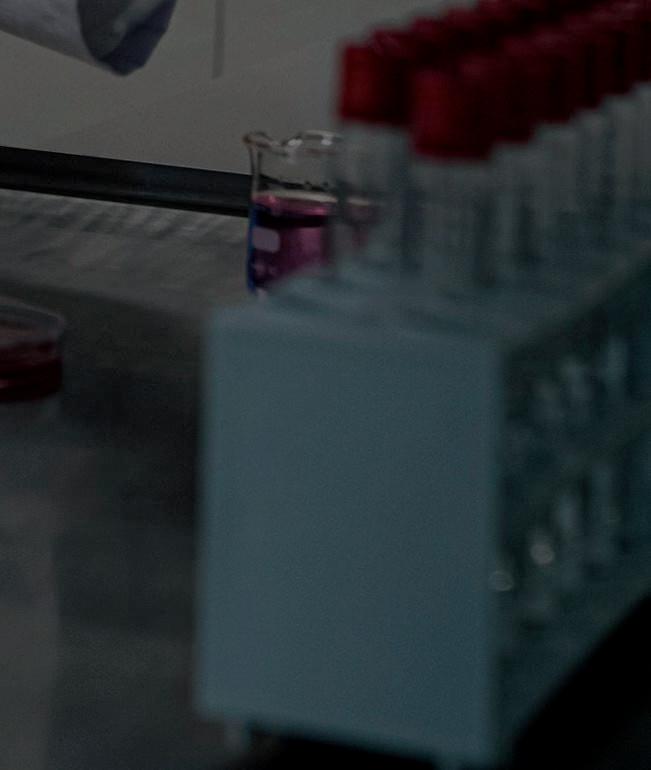
The growing attention to people's health and well-being has highlighted the safety and quality of th comercialized products as fundamental aspects, ethical issues and duties driving the performance of MARR's activities through the adoption of precise safety policies and the quality.
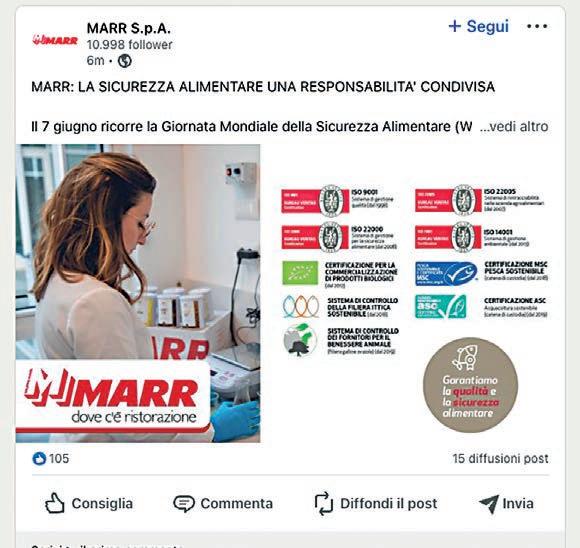
Food safety must not be understood only as compliance with a prerequisite of the product which certifies its suitability for consumption, but also considered in a broader and more modern vision which involves numerous additional factors such as origin, traceability, exclusion of organisms or substances considered suspicious, the correct information of the consumer through labeling or other means of communication.
In the reporting period, there were no episodes of significant non-compliance regarding impacts on the health and safety of private label products or products processed in the MARR plants.
In compliance with the provisions of EC Reg. 178/02, the Company has implemented internal management procedures and systems aimed at guaranteeing the withdrawal of a non-compliant product or its recall when it has already been delivered to the final consumers. In the event of recalls and therefore the need to inform end consumers, in compliance with the provisions established by the Ministry of Health, MARR provides information also through the publication of a notice in a dedicated section of its website. The Group has opted for a purely qualitative disclosure.
Food Safety: a shared responsibility that at MARR translates into a concrete commitment to protect its Customers and Consumers, through:
6 Self-control system with the presence of first and second level HACCP Teams to ensure the application of procedures
6 Analysis on marketed products
6 Audits and inspections in MARR Group business units
6 Supplier audit and control system through inspections in production facilities
6 Company management system aimed at ensuring the safety and traceability of products, at every stage of the process and certified according to the ISO 22000 and ISO 22005 standards
The goal of quality and safety is achieved every day through the commitment of the entire organization in the control of the processes: from the selection of suppliers, to the supervision of the hygienic conditions of the plants, up to to distribution by ensuring the traceability of the products from origin to our Customers.
To guarantee food safety in the production and distribution processes, MARR has introduced the analysis of the dangers and risks linked to the various categories of merchandise, as well as the production processes that are carried out at its own operating units. The danger analyses and risk assessments are carried out on the basis of the experience of the organisation's HACCP Team, a multi-disciplinary group with specific knowledge and skills vested with the authority necessary to intervene in the Company's processes. The risk assessment is carried out according to the HACCP (Hazard Analysis and Critical Control Points) criteria, with specific procedures defined to control critical points. The analysis of the risk factors was carried out according to
the information obtained on the products distributed and processed, especially taking into consideration the features of the products, their origin and the national and Community reference standards. The Company also analyses past data on the control and verification activity carried out by MARR’s Quality Assurance and Control Management, as well as information circulated by the category associations and by the EFSA (European Food Safety Authority).
The application of the HACCP Self-Audit system at the operating sites and Platforms is based on specific performance indicators aimed at assessing the compliance of the structures and equipment, the management of goods and the conduct of personnel
6 In compliance with the Codex Alimentarius and the laws in force
6 ISO 22000 certified (in addition to the Quality System ISO 9001)
6 Prepared and validated by a multi-disciplinary group within the company (first level HACCP Team)
6 Involves the top management of the Branches and Distribution Centres and the Self-Audit and Quality System Auditors (second level HACCP Team)
The analyses correspond to the number of samples examined, each of which involves one or more analytical determinations. The analyses conducted include the environmental analyses on waste waters, described in Paragraph 6.4 Water consumption.
6 Conducted by the main reference external accredited laboratories
6 Conducted by the MARR Quality Control Laboratory
The number of samples is slightly lower than in 2021. However, the number of analytical determinations has increased due to the inclusion of multi-residue determinations in the sampling plans, i.e. the search for residues of pesticides, herbicides, insecticides and other molecules.
AND PLATFORMS
6 conducted by qualified internal auditors
The number of self-monitoring audits has substantially increased following the enhancement of the resources assigned to auditing activities.
6 Through inspections in the production plants.
MARR has set up a Food Safety Committee, an internal team appointed to manage crises, constituted by the Quality Assurance and Control Department and the Grocery, Meat and Seafood Divisions, which intervenes in the case of an accidental event or any situation which could imply non-observance of product safety or serious non-compliance with the provisions of law and/or the internal provisions on quality. The main duties performed by the Committee are the following:
6 To immediately put into practice the procedures for the withdrawal and/or recall of a product when necessary;
6 To inform the competent health authorities;
6 To inform consumers of the reason for the withdrawal, when contemplated and necessary;
6 To transmit to the competent authorities all information useful for tracing the product;
6 To collaborate with the authorities and with other operators of the food supply chain to prevent, mitigate and/or eliminate the risks.
The Company Management System is aimed at ensuring the safety and traceability of products in all process phases and is certified according to ISO 22000 and ISO 22005 standards. Within the sphere of the Food Safety Management System, the management promotes:
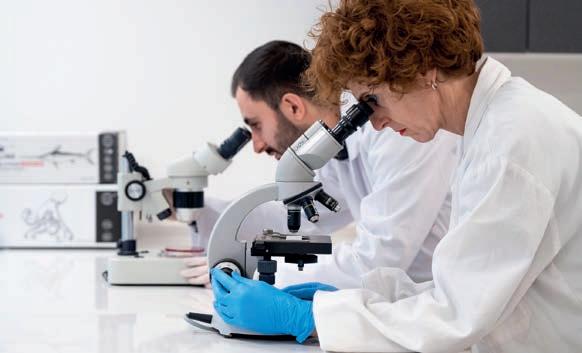
6 Process control, from the procurement, logistics and service provision processes to the sale processes, monitoring specific indicators (non-compliance, returned goods, complaints and destruction of goods) and intervening in the case of discrepancies in pursuit of continuous improvement;
6 The layout of the structures and periodic action to maintain the structural features necessary to ensure respect for the safety requisites;
6 The procurement, through the product divisions, of genuine, good quality products that can guarantee high safety standards;
6 Continuous training at all levels, promoting the initiatives aimed and increasing a pro-food safety mentality;
6 The application of self-audit procedures at the Group's operating units, in respect of the applicable requisites.
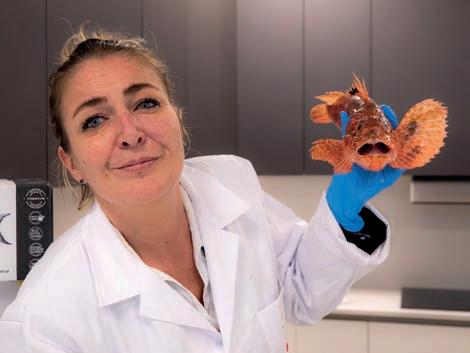
The traceability system adopted by MARR is certified in compliance with the ISO 22005 standard (traceability in the agri-food supply chains) and is based on the GS1 – 128 coding standard.


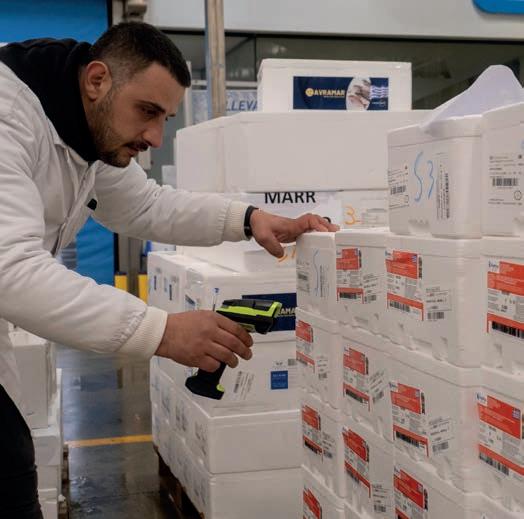
Through this system it is possible at any time to document the history of a product from its origin to the final
consumer, through the registration and identification of all the information useful to guarantee its traceability along the supply chain.
The tracked information depends on the type of product. For example, for seafood products, in compliance with internal procedures and the specification for the sustainable fish supply chain, through the attribution of an internal lot ("Lotto MARR"), it is possible to trace at every stage of the distribution, from purchase to delivery to customers, the following elements:
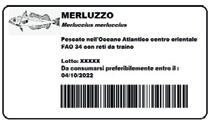
6 Scientific denomination of the seafood species
6 FAO seafood area for seafood products caught fishing gear
6 Farming country for farmed seafood products
6 Name of the water body and related country for freshwater fishery products
6 Expiration date and traceability lot
6 Code GS1-128
MARR carefully selects the supplier companies by defining the product and quality characteristics of the private label products through the Research and Development Department to ensure products capable of fully satisfying the required parameters in compliance with the standards defined in the purchase specifications. During the supplies, the private label products are subjected to a further regime of controls to ensure compliance with the quality and safety parameters over time.
1 2
Sensory test panels are organized to evaluate the product and quality characteristics of the products. A team of experts specialized in the various product categories, coordinated by the Research and Development and Quality Control Departments, carries out the evaluation through specific comparison tests and sensory analyses.
Subsequently, through the MARR Academy Team Chef, a further evaluation is carried out to verify the performance of the product in the kitchen: yield, cooking times, methods of use by professional operators, in order to advise the Customer on the various uses and combinations in the kitchen.

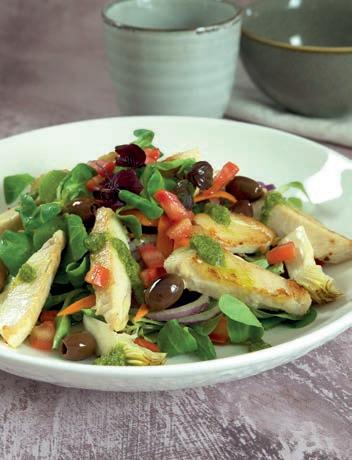
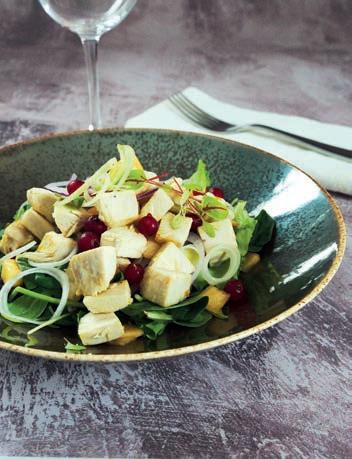
3
TESTS AND CHECKS DURING THE SUPPLIES
To ensure that the quality and safety characteristics of the private label products remain compliant with the purchase specifications, tests and inspections are carried out during the supply both through the MARR Quality Control laboratory and through accredited external laboratories. In addition to product controls, analyzes are performed to verify food safety parameters.




Information on the characteristics of the products is provided by the operators by labelling, packaging, the technical sheets and material for communication prepared by the Marketing department after approval by the competent technical departments and published on the online Catalogue. The technical sheets, which contain the main information on the products, are verified prior to publication.
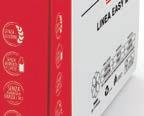
All advertising and promotional communications prepared by the commercial department are verified by the Quality Assurance and Control Office before being published if they contain information on the product characteristics.
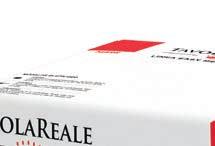
The labels for products marketed under supplier brands are sample checked when the foods are received, on the basis of

















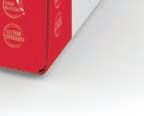

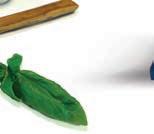
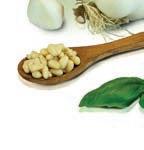



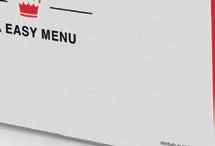
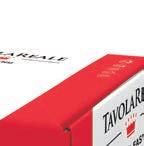

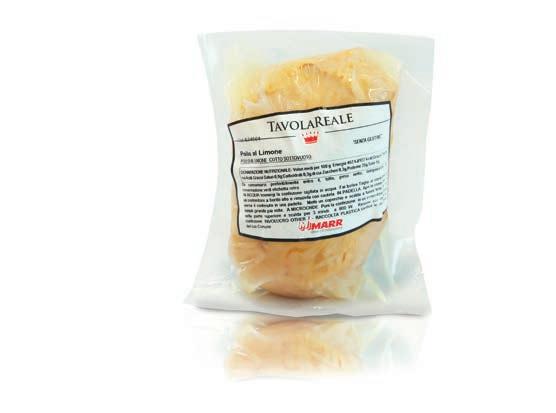

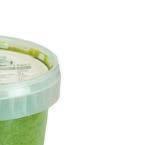
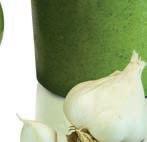

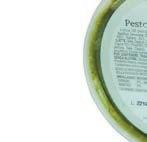
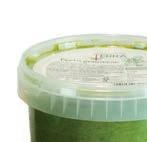
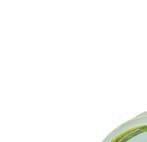
a specific procedure in the Quality System.
The Group does not believe the reporting of the number of these checks to be significant.
For products imported from other countries and MARR’s private label products, the contents of the label and eventual claims (health and nutritional) are approved by the Quality Assurance and Control Office.

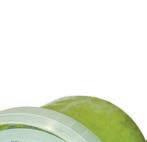
The procedures described above are implemented in the event of discrepancies.

During the year in question, there were no non-compliances in terms of information, labelling and marketing communications for the private label products referred to in article 8 of EU Regulation no. 1169/2011.
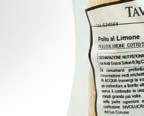
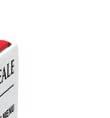
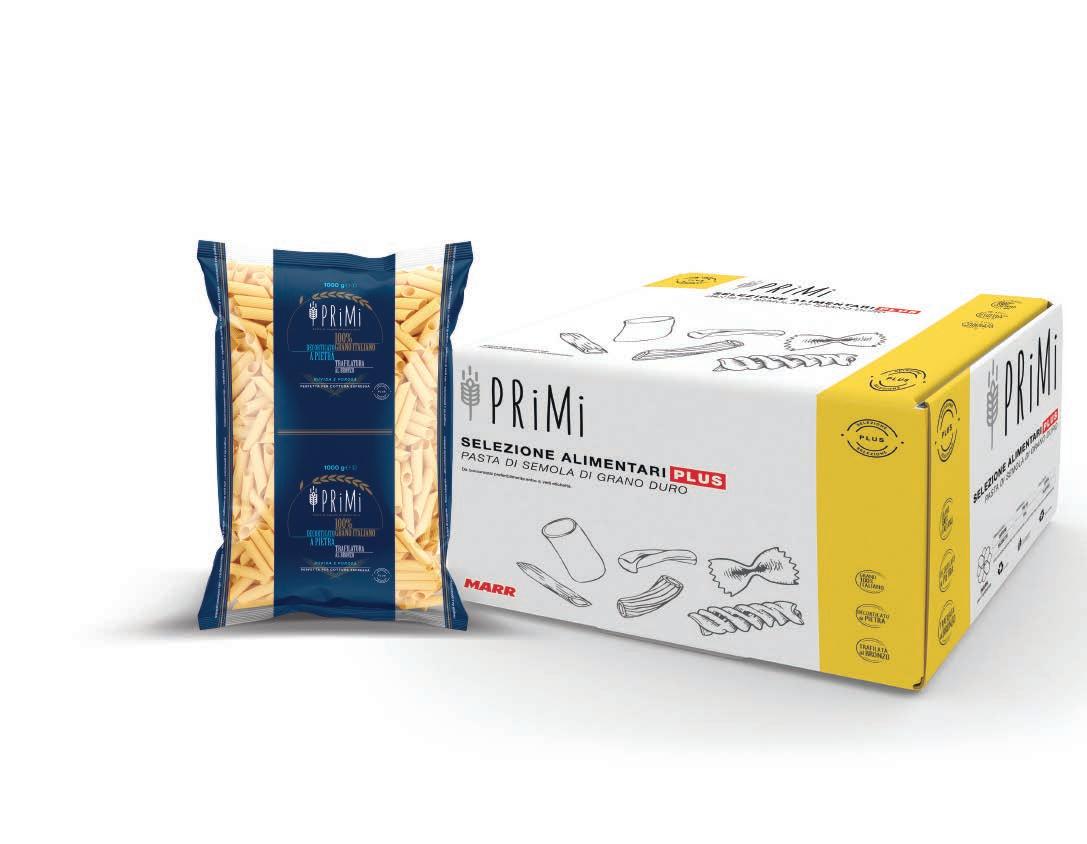
In achieving its objectives, the MARR Group has always aimed at improving the management of quality, safety in the workplace and food safety and also personnel management and training.
Since 2013, the environment has become increasingly central in terms of management, and in this regard, the
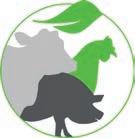
ISO 9001
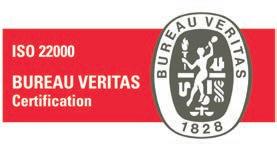
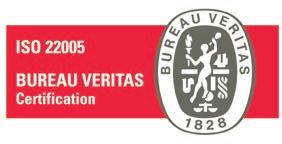
Quality management system (since 1998)
ISO 22000
Food safety management system (since 2008)
CERTIFICATION FOR MARKETING OF ORGANIC PRODUCTS
(since 2012)
SUSTAINABLE FISH CHAIN CONTROL SYSTEM
(since 2018)
SUPPLIER CONTROL SYSTEM FOR ANIMAL WELFARE
(laying hens supply chain - since 2019)
(broilers national supply chain - since 2022)
Group has adopted the “Quality, Safety and Environment” Policy and integrated the ISO 14001 certification on environmental management systems.
These are some of the steps taken towards greater awareness of its role and consistently with the intention of having an active role in promoting a sustainable future.
ISO 22005
Traceability system for food processing companies (since 2007)
ISO 14001
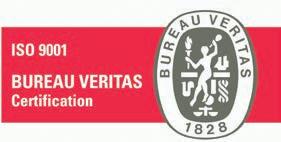
Environmental management systems (Since 2013)
CHAIN CONTROL SYSTEM AND SUSTAINABLE MSC FISHING CERTIFICATION (chain of custody) (since 2018)
ASC SUSTAINABLE AQUACULTURE CERTIFICATION
Aquaculture certification (chain of custody) (since 2019)
The certifications can be viewed and downloaded from our webpage:
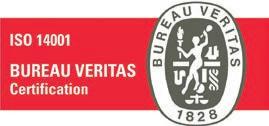

https://www.marr.it/en/group/quality
1 2 3
Maintaining the certifications obtained by the Organization and obtaining any other new schemes of interest.
Increasing the skills and training of personnel promoted by specific training programmes with the aim of ensuring the proper application of the procedures of the Quality, Safety and Environment Management System and increasing the awareness of the role of each of them in ensuring rapid and effective responses to Clients and the authorities.
Specific training on food safety in order to enhance the culture of quality and safety within the company.
MARR’s commitment towards food quality and safety is oriented along 3 main lines




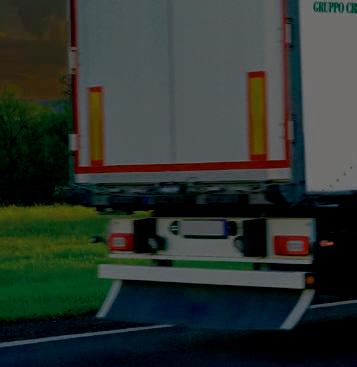
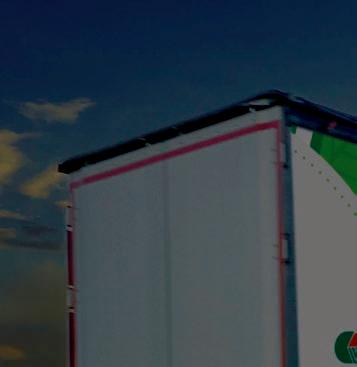


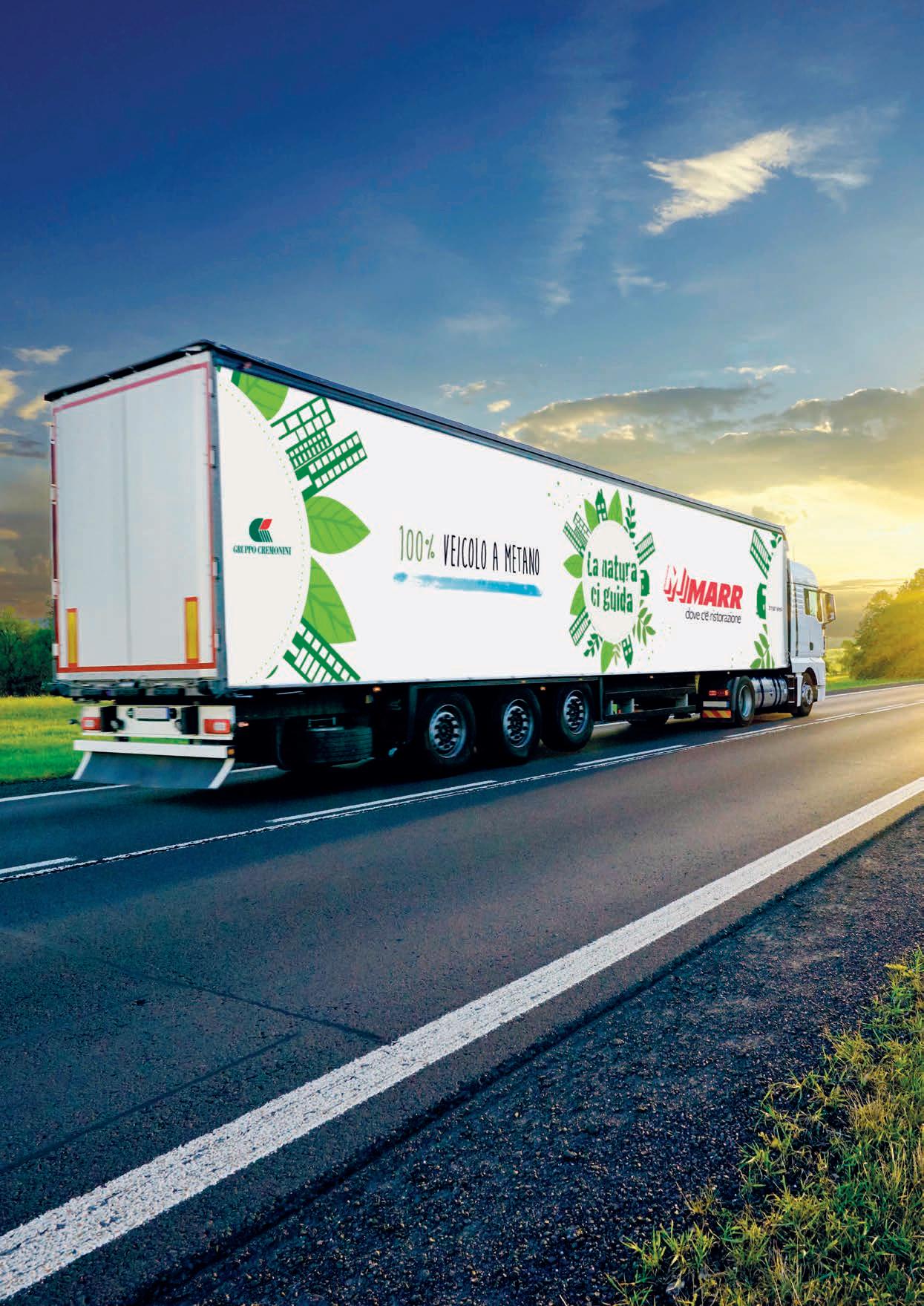
With reference to environmental aspects, MARR adopts the Quality System procedure entitled “Control and Management of Environmental Aspects”, which describes the methods for the management of operations and activities linked to environmental aspects deemed important, including the activities for the supervision and management of environment emergencies.

MARR also promotes the prevention of pollution and a minimum use of the available resources, adopting preventive measures. There are no operating sites within or close to protected areas or highly biodiverse areas within the sphere of the company’s business.


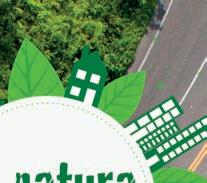




This chapter describes the initiatives and projects in the four environmental sectors of most significance to MARR:




6 Management of packaging and Waste
6 Impact and increase the efficiency of logistics

6 Consumption of electricity and combustibles and emissions
6 Water consumption

The activities of the Group are fundamentally based on the distribution and handling of goods, and the management of packaging is thus a significant topic for MARR, which aims to reduce them by optimising the management process, focusing on packaging materials that have a reduced environmental impact, facilitating their disposal and promoting the use of certified packaging and cellulose materials from sources managed responsibly, or with increasing percentages of raw materials originating from recycling.
During the procurement of packaging form others, its characteristics are defined also from the viewpoint of increasing sustainability, encouraging the use of recycled and recyclable materials.
Secondary packaging, including MARR branded cardboard boxes, and packaging for the products marketed are selected to facilitate the separation, differentiated collection and disposal of the components. The secondary packaging used by MARR responds to the requirements defined in the relative technical environmental compliance laws. Those for transport marked with the “MARR PER L’AMBIENTE” logo are made 100% by weight from recycled materials

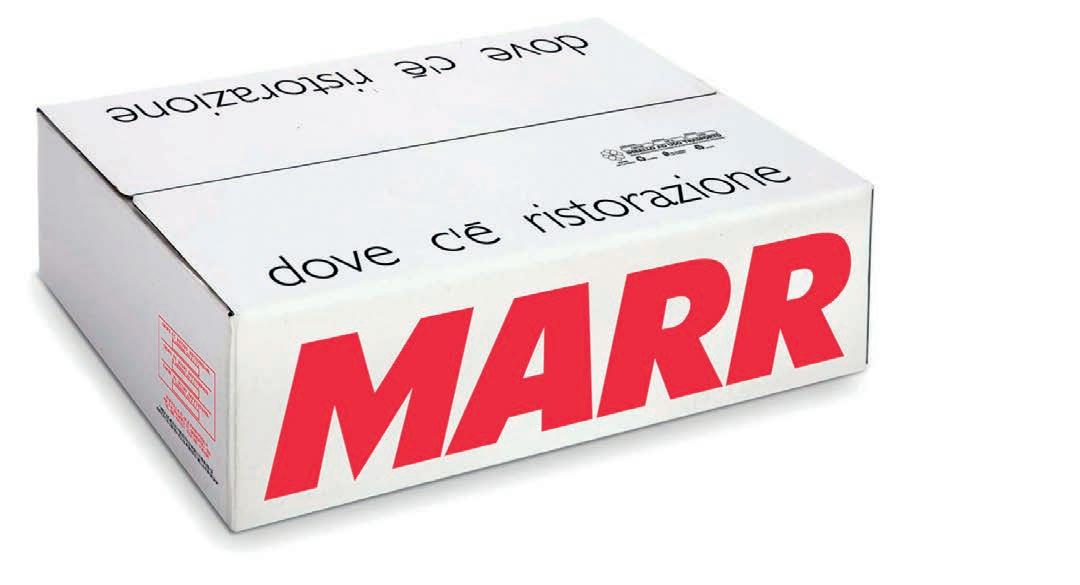
The cardboard packaging which, due to type of performance and resistance, cannot be made 100% using recycled fibres is certified FSC Mixed and marked with the relative logo. The packaging marked with the FSC (Forest Stewardship Council) logo is realised partly from raw materials originating from forests managed responsibly according to rigorous environmental, social and economic standards.
MARR has modified the information concerning disposal on the cardboard boxes for transport with the information envisaged in Legislative Decree 116/2020 regarding packaging and waste.
MARR’s attention to packaging is also manifested by the Client and for years, one of the objectives of the Group has been to implement solutions to reduce the encumbrance caused by packaging and, as a result, favour the reduction of waste by the Client.
Being a distribution company, mainly of food products, MARR has a central role in the fight against food waste and incentivises production line synergies, trying to reduce waste both upstream, rationalising orders to suppliers, and downstream, adopting solutions to avoid as much as possible clients having to deal with this problem.
In particular, MARR’s commitment is expressed through:
6 Offering products with innovative packaging providing a high service content and suited to the requirements of the Client

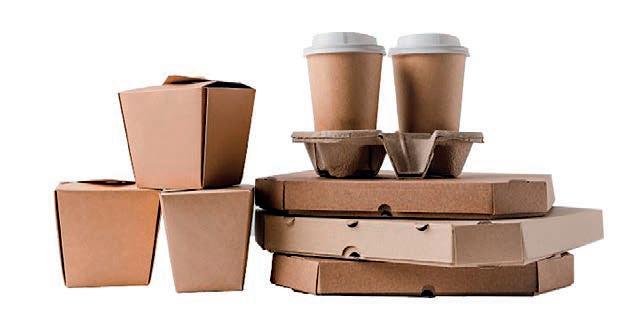
6 Ensuring frequent deliveries to the Client through an efficient logistic network
Furthermore, customer orders are assembled minimising the use of secondary packaging to that strictly necessary to ensure that the protection and product conservation requirements are met. In repackaging, packaging of different dimensions is used, suited to the quantity and dimensions/weight of the products contained in it.
* For the calculation of Labels tons, we considered a conventional weight as 1 gram for each label.
The increase in consumption of all types of packaging is in line with the recovery in volumes compared to 2021, a year in which health restrictions still persisted for the first 5 months.
The reduction in packaging from 2020 to 2021, on the other hand, is closely linked to the closure of the Carnemilia division, a platform for the processing and storage of fresh meat which was closed in May 2020.
80% of materials used for packaging originating from recyclable sources

Since early 2022, in some of the distribution centres, the expanded polystyrene crates used for the delivery of fresh seafood products have been used together with those made from materials other than polystyrene. This innovative packaging is made of cardboard coated with a plastic film, making it waterproof.
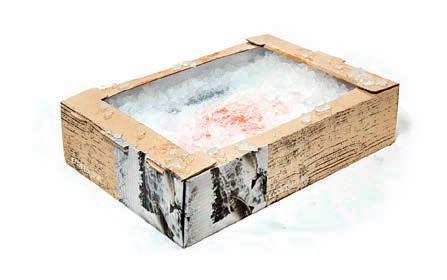
Characteristics of packaging other than polystyrene
6 100% recyclable with PAPER
6 Obtained from renewable and FSC certified raw material
6 Waterproof
6 Easier to dispose of than polystyrene (less encumbrance and paper/cardboard collection)
From 2019, MARR has elected to include environmental labelling to facilitate the disposal and recovery of packaging on a voluntary basis for all of its private label products and communicated its decision to the relevant suppliers, asking them to adjust to this decision before the entry into force of Legislative Decree no. 116 of 3 September 2020.
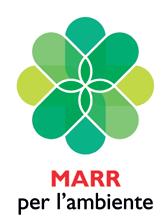
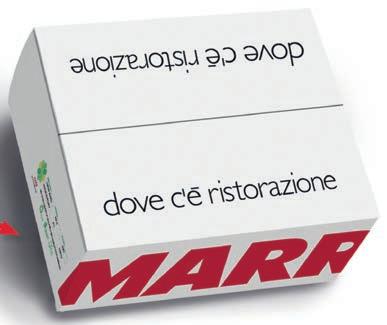

The MARR environment graph contains the minimum obligatory wording suggested by CONAI (National Packaging Consortium) and some additional optional information to encourage users to use differentiated collection and recycle waste.

6 An illustration summarising the table instructing clients how to dispose of the packaging
6 The wording “Follow the instructions of your local authority for managing differentiated collection”
6 The logo of the Mobius cycle for recycling where applicable
6 The logo “do not dispose of in the environment”
6 The “FSC” brand (where possible, if there is paper/cardboard packaging)

6 Any other logos identifying the type of material used (for example: “ok compost” for compostable packaging)

The same graph has been adapted to the labels for New Catering private label products



With the aim of contributing towards safeguarding the environment and in respect of Legislative Decree 116/2020, MARR has created a web page containing information on the materials used in confectioning and packaging products prepared in its distribution centres and those imported from other countries, also stating the composition and instructions for disposal.
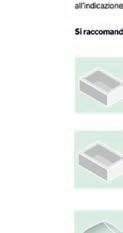
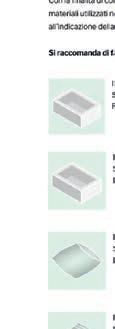
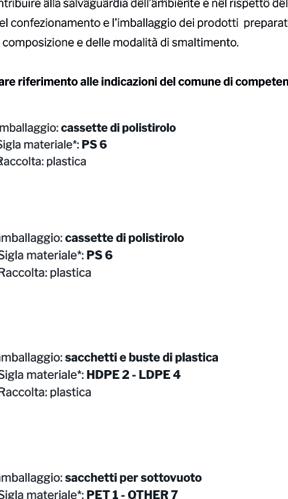
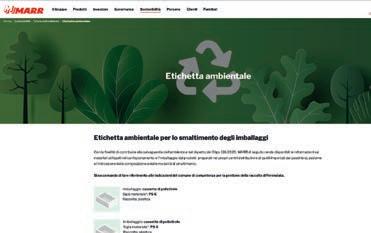
This is to facilitate the disposal and recovery by the operators of packaging on which it is not possible to place the recycling instructions and the information in accordance with the Decree directly on the packaging material, such as plastic film for sealing trays, the bags used for vacuum packaging or nets used to catch shellfood.
Some examples:
https://www.marr.it/sustainability/ environmental-protection/environmental-label

The link to this webpage has also been included in the transport documents and labels that are printed in the processing facilities of the MARR distribution units.
The same initiative has also been implemented for Verrini S.r.l.:
https://www.verrini.com/prodotti-e-qualita/ etichetta-ambientale
Proper waste management must assess aspects such as its persistence in the environment on the basis of its type, the increase in quantity with the increase in volume of goods purchased and sold, the heterogeneity of the materials and the possible presence of hazardous substances. This is why prevention during the production of waste must be supported by differentiated collection and the recovery of any materials that can be reused.
2.6 tonnes of waste recovered
The data provided represent the share of waste disposed of by Group companies through private disposers.
The waste that is conferred to the service offered by the individual Municipalities, in compliance with the legislation and against payment of the relative Waste Tariff (TA.RI.) is not accounted for. The part destined for municipal utilities is decreasing due to the partnerships between MARR and private service companies which allow monitoring and control over the destination of waste.
The drop in waste destined for disposal is partly due to the fact that waste no longer fit for human consumption, which in the past was totally sent
to landfills, is now almost totally recycled through waste-to-energy plants. The special waste companies to which we deliver the waste indicate an average of between 80% and 85% recycling of the treated materials.
It can be seen that the presence of hazardous waste is minimal (about 1.6% in 2022, of which over 80% destined for recovery). Hazardous waste is that containing pollutant substances.
For the MARR Group, the main hazardous waste is oils of a mineral origin and to a lesser extent neon tubes, lightbulbs and batteries deriving from infrastructure maintenance work.
The unitary waste index per ton of handled product continues to decrease, also in 2022.
MARR intends to constantly improve waste management by increasing the percentage of recovery, recycling or reuse of the same. Projects and partnerships with service companies continue which promote better management by assessing the needs and criticalities of each Group structure and implement innovative initiatives with a view to creating "secondary raw materials" from waste.
This project provides that the waste management system is coordinated through software, certified with a blockchain system, which allows real-time monitoring of the situation of the waste to be disposed of, scheduling collections, archiving invoices and other useful documentation and also extracting reports on kg of waste disposed of.
The calculation tools are developed according to the LCA - Life Cycle Assessment methodology and in compliance with the ISO 14040-44 standard.
6 Real-time waste monitoring so as to be able to proceed effectively and quickly with their reporting and disposal.
6 A strengthening of its strategy of progressive transition towards a circular economy in the areas in which it is applicable.
6 The choice of cutting-edge suppliers who know how to meet MARR's complex needs with innovative and high-performance technologies and highly personalized operational management.




The circular economy project linked to the valorisation of expanded polystyrene (ESP), also launched in 2021, continued during 2022.
Expanded polystyrene, the material of which the crates used for the distribution and handling of fresh fish are made, is considered one of the wastes with the most impact as it is classified as nonrecoverable waste and mainly intended for disposal.
Considering the volumes handled annually and the use mainly in the fish sector, MARR has launched a management system that allows the expanded polystyrene to be regenerated and reintroduced into the production cycle. The expanded polystyrene is worked through a pressing and compacting machine which allows to obtain a 100% recycled, recyclable and reusable semi-finished product for the production of new products (for example in the construction, installation and packaging sectors), thus assuming the qualification of secondary raw material.





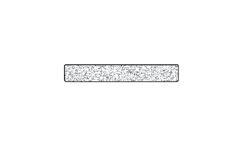









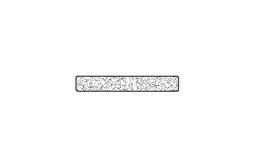

Containers used for the distribution and handling



Processing of expanded polystyrene using a pressing compactingandmachine
Semi-processed 100% recycled recyclable and reusable in the production of new articles
DATA RELATING TO THE RECOVERY OF POLYSTYRENE IN 2022:

* The LCA methodology takes into consideration the entire life cycle of a product or service, evaluating the energy and raw materials needed to complete each phase of the life cycle of that product or service.

The optimization of transport logistics is an activity subject to constant attention by the Group and the management of logistics, understood as the process of planning, implementing and controlling the efficient and effective flow and storage of products, including services and correlated information, from the point of origin to the point of consumption, is a fundamental aspect of the MARR Group's business.
In its transport of goods to customers, MARR makes use of an average of around 170 external road haulage companies, with the use of around 850 vehicles and therefore the majority of the emissions connected to the goods transport service fall within the ambit of Scope 3 emissions. This category includes emission sources that are not under the direct control of the company, but whose emissions are indirectly due to the company's activity.
The flow of goods transport linked to sales can be broken down into 3 main sub-categories:
For MARR, making logistics more efficient means contributing to the economic sustainability of the company and concretely reducing its environmental impact. Attention to this aspect assumes strategic value for the Group and in this sense the best solutions have been implemented and are continuously evaluated. In order to pursue this objective, for some years now MARR has equipped itself with some systems integrated in the corporate operating process, which constitute important support tools in the logistics field.
In this year which has confirmed the increase in the complexity of the foodservice market and the unpredictability of demand, proximity to the customer and the guaranteed level of service have been at the heart of MARR's strategy.
Growth of the «logistics service» under several aspects:
6 Availability (coverage)
6 Punctuality
6 Timeliness (distribution capillarity)
6 Flexibility (split)
6 Digital (delivery tracking from the Roots platform, dematerialization of documents)
The advantages of the MARR Integrated Network:
6 Greater wideness and depth of the managed range
6 Faster order delivery speed
6 Increase in complementary services: customer communication, repackaging, tracking, …
It is a vehicle monitoring system from the moment of departure from the distribution units up to delivery, which allows the position of the vehicle to be known in real time and to notify the customer in the event of any delays.
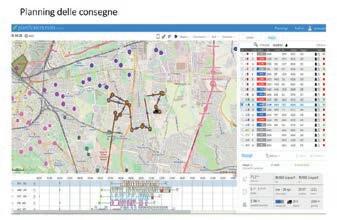
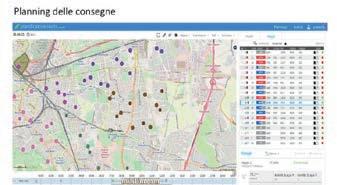
It is a journey planning system, i.e. a routing software structured in such a way as to define the optimal "delivery round" for each vehicle. In particular, TMS allows you to process a large number of orders quickly, making it possible to lengthen the order taking cut-off time and thus improve the service to the end customer.
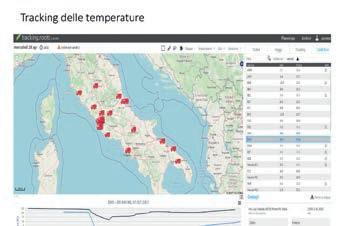
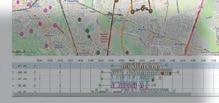
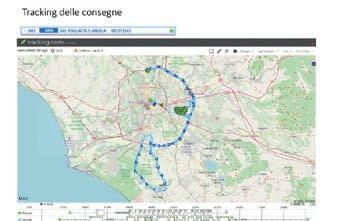
Advantages of TMS:
Minimising the number ofvehicles used -


ADVANTAGES OF TMS
Minimising the distance in terms of km travelled
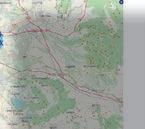

Minimising journey times
Selecting the vehicle with the range commensurate to the load and route to be followed
X m
Optimising the level of filling of each vehicle (compatibly with the limits imposed by the traffic code on the roads) so that they travel with full loads
Satisfying the specific requests of each Client



MARR has some integrated systems to support logistics
It is an application that is installed on special Devices supplied to the drivers which allows you to have two main advantages:
6 The certainty of delivery
6 The dematerialization of transport documents (DDT)
It is integrated with the Roots Tracking system and is a support for the driver in the delivery process which, thanks to the digital signature, becomes totally digital without the need to print any document.
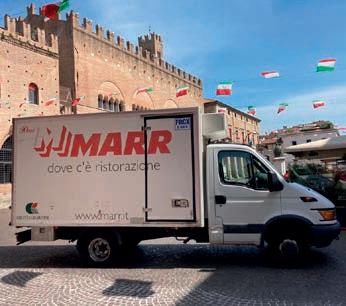
The Warehouse Management System serves to optimize the activity of all the resources present in the warehouse: goods, men and vehicles, from product tracking, which identifies the best position for storage, to picking functions, passing through inventory control and automation of goods reception up to the management of shipments and tracking of couriers. Having a WMS brings the company advantages which, already in the short term, significantly affect the efficiency of warehouse flows and processes.
The Central Demand Planning (CDP) has been present since 2021, a new office within the Logistics Department which aims to progressively improve the specialization of its organization in order to maximize the level of service to Customers. Central Demand Planning is responsible for the procurement and reordering of all product categories (excluding fresh meat and fresh fish). The service is active on some Platforms and Operating Units with the aim of extending it to all Branches. The new office is made up of a dedicated team that
To summarize, we can identify 7 related benefits:
1. Increase productivity
2. Reduce order fulfillment times
3. Reduce errors
4. Reduce the environmental impact
5. Optimize goods handling costs
6. Optimize space management
7. Automate reporting
includes various specialized professionals who, through the use of new management software, analyze demand forecasts and develop the most effective supply proposals for goods based on company objectives.
The performance of the CDP is monitored and evaluated on the basis of two specific KPIs (Key Performance Indexes):
6 Stock value and rotations
6 Service Level: calculated on the basis of stock out.
The KPIs have been set for the efficiency of the distribution service from the operating units to the Customers kg per trip - kg per delivery - number of reference per delivery
MARR has 9 liquid natural gas (LNG) vehicles, large-capacity trucks intended for long distances, used for the distribution sections from the logistics platforms to the distribution units.
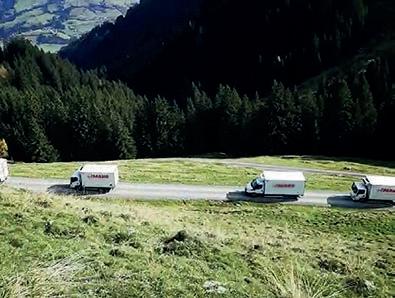
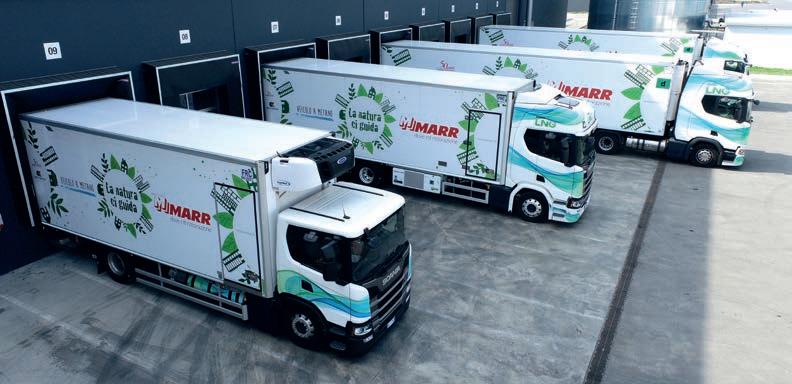
Indirect emissions consequent to the Group's activity, from sources that are not owned by the Company 1
The indirect Scope 3 emissions considered are those concerning emissions generated by the transporters, service companies used by MARR for distribution, and are thus due to fuel for road transportation by third parties, excluding transfers between Branches.
It must be pointed out that the above impact is correlated to the distance travelled by the transporters, for both supplies form the Platforms to Customers (National Account) and to the MARR Branches and from the latter to the Customers (Street Market).
1 Emissions are calculated using the coefficients of conversion into CO2 in the GHG Protocol (2015).
Over the years, MARR has planned activities for energy modernisation in the various structures of the Group and has carried out various interventions for increasing the efficiency of energy consumption, mainly in the processes of conservation, storage and handling of the goods, which represents the logistic core business of the Group. It has also undertaken awareness activities aimed at the employees and operators for zeroing the waste of electricity in offices and warehouses.
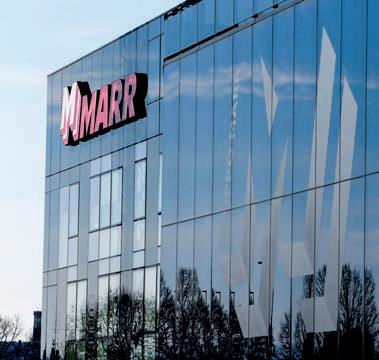
INVESTMENTS AND MODERNIZATION OF STRUCTURES ARE AIMED AT REDUCING ENERGY CONSUMPTION, THROUGH:
6 Photovoltaic panels
6 Thermal insulation systems and technological installations to limit dispersion and thus electricity consumption
6 Refrigeration plants without Fgas*, powered by propane gas and CO2
6 A system for collecting rainwater to be used by the health and hygiene services
DIRECT ENERGY CONSUMPTION
The consumption of natural gas and diesel used for heating decreased by 15%, partly thanks to the implementation of energy saving practices and partly because the mild winter climate favored a reduction in consumption. The diesel used for the generating sets is almost stable over the three-year period, representing around 5% of the consumption mix. For the MARR group, the consumption of electricity is mainly related to refrigeration and cooling systems. The increases in electricity consumption compared to the previous year are related to the increase in the surfaces dedicated to cold rooms and refrigerated rooms, which at 31 December 2022 represent approximately 38% of the total surface area (99,555 m2 out of 265,765 m2).
In particular, the new Piacenza platform which became operational in 2022 has 9,073 m2 of surfaces relating to cold rooms and refrigerated rooms, of which 6,474 m2 with temperatures at -18°C, while the company Antonio Verrini S.r.l. it has 4,156 m2 of surfaces relating to cold rooms and refrigerated rooms, of which 1,373 m2 with temperatures at -18° degrees. Furthermore, it should be noted that the electricity consumption relating to the company Antonio Verrini S.r.l. for the year 2022 it is reported for all 12 months of the year, while in 2021 it was reported only for the last 9 months of the year, as the company was acquired in April 2021. It should also be noted that the electricity consumption of the cold rooms was affected by the particularly torrid summer climate which contributed to determining a higher consumption of electricity.

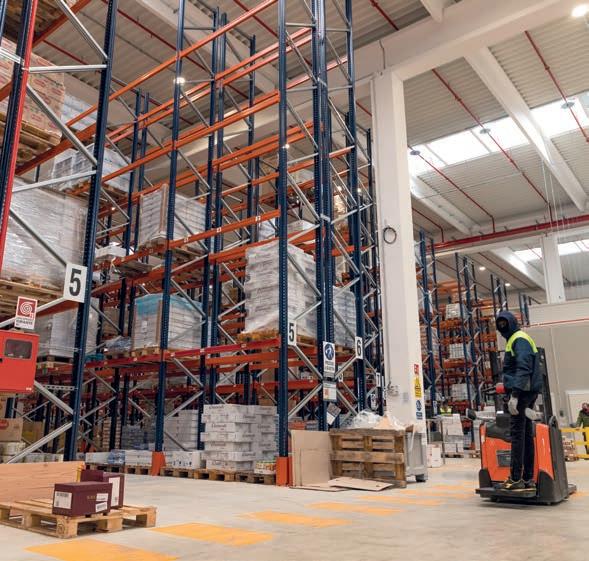
The total consumption of electricity acquired from the grid is given as a ratio to the tons of fresh and frozen product handled and conserved2 by the Group inasmuch as mainly used for the cooling and freezing systems and therefore deemed more significant.
An improvement in the index can be observed following the higher volumes of fresh and frozen products handled.
MARR is committed to using electricity originating
purchased from the grid
The figure for the consumption of electricity self-produced from renewable sources indicated in the table refers to the energy produced by the photovoltaic plants and is up on the previous year as in 2022 the new photovoltaic plants installed in the MARR Catania branch. Furthermore, in 2022 the figure for the energy produced by the photovoltaic plants of Frigor Carni is also reported, a company which, having been acquired in April 2022, did not fall within the reporting scope until last year.
Direct emissions coming from sources owned and controlled by the Company 3 :
2 To identify the kg of product handled, reference is made to the kg of product that leaves the Group's storage structures (sold and transferred from the platforms to the branches and by these to the customers).
3 The source of the coefficients used for the conversion into tCO2e is the ISPRA 2022 figure (for 2022), the ISPRA 2021 figure (for 2021), the ISPRA 2019 figure (for 2020), and International comparisons by TERNA DRIVING ENERGY 2019.
Indirect emissions not materially produced by the Company and not directly under its control:
The emissions of substances that damage the ozone layer derive from anomalies (gas leaks from the refrigeration circuits) in the functioning of the systems and from the relative repairs for maintaining the cold chain for the conservation of food products. Consumption is linked to maintenance and repair of malfunctions that occur during the year.
As an indicator for calculating carbon intensity, it was considered reasonable to consider the tons of fresh and frozen product handled by the operating units of MARR S.p.A., New Catering S.r.l. , Frigor Carni S.r.l., Antonio Verrini S.r.l. and Chef S.r.l.. The MARR Branches equipped with ammonia systems that do not produce CO2e have been excluded from the count.
An improvement in the index is observed related to the increase in tons of fresh and frozen product handled.
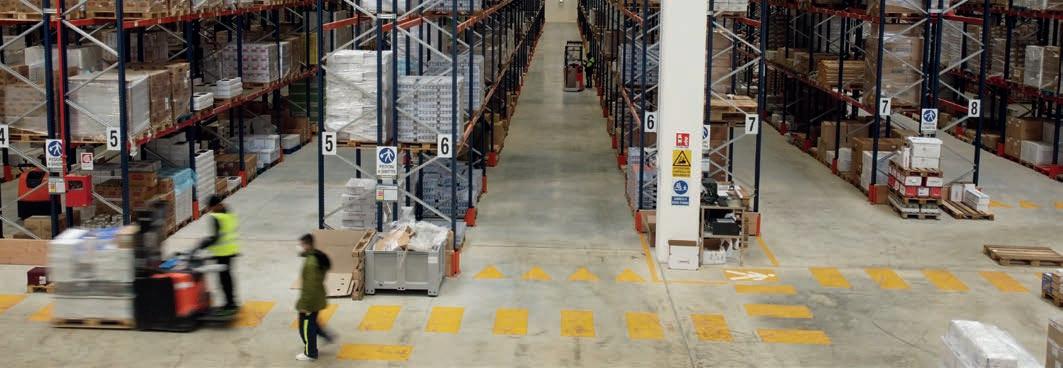
In December 2014, EU Regulation 1169/2011 became applicable, concerning disclosure to the consumer of information on food products. This regulation establishes that for seafood products under ice, the label must indicate only the net weight and that the glazing must not be considered, in the same way as cardboard or wrapping.
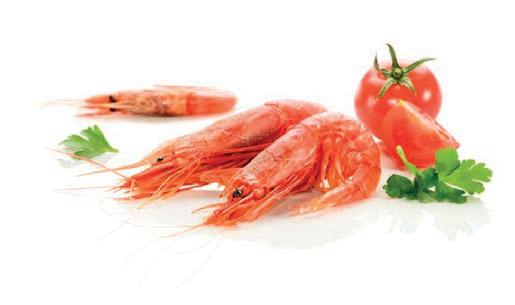
The glazing of frozen or deep frozen seafood products is a conservation method used to protect them with a uniform surface area of ice obtained from drinking water.
energy
6 Preventing oxidisation and rancidity that may occur during storage
6 Protecting the food from “cold burns” that would be visible as ordinary burns, making the product no longer marketable
6 Avoiding dehydration, and thus loss in weight due to loss of liquids
marketing of seafood products with minimal glazing enables greater environmental sustainability PROFILE SUSTAINABLE DEVELOPMENT PEOPLE CUSTOMER QUALITY ENVIRONMENT SUPPLY CHAIN OTHER STAKEHOLDER
X
use
This choice has enabled the average percentage of product to be increased for each single reference and simultaneously reduce the average percentage of ice used as a covering layer to protect each single product that required glazing.
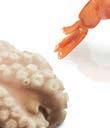



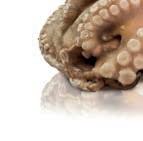
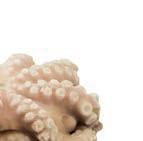






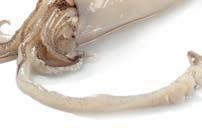

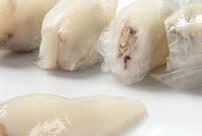



WATER SAVED BY REDUCING THE PERCENTAGE OF GLAZING SINCE 2015





ABOUT 13,000t OF WATER SAVED IN 8 years = 1,603 FIRE
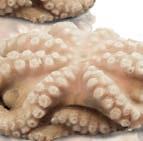


In 2015, MARR implemented a process of supplying seafood products for which the percentage of glazing, if any, is solely that technically necessary to protect the product.
With specific regard to the management of water resources, it must be noted that their use can be subdivided into four different types of consumption: hygiene services, washing the work rooms, product processing areas and cooling systems where condensation is produced through evaporation condensers.
While in the first three cases only water originating from local aqueducts is used, considering the need to guarantee that the water supplied is drinkable in compliance with the sanitary certifications, in the case of cooling using evaporation condensers, the local wells are also used, if there are any.
In order to limit the consumption by the company of water resources to essential consumption, a monitoring system has been implemented with manual checks aimed at limiting
Waste water, with the exception of toilet water, are monitored both through self-monitoring procedures, and by the bodies in charge with reference to the authorisations to discharge or to the AUA (Single Environmental Authorisation).
MARR does not supply from basins hydrographies located in water-stressed areas.
consumption, optimising the resources and reducing waste, even in the event of faults in the water pipes and plants. The recording frequency has been determined on the basis of the criticality of each utility.
In its path to improving the management of water resources, MARR has invested in monitoring and controlling the quality of the discharge waters by laboratory analysis to verify their compliance with the dispositions of Legislative Decree 152/06 and has rationalised the consumption of detergents and disinfectants which directly impact the discharge waters, strictly sticking to the methods and concentrations stated in the sanitisation procedures. It has also begun awareness activities aimed at the employees and operators to reduce the consumption of drinking water.
The withdrawal of groundwater is represented by the use of only fresh water for industrial use only, drawn from artesian wells, where present.
Third-party water resources are instead represented by the use (both for civil and industrial use) of only fresh water taken from the aqueduct and/or from authorized external suppliers through the use of cisterns. The reduction in withdrawals from wells is due to the lower availability of water caused by the prolonged summer drought, which was compensated for by higher withdrawals from the aqueduct.
over 1,300 analyses were conducted on discharge waters
The increase in water consumption is partly connected to the changes in the reporting perimeter between the years 2022 and 2021. In 2021, the water consumption of Frigor Carni was not present, as it was acquired in April 2022, and the consumption of Verrini is reported in 2022 business year for 12 months, while in the previous business year was accounted for only 9 months as the company was acquired from 1 April 2021. Furthermore, in 2022 the new MARR Piacenza Platform became operational.
The volumes of water discharged have increased in line with the increase in the amount of water withdrawn.
In September 2021, a closed cycle phytodepuration system activated for the waste water deriving from the MARR Calabria branch. The discharge waters from the hygiene units and services are conveyed into an Imhoff tank and the purified portion is dispersed by evaporation into a waterproof bed containing plants lacking in water. This system can lead to benefits in terms of environmental impact and management, in addition to savings in the costs of disposal using other modalities.
We represent below the information relative to the chemical substances used by the Company for the functioning and management of the refrigeration systems.
We point out that the data of the subsidiaries are not available; however, it is maintained that their impact on the total is not significant.
The decrease in the consumption of ammonia and antifreeze is due to the lower incidence of extraordinary maintenance activities.



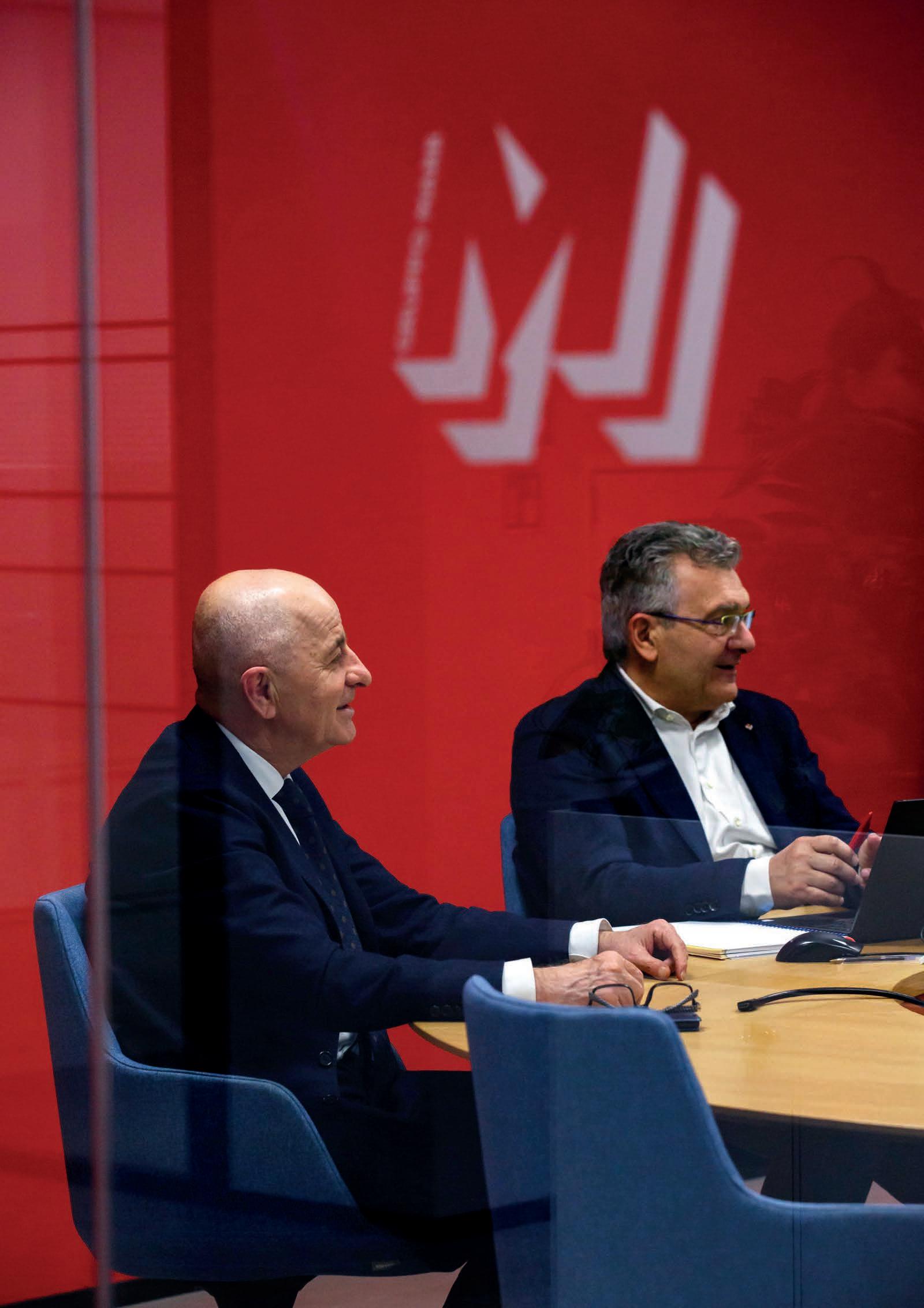
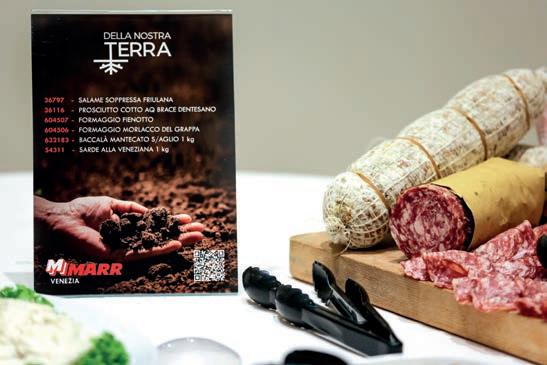

The following table shows the percentage of expenditure concentrated on local suppliers (we would point out that in this Report, “local” is intended as Italian).
The value of the purchases6 made by the Group from Italian suppliers represents 70% of the total procurements, an increase compared to previous years.
The purchase of seafood products, which represents the most significant portion of the products purchased from overseas, is strongly influenced by the origin of the raw material, which inevitably leads to procurement from other
countries (for example: shrimp from Argentina, octopus from Mexico or Morocco, squid form India, etc.) and the fact that Italy is not self-sufficient enough to satisfy the demand for fish products and fish farming. These considerations are also partly valid for meat, a sector in which Italy is not self-sufficient enough to satisfy the domestic demand, except for example for fresh poultry products.
80% 70%
6 The figure for total procurement expenditure represents the cost for the purchase of goods without taking into account related charges or other purchase adjustments, therefore it does not actually coincide with the cost for the purchase of goods indicated in the Explanatory Notes to the MARR Consolidated Financial Statements for the period.
The product suppliers of the MARR procurement chain and the service providers are selected, assessed and qualified according to methods and criteria defined in specific procedures of the Quality System, in accordance with the ISO 9001 standard and are directly involved in the quality and sustainability control of their own products.
MARR encourages the creation of stable and long-term relations with its suppliers and has taken action aimed at improving the control over the respect of its own principles by the entire supply chain.
In the supply agreements, suppliers are required to respect the MARR Code of Ethics and the principles contained therein so as to fully share in its values.
Suppliers are also subject to verification procedures to ensure that they respect the safety and quality characteristics envisaged by the “Suppliers Assessment and Qualification” procedure of MARR’s Quality System includes verification of system and product certifications held by suppliers, including the SA 8000 certificate regarding the Social Responsibility sphere.
6 Product testing and product performance
6 Direct checks on the services provided
6 Certifications obtained
6 Reports of customer complaints and returns attributable to suppliers
6 Level of reliability (monitoring of product and service non-conformities)
6 Production capacity
6 Auditing activities in production sites
6 Economic conditions
The performance of suppliers is subject to periodic evaluation, with the aim of verifying that the required quality and service standards are maintained.
Additional requirements and criteria are required for NON-EU suppliers, such as for example the certificate of origin and the catch certificate in the case of seafood products attesting the regularity of fishing.
Following checks on the performance of product and service suppliers, any non-conformities and complaints/returns are recorded on the basis of the reasons and responsibilities identified.
PERFORMANCE OF PRODUCT SUPPLIERS
Product quality
6 Irregular organoleptic characteristics
6 Presence of foreign bodies
6 Incorrect labeling
6 Damaged packaging
6 Temperature not regular
6 Non-compliant shelf life
6 Non-regular analytical parameters
THE ELEMENTS OF ASSESSMENT
6
Service
6 Inadequate transport service
6 Non-correspondence to the order
6 Delivery not regular for time and/or date
6 Delivery not in compliance with the service requirements for the supply
PERFORMANCE OF SERVICE PROVIDERS (HANDLING OF GOODS, CLEANING, TRANSPORT)
6 Failure to comply with self-monitoring procedures
6 Lack of or unsuitable application of cleaning and sanitizing procedures
6 Lack of or unsuitable application of goods handling procedures
6 Non-regular transport conditions
In the Supply Agreement there is a specific clause on sustainability practices, in particular Article 12 of the Agreement requires the Supplier to undertake to:
6 Define and periodically review a company policy on social responsibility and working conditions and guarantee the availability to receive people appointed by MARR at workplace and to allow them to ascertain the degree of compliance with the requirements of the aforementioned standard.
6 Respond to any requests from MARR on ESG practices with particular reference to the sustainable development measures envisaged in its supply chain.
6 In addition, MARR has sent suppliers a communication to encourage them to make environmental and social certifications available in the online catalogue, to complete the "Sustainability practices" section by inserting the link to their own Sustainability Report or to any other activities carried out with a view to reduce CO2 emissions.
The products purchased are checked on arrival and during processing/storage at the MARR establishments and platforms. The controls on arrival are carried out by skilled personnel trained in the test procedures and the specific control plans for the execution of the verifications.
The main controls involve:
6 Visual inspection to verify the state of conservation, the packaging of the product and the hygienic state of the vehicle.
6 Labelling checks carried out on samples of packaged products to verify the presence of the information required by EU Regulation 1169/2011.
6 Temperature controls on perishable and frozen products (the temperatures of reference and the tolerance limits are indicated in specific self-regulatory instructions).
6 Check on compliance with the order and on the correctness of the accompanying documents.
6 Analytical, microbiological and chemical checks on the basis of specific samples for each type of product.
The complete assessment of the suppliers also includes the analysis of reports of any complaints and/or returns from customers, in order to understand the causes of the non-conformities found and to identify the corrective action.
The List of Qualified MARR Suppliers and their ratings are periodically updated on the basis of their performance and any non-compliances in their supplies and complaints from customers.
Any suppliers that obtain a less than completely positive assessment are requested by MARR to adopt provisions and corrective action to remedy the shortcomings found. If seriously critical situations occur relative to supplies, immediate action is taken against the supplier (letters of warning, audits at the production establishments, sampling and analytic testing of the products, up to the suspension of the purchases), in order to eliminate the problems encountered and ensure the compliance of the products with the specified requirements.

The Supplier Portal is a contact platform between MARR and its Suppliers. Through this tool, suppliers have the opportunity to present their products in the best possible way, attaching multimedia material such as technical data sheets, safety data sheets, labels, product photos, videos, recipes and much more.
There is also a section dedicated to the supplier's personal data, which can be integrated with the history of the company and with indications on sustainability practices.

In a third section, however, it is asked to attach any certifications, held by the supplier, of a voluntary nature. This documentation, following verification by the Quality Control and the buyers (each specialized for a specific product category) is then published in the 2022


https://catalogo.marr.it/fornitori/login

MARR catalogue and in the myMARR application for consultation by customers.
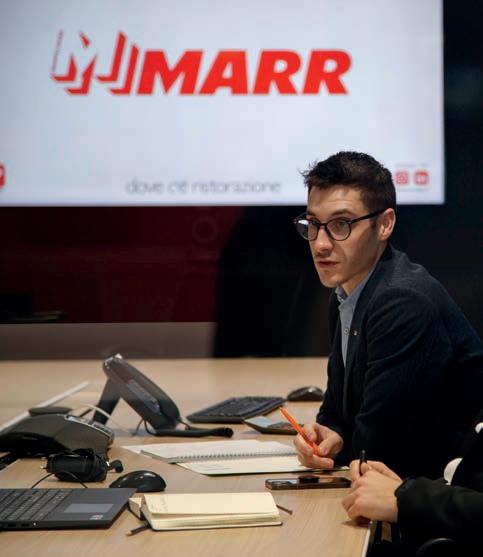
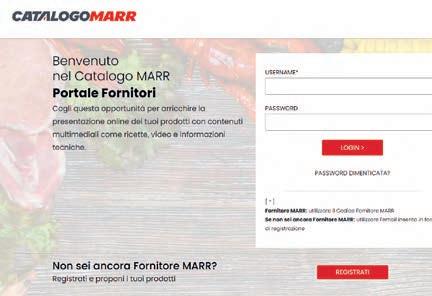
Suppliers can count on a simple and transparent digital procedure and on an assistance help desk available via chat, e-mail and telephone.
In 2022, the supplier portal was implemented with a new function that allows you to propose new products through specific documentation. This possibility has also been opened to all those companies that wish to introduce and offer their products to MARR. Through a dedicated access, after a simple registration, these suppliers, defined as 'prospect suppliers', can fill in the sections of Personal Data, Certifications, Documents, Proposed Products, like MARR registered suppliers. These proposals are then evaluated by the buyers to identify products of possible interest.
MARR thus has a single and vast digital database which includes products offered by codified and non-codified Suppliers. MARR, from a single section, has a broad vision of the new trends that characterize the foodservice market, is updated on new product launches, gets to know the market players, consults the material on the products offered more easily and can add assortment of new products in a leaner and faster way.

MARR has stated that it is against any form of child labour, forced labour and has adopted measures to ensure the respect of human rights throughout the supply chain, especially through the request made in the supply agreements of a specific Declaration of Commitment to Social Responsibility, by signing which the supplier guarantees the respect of all of the principles of the SA8000 standard.
6 Not to use or sustain the use of child labour.
6 Not to use or sustain the use of forced labour.
6 Guarantee a safe and healthy workplace, to adopt adequate measures to prevent accidents and damage to health by minimising the causes of danger ascribable to the work environment, and to respect everything contemplated by the laws in force on Health and Safety at Work.
6 Respect laws and regulations on freedom of association and on the right to collective contracting.
SOCIAL RESPONSIBILITY
6 Not adopt or sustain discrimination in recruitment, remuneration, access to training, promotion, dismissal and retirement, based on race, class, national origin, religion, invalidity, gender, sexual orientation, trade union membership or political affiliation.
6 Not use or sustain or tolerate the use of physical punishment, mental or physical coercion or verbal abuse.
6 Conform to the work timetable contemplated by the laws in force and by the collective contracting of the category.
6 Respect the National Collective Labour Agreement of reference also as regards the remuneration paid.
Regarding the fish sector, which in some countries is subject to a greater risk of violation of human rights and failure to respect reasonable working conditions for individuals, there are specific supply agreements in place and also checks in the country of origin, as specified in the paragraph on sustainable fishing on page 128.
Within the sphere of its activity of the distribution of foodstuffs and non-food to the out-of-home food consumption, MARR has put into practice several methods to guarantee its customers an extremely wide range of products conforming to minimum environmental criteria, as contemplated by Italian Ministerial Decree no. 65 of 10/03/2020 (NAP GPP - “Minimum environmental criteria for the service of canteens and the supply of food commodities”).
These include organic products, PGI and DPO products, traditional agro-food products, certified biologically grown products and fair-trade products and products of animal origin from production lines limiting the use of antibiotics and promoting criteria of increased animal welfare during farming.
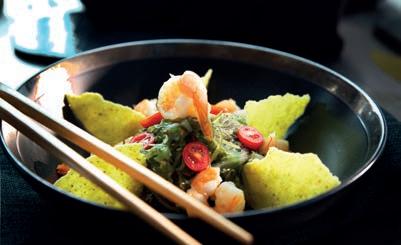
To promote environmental and social sustainability, MARR, with adequate programming, can also supply, in addition to products originating from entirely domestic production lines (Made in Italy Line) products with special production features, such as, for example: short chain and KM 0 products. Through suitable planning, fruit and vegetables from social farming can also be supplied. These products allow the canteens operators (refectories, schools, hospitals) to adopt a Green Public Procurement policy consistent with the National Action Plan on GPP (NAP GPP) and they allow the professionals of commercial catering (restaurants, hotels, tourist resorts) to promote ecological catering measures and sustainable tourism.
The table shows the total number of suppliers with which the Company has operated in the last three years, with indication of those selected according to social and/or environmental criteria, i.e. suppliers of green products or ISO14001, EMAS (EU Eco-management and audit system), Organic, MSC
(Marine Stewardship Council), ASC (Aquaculture Stewardship Council), RSPO, Rainforest Alliance, Fairtrade, Global GAP (standard of good agricultural practices), GRASP Risk Assesment on Social Practice, Dolphins safe, Friend of the sea and/or SA8000 certified suppliers:

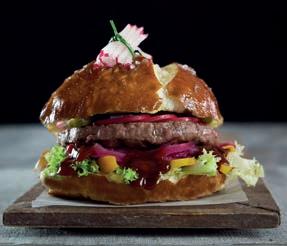
(number)
The table shows consistency between the data for 2021 and that for 2022, while 2020 is not a comparable year as the subsidiaries Verrini S.r.l. and Frigor Carni S.r.l. had not yet been acquired.















Also during 2021, MARR continue various activities with the purpose of valorising the domestic socio-economic fabric and supporting the domestic farming production lines and local communities at a difficult time, enhancing these partnerships and its specialist role in the area. The Made in Italy range unveiled in June 2020 is a tangible example of this and includes meat and fish products and fruit and vegetables using Italian raw materials.




“Della Nostra Terra” range includes the food products of excellence under the DPO and PGI brands or included in the list of regional TAP to support the domestic farming production line and valorise local specialities as expressions of the culture and traditions typical of our country.
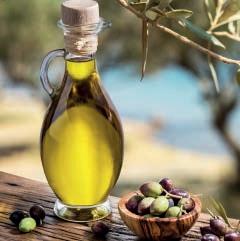

MARR aims to increasingly enhance and expand its partnerships and direct relations with local small or farming businesses, giving them the chance to access the domestic foodservice market and contributing towards their development.
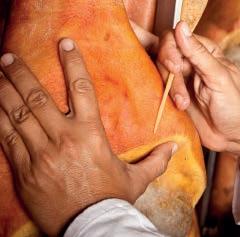

Searches can be conducted on the online catalogue through these two attributes to view the products in these two categories (https://catalogo.marr.it/catalogo)
The partnership in this project, which has reached over 130,000 people, confirms MARR's commitment to a process of valorisation of Italian excellence certified PGI, PDO or included in the list of regional PATs.
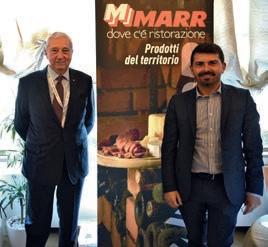



The Protected Geographical Identification mark, better known by the acronym PGI, is a legal protection mark attributed by the European Union to the agricultural products and foodstuffs originating in a specific region and country. The PGI products quality, reputation and characteristics can be traced to geographical origin and at least production or transformation or processing must be done inside the delimited area.
The Protected Designation of Origin mark, better known by the acronym PDO, is a mark for the legal protection of the denomination that the European Union attributes to those agricultural products and foodstuffs for which the stages of the production process are realised in a delimited geographical area and for which the production process is in compliance with a set of specifications of production. All the production, transformation and processing of the product must occur within the delimited area.
Traditional Agri-Food Products are products included in a list kept by the Ministry of farming, food and forestry policies (Decree no. 350 of 8 September 1999) in collaboration with the regional authorities. The characteristics of the products and the methods of processing, conservation and seasoning must be proven over time on the basis of local customs and must be uniform and constant and also registered the local Chamber of commerce for industry, handicraft and agriculture.
Organic agriculture is a type of agriculture involving the entire farming ecosystem, which uses the natural fertility of the soil in a limited number of interventions, promotes biodiversity in the environment and excludes the use of synthesis products (except those specifically allowed by European Union law) and genetically modified organisms.
Products which enable the implementation of a policy of Green Purchases (Green Public Procurement) consistent with the National Action Plan for GPP (NAP GPP) and comply with one or more of the environmental sustainability requirements provided by MD n.65 dated 10 March 2020.
The goal of FSC and PEFC certification, two of the most widespread forestry certification systems worldwide, is to identify the conduction of ecosystems based on sustainability principles. The products deriving from wood (paper, packaging, etc.) countermarked by these labels are certified independently and originate from forests managed in a manner such as to respect the social, economic and environmental requirements of current and future generations.
Sustainable fishing products respond to specific environmental sustainability criteria; the fishing zones are managed in such a way as to guarantee the respect of the existing reserves of fish, considering their reproductive capability and biodiversity. Products bearing these certifications (for example MSC – Marine Stewardship Council –certification) originate from fishing zones governed through advanced management programs.
Organic aquaculture promotes the farming of fresh and salt water fish, shrimps, molluscs, and algae, through organic and certified techniques, developed in compliance with relative laws and specific standards. The basic aspects of organic fish farming are: to guarantee that the marine organisms entirely live in the farming facility, maintaining the stress levels involved in farming at zero or close to zero, also thanks to the reduced impact of man on the animals’ lives, not using hormonal additives in the fish or food based on oils or fish-based flour and GMO.
Fair Trade products constitute a concrete and sustainable alternative for the international trading, on a tangible market, by people for people in which the work ethic provides dignity and a future to millions of workers, especially in southern hemisphere countries. Fair Trade has the primary objective of balancing relations with countries with less developed economies, improving market access through adequate wages and dignified working conditions.
Palm oil, cocoa (including cocoa butter and mass) and coffee are raw materials that come primarily from developing countries where criticalities may emerge linked to the environmental, living and working conditions. There are various certifications, such as Roundtable on Sustainable Palm Oil (RSPO), Fairtrade and Rainforest Alliance, which ensure that the raw materials come from crops managed according to criteria of environmental and social sustainability.
The EU Ecolabel (EC Regulation no. 66/2010) is the European Union label for ecological quality which rewards the best products from an environmental viewpoint, which are thus differentiated from their competitors on the market, maintaining high performance standards.
Disposable compostable products are those in compliance with UNI EN 13432:2002 standard, in other words those on which biodegradability and suitability for transformation into compost has been tested to reduce their environmental impact.
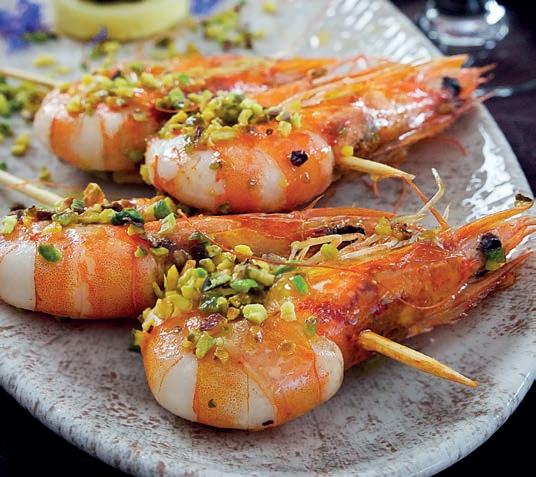

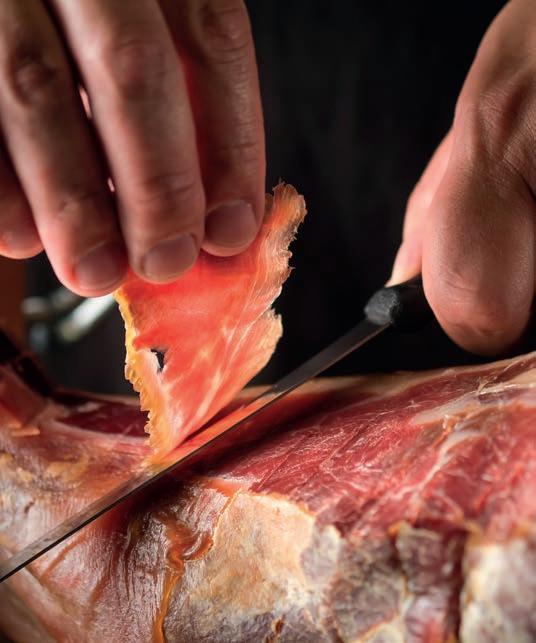



The Group does not stock raw materials, given that it markets the products it purchases, without processing them, except for an insignificant portion of them. Processing mainly involves the portioning of meats and seafood products, in order to market semi processed products and cuts “ready for use” or in any event in reduced sizes in order to respond to the requirements of its customers.
In the case of owned brand products, the Group makes specific requests to its suppliers regarding the quality and origin of the raw materials, food safety, organoleptic properties and the characteristics of the goods and the primary and secondary packaging used. These requirements are guaranteed by the stipulation of documents shared with the supplier and signed by them.
All of the products containing even a single one of the following ingredients must respect the following requirements:




6 Eggs and egg products from hens not raised in cages
6 No palm oil or RSPO certified palm oil

6 Cocoa, cocoa butter, cocoa mass and coffee certified by Fairtrade or equivalent certifications



In the case of owned brand products, the Group makes specific requests to its suppliers regarding the quality and origin of the raw materials, food safety, organoleptic properties and the characteristics of the goods and
the primary and secondary packaging used. These requirements are guaranteed by the stipulation of documents shared with the supplier and signed by them.
RAW MATERIALS REQUIREMENT PRIVATE LABEL PRODUCTS





COCOA Fairtrade, Rainforest certified or equivalent




COFFEE Fairtrade, Rainforest certified or equivalent
EGGS from free-range, organic or outdoor farms



SEAFOOD from sustainable fishing and aquaculture in accordance with the control program MARR or MSC/ASC certified
PALM OIL absent or RSPO certified (Segregated or Mass Balance)
PAPER AND CARDBOARD 100% recycled or FSC/PEFC certified
Updates to the requirements for private label products with a view to increased sustainability by the end of 2025.
MARR is a leading company in the sale of fresh and frozen seafood products, with procurement channels involving suppliers operating in various countries of the world and is well aware of the risks linked to the depletion of marine resources caused by illegal or unregulated fishing practices and, in some countries, the risk of the violation of human rights and failure to respect dignified labour conditions for the workers.
For this reason, MARR has developed its own management regulations for sustainable fishing on a voluntary basis and certified by a major international authority and a programme of checks in the countries at most risk, encouraging the protection of fish stocks and the respect of human rights and dignified working conditions for people.
6 Encouraging sustainable development in the fishing sector, ensuring full traceability up to fishing vessels.
6 Combating illegal and unregulated fishing.
6 Respecting human rights in the country of origin.
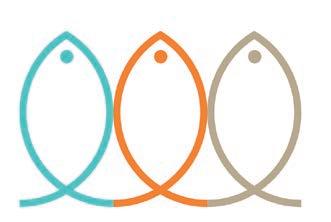
6 Supplying fish products capable of satisfying the quality, safety and labelling requirements in compliance with the applicable laws and regulations.
To check on suppliers’ observance of the requisites of the supply agreements, MARR carries out programmed inspections at the production establishments located in third countries. Said inspections are carried out by MARR’s internal auditors and by external inspectors of private certification bodies, and they are defined in specific control plans.
The Company expressly requires that its suppliers respect the laws in each country and compliance with the international guidelines for ensuring the respect of human rights and labour (Universal Declaration of Human Rights and International Labour Organization Convention) These requirements are included in the controlling check lists used by the auditors in the sustainable fishing supply chain.
In March 2021, MARR has undertaken to expand its supplier verification activities to the fish farming, in accordance with the control programme for the “Sustainable fishing supply chain”, in order to ensure the respect of the criteria of animal welfare defined for fish, and specifically:
6 Density of farming
6 Quality of water
6 Transport conditions and time
6 Butchering processeS
In the sustainable fishing and fish farming sector, MARR has also been awarded MSC and ASC certifications for the chain of custody. The MSC brand is the most widespread and known system of guaranteeing sustainable fishing internationally.
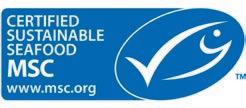
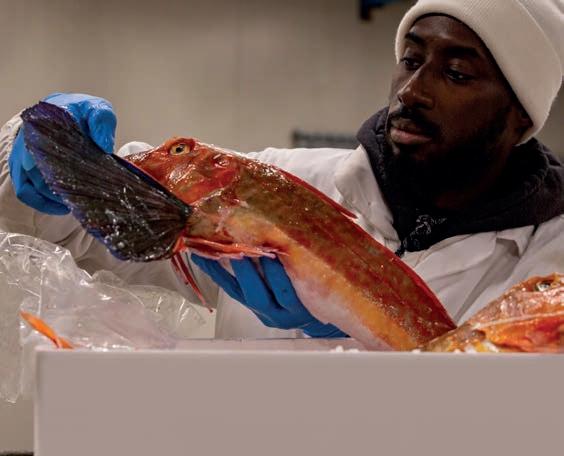

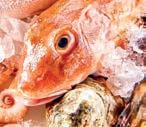
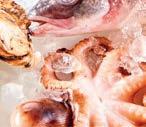
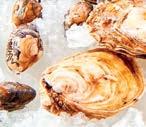
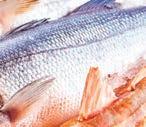

MARR’s commitment is to make MSC, ASC or equivalent certified references available to its customers and to encourage these products, contributing towards protecting the marine environment and rewarding businesses that commit to sustainable fishing and fish farming practices.

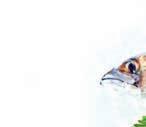
Sustainability in the seafood sector is declined both as a reduction in fishing effort but also as a distribution of catches on different species and as a recovery of lesser-known species. Through a team of expert buyers and the training of the sales network, MARR sensitizes its Customers by directing their purchases also towards minor seafood species available in our seas (e.g. bluefish, mullet, goby, clams fasolari, etc.).
MARR believes that anthropic activities conducted invasively and incompatibly with ecosystems may have a negative effect on the procurement dynamics.
In particular, the procurement of fish products may be affected by changes in the fishing campaigns due to a diminished availability of the fished product or restrictions imposed for the protection of marine resources. As a result of climate change, the availability and procurement of vegetables and products of animal origin may also change because of the altered environmental conditions in the current production areas.

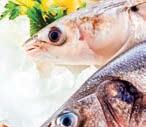
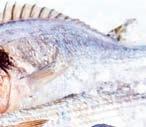
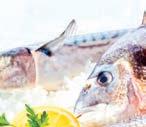
6 Includes animal welfare criteria into supply requirements and contracts with suppliers
6 Implements an audit plan in order to assess compliance with the animal welfare standards subscribed by the suppliers
6 Promotes the progressive implementation of specific animal welfare criteria in addition to the minimum standards set by the legal requirements in the control checklists
6 Dialogue with representatives of international associations that deal with animal welfare on farms
6 Collaborates with accredited control and certification bodies operating internationally to carry out inspection activities with the common goal of improving the living conditions of farmed animals
MARR recognises that animals are living beings and believes that animal welfare does not only depend on the physical health of the animal but also on its mental state and capacity to express species-specific behaviour, in harmony with the environment.
Form animal welfare, good farming practices and adequate shelter, hygiene, feeding and health must all be guaranteed.





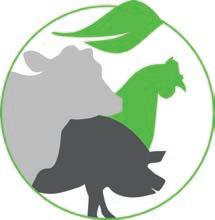
FIVE FREEDOMS FOR THE PROTECTION OF ANIMAL WELFARE
The farms and management systems must satisfy the needs of the animals, in respect of the “Five Freedoms” listed in the 1965 Brambell Report and recalled in the “Farm Animal Welfare Council” of 1979.
01 02 03 04 05
Freedom from hunger, thirst and malnutrition, ensuring that the animals have access to fresh water and a diet that keeps them in good health
Freedom from environmental distress, ensuring that the animals have a suitable living space including shelter and a comfortable rest area.
Freedom from pain, injuries and illness, preventing them or diagnosing and treating them quickly.
Freedom to manifest species-specific behavioural characteristics, providing adequate space and structures and the company of animals of the same species.
Freedom from fear and stress, ensuring that the animals are kept in conditions and care which do not cause psychological suffering.
In assessing the sustainability of suppliers, MARR pays particular attention to sensitive supply chains, such as that of beef.
The main supplier of this category of products is Inalca S.p.A., leader in Italy and one of the major European players in the beef sector, which has created a fully integrated, certified and traceable supply chain, applying the principles of the circular economy, sustainability and of animal welfare. Inalca has developed a complete animal welfare management and assessment system, updating and developing rules that go beyond the stringent laws on the subject, in all phases of the supply chain: breeding, transport and slaughter.

MARR's main supplier of pork, Inalca S.p.A., has obtained the "Pig Welfare Supply Chain" certification for the valorisation of Italian pig production through a certified system of controls which guarantees animal welfare, traceability and safety at all stages of the supply chain of feed, the responsible use of the veterinary drug (absence in the last 120 days) and high standards of biosecurity. In addition, traceability, transport and slaughter criteria are also






https://www.inalca.it/en/animal-welfare/
For the assessment of animal welfare on farms, Inalca has adopted the official Classyfarm standard promoted by the Ministry of Health and developed by the National Reference Center for Animal Welfare (CReNBA) and has prepared the "Breeder's Good Practice Manual" intended for all the farmers from which it is supplied.
monitored and verified.
A selected group of farms and slaughtering and processing structures adhere to the supply chain, integrated and coordinated by the Inalca supply chain manager according to the principles of the ISO 22005 standard. The farms are certified from the birth of each subject by a recognized third party body and credited.
In 2019, MARR defined a set of regulations to be applied to the supply chain of products of animal origin, obtaining the certification of the supply chain of egg-laying hens in the same year (Supplier control system for animal welfare – egg-laying hens). In 2022 MARR extended the supplier control system for animal welfare and the related certification to the national broiler chicken supply chain.
In compliance with its own regulation, MARR has conducted a series of inspections at the egg-laying hen farms it procures supplies from, conducted by external auditors, to verify that the animal welfare conditions contemplated by the laws in force are respected and that the improvements can be implemented.
MARR has also undertaken awareness campaigns and communications aimed at the sales force and customers in order to encourage the use of eggs and egg products from uncaged, open-air or organic farms which will continue in coming years.


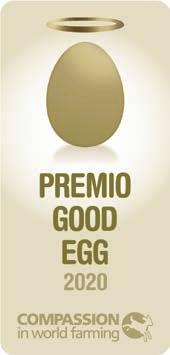

Objective by 2025
MARR extended the supplier control system for animal welfare and the related certification to the national broiler chicken supply chain
MARR is committed to suspending the sale of eggs and egg products deriving from hens raised in cages and in combined systems by 2025.








MARR believes that a priority topic is maintaining solid relations based on constant dialogue and engagement of all of the stakeholders, as an expression of the responsibility that the Group has towards the social context in which it operates and interacts.
In this context, it has defined some lines of conduct and adopted procedures and regulations for managing relations with the stakeholders, especially the financial community and the media, based on transparency, correctness, rectitude, completeness and impartiality.
The Company has adopted a Regulation that defines the bodies and subjects responsible for managing media relations and authorising the publication of press releases and the spreading of information to the press to encourage transparency and uniformity of information.
The Company has adopted a specific Procedure for managing insider and confidential information, which all of the subjects identified therein must follow.

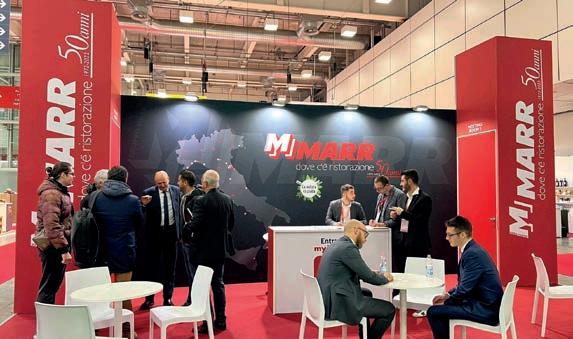
The Board of Directors has approved a Policy for the management of engagement with the shareholders and other financial stakeholders to render more systematic the operating methods which guarantee the exhaustive and prompt spreading of information on the Company activities..
The following is a summary of the methods of stakeholder engagement implemented by the MARR Group, in other words the activities aimed at ensuring careful and constant engagement with the various subjects to ensure that the different interests of each stakeholder are heard, thereby encouraging comparison and the sharing of objectives and strategies.
(survey on 23 May 2022)
The Company has for some time implemented operating methods with the aim of ensuring constant engagement with the shareholders. financial investors, socially responsible investors. analysts and in general operators on the financial market.
The disclosure of information to the investors and the market is mainly ensured by periodical press releases. at least meeting the company’s disclosure obligations, meetings with the financial analysts and the constant updating of the information available on the Company website.
In particular, the Investor Relation (IR) department deals with relations with the shareholders, the operators on the financial market and the analysts and also ensures the availability on the Company website of all of the information (reports, significant operations, operating
procedures and regulations, including all documents regarding shareholders’ meetings and the relative minutes) useful, also to the public, in assessing and monitoring the Governance of the Company.
The IR department also periodically organises (and in any event whenever required by the obligatory periodical disclosures) meetings with analysts and investors, which are also usually attended by the Chief Executive Officer.
To favour increased awareness of the brand and its recognisability, the Company has started a programme to increase its own organised presence on two specific social networks with two different and complementary targets, these being Instagram (oriented more towards customers and suppliers) and LinkedIn (with a more professional target, and thus also oriented towards possible shareholders and non-professional investors).


Local communities play an important role for MARR, given that they are correlated to the activities of the other stakeholders, such as customers, suppliers, employees and collaborators.


Closeness to the communities is considered to be vital for the Company and is expressed on one hand by engagement with the local bodies and on the other through participation in local social and cultural events.

Combating food waste and the responsible management of territorial resources are some of the guidelines behind MARR’s action, which is always oriented towards preventing and reducing food waste.
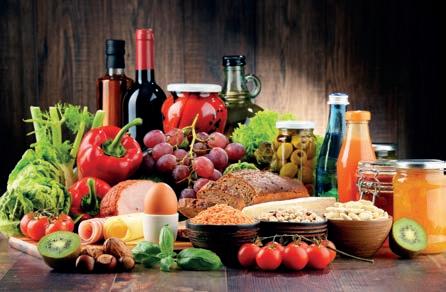



The actions aimed at limiting surpluses are implemented in particular after the scheduling of the stocks as a result of the continuous monitoring of the warehouse inventories, thereby minimising waste. Any surpluses of food products that are unsold are donated to foundations, communities and other local associations involved in improving the living conditions of the poor and disadvantaged.
During 2022, MARR donated the excesses to more than 20 bodies nationwide, including religious institutes and national associations of social benefit and sent foodstuffs to Ukraine via the Sant'Ambrogio Center in Cernusco sul Naviglio (MI) Some of the main institutions involved were:
MARR has activated a specific procedure on the matter food donations for the benefit of Non-profit entities established by Law 166/2016. This procedure can be used only in exceptional cases, when the selling actions cannot be performed sufficiently, with the aim of contrasting the food waste.

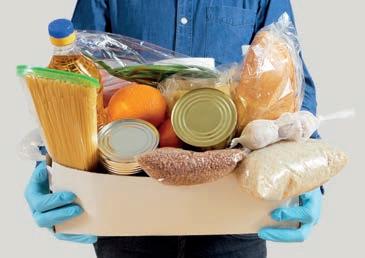
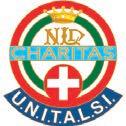



over 117 tons of food


Donations =

about 400,000 meals donated

MARR operates in strict respect of the laws applicable to the sector it belongs to and collaborates with the authorities responsible for controls in the event of inspections.

The Group is subject to numerous verifications by the authorities and official control bodies. These controls consist of sampling and official analysis of the products distributed and inspections conducted by the Veterinary Services and Food Hygiene and Nutrition Services of the competent local health authorities. Checks and inspections are also carried out by other bodies, such as the Carabinieri for the Protection of Health and Safety, the Forestry Authority and Coast Guard and the bodies responsible for checking the measures to protect the health of the workers.

As a listed company, MARR is also subject to checks by the Supervisory Body (CONSOB) of the manager of the Italian stock exchange, Borsa Italiana, and is bound to respect the parameters imposed by the reference segment Euronext STAR Milan (Segmento Titoli Alti Requisiti) of Borsa Italiana.
MARR encourages open engagement with the category associations, focusing very closely on the claims it receives. These associations are also a tool used by MARR for updating and controlling compliance with the laws and regulations in force, considering the activity carried out by them of real time updates aimed at associate companies for the emanation of rules and regulations or other measures governing the activities of the sector.

6 Supplies to Public Administrations

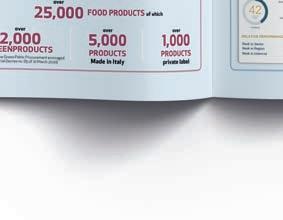

6 Interaction with the control bodies during inspections and also informally through meetings based on requests for clarifications, comparison and opinions
CATEGORY AND SECTOR ASSOCIATIONS

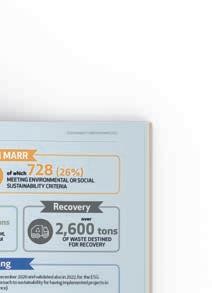
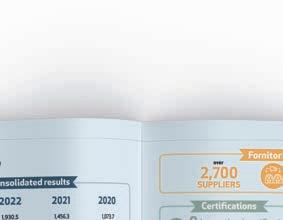
6 Participation in webinars and videoconferences


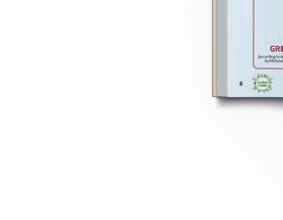
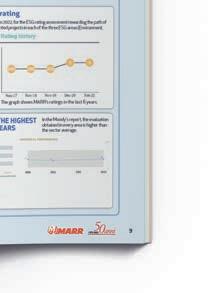

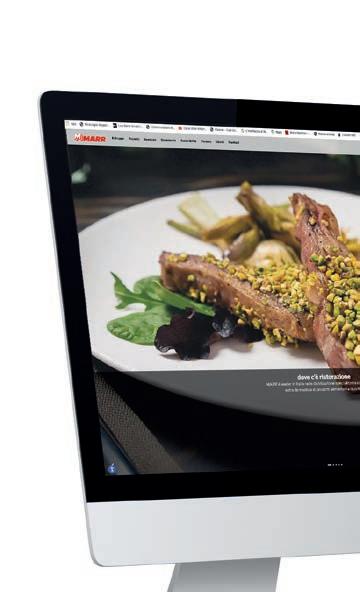
6 Local events
6 Newsletter and disclosure updates
6 Periodical communications
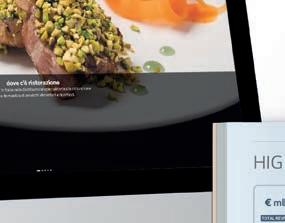
Corporate website Sustainability Report (two digital tools for all stakeholder)
The table shows the correlation between the topics identified as priority on the basis of the materiality analysis conducted and that stated in Legislative Decree 254/2016.
TABLE OF CORRELATIONS BETWEEN MATERIAL TOPICS AND TOPICS FROM LEGISLATIVE DECREE 254/2016
Topics from Legislative Decree 254/2016
Material topics from materiality analysis
Fight against corruption
6 Management of packaging and Waste
6 Fight against corruption and anti-competitive practices Environment
6 Optimization of water consumption, energy consumption and related emissions
6 Impact and increase the efficiency of logistics
6 Fight against food wastage
6 Protection of diversity and equal opportunities
6
6 Animal welfare
6 Ethical and sustainable procurement and respect for Human rights
6 Supply and use of raw material in private label
6 Economic impact and ability to generate value
6 Integration and engagement with stakeholders
6 Upgrading the value of “green” and local products Social
6 Fight against food wastage
6 Fight against corruption and anti-competitive practices Social
6 Customer satisfaction and loyalty
6
Notes for consultation:
6 The column “Decree 254/16” lists the indicators of the GRI Standards that provide information correlated to the Italian laws and regulations in force concerning the non-financial declaration;
6 The SDGs column states the connection between the disclosure of the GRI Standards with the 17 sustainable development goals of the 2030 Agenda (stating the number, according to the table produced by the GRI in the document “Linking the SDGs and the GRI Standards”).
MARR presented a report in compliance with the GRI Standards for the year 2022, using GRI 1 - Fundamental Principles2021 version. No GRI sector standards relevant to MARR's activity have been released.

pursuant to article 3, paragraph 10, of Legislative Decree n°254 of 30 December 2016 and article 5 of CONSOB Regulation n° 20267 of January 2018
Pursuant to article 3, paragraph 10, of Legislative Decree n° 254 of 30 December 2016 (hereinafter also, the “Decree”) and article 5 of CONSOB Regulation n° 20267/2018, we hav e undertaken a limited assurance engagement on the consolidated non -financial statement of the MARR Group for the year ended 31 December 2022 prepared in accordance with article 4 of the Decree and approved by t he Board of Directors on 14 March 2023 (the “NFS”).

Our review does not extend to the information set out in the paragraph “Disclosure about the EU Taxonomy” of the NFS, required by article 8 of European Regulation n° 2020/852.
The directors are responsible for the preparation of the NFS in accordance with articles 3 and 4 of the Decree and with the selection of “Global Reporting Initiative Sustainability Reporting Standar ds” updated in 2021 by the GRI – Global Reporting Initiative (hereinafter also, “GRI Standards”), identified by them as the reporting standard
The directors are also responsible, in the terms prescribed by law, for such internal control as they determine is necessary to enable the preparation of a NFS that is free from material misstatement, whether due to fraud or error.
Moreover, the directors are responsible for identifying the content of the NFS, within the matters mentioned in article 3, paragraph 1, of the Decree, considering the activities and characteristics of the MARR Group and to the extent necessary to ensure an understanding of the Group’s activities, its performance, its results, and related impacts.
Finally, the directors are responsible for defining the business and organisational model of the MARR Group and, with reference to the matters identified and reported in the NFS, for the policies adopted by the MARR Group and for the identification and management of risks generated and/or faced by the MARR Group.
The Board of Statutory auditors is responsible for overseeing, in the terms prescribed by law, compliance with the Decree.
We are independent in accordance with the principles of ethics and independence set out in the Code of Ethics for Professional Accountants published by the International Ethics Standards Board for Accountants, which are based on the fundamental principles of integrity, objectivity, competence and professional diligence, confidentiality, and professional behaviour. Our audit firm adopts International Standard on Quality Control 1 (ISQC Italia 1) and, accordingly, maintains an overall quality control system which includes processes and procedures for compliance with ethical and professional principles and with applicable laws and regulations.
We are responsible for expressing a conclusion, on the basis of the work performed, regarding the compliance of the NFS with the Decree and the GRI Standards. We conducted our work in accordance with International Standard on Assurance Engagements 3000 (Revised) – Assurance Engagements Other than Audits or Reviews of Historical Financial Information (“ISAE 3000 Revised”), issued by the International Auditing and Assurance Standards Board (IAASB) for limited assurance engagements. The standard requires that we plan and apply procedures i n order to obtain limited assurance that the NFS is free of material misstatement. The procedures performed in a limited assurance engagement are less in scope than those performed in a reasonable assurance engagement in accordance with ISAE 3000 Revised, and, therefore, do not provide us with a sufficient level of assurance that we have become aware of all significant facts and circumstances that might be identified in a reasonable assurance engagement.
The procedures performed on the NFS were based on ou r professional judgement and consisted in interviews, primarily of company personnel responsible for the preparation of the information presented in the NFS, analyses of documents, recalculations and other procedures designed to obtain evidence considered useful.
In detail, we performed the following procedures :
1. Analysis of the relevant matters reported in the NFS relating to the activities and characteristics of the MARR Group, in order to assess the reasonableness of the selection process used, in accordance with article 3 of the Decree and with the reporting standard adopted;
2. Analysis and assessment of the criteria used to identify the consolidation area, in order to assess their compliance with the Decree;
3. Comparison of the financial informatio n reported in the NFS with the information reported in the MARR Group’s consolidated financial statements ;
4. Understanding of the following matters:
• Business and organisational model of the MARR Group with reference to the management of the matters specified by article 3 of the Decree;
• Policies adopted by the MARR Group with reference to the matters specified in article 3 of the Decree, actual results, and related key performance indicators;
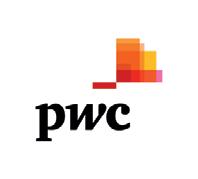
• Key risks generated and/or faced by the MARR Group with ref erence to the matters specified in article 3 of the Decree.
With reference to those matters, we compared the information obtained with the information presented in the NFS and carried out the procedures described under point 5 a) below;
5. Understanding of the processes underlying the preparation, collection and management of the significant qualitative and quantitative information included in the NFS.
In detail, we held meetings and interviews with the management of MARR SpA, and we performed limited analyses of documentary evidence, to gather information about the processes and procedures for the collection, consolidation, processing, and submission of the non -financial information to the function responsible for the preparation of the NFS
Moreover, for material information, considering the activities and characteristics of the Group:
- at a group level,
a) with reference to the qualitative information included in the NFS, and in particular to the business model, the policies adopted and the main risks, we carried out interviews and acquired supporting documentation to verify its consistency with available ev idence;
b) with reference to quantitative information, we performed analytical procedures as well as limited tests, in order to assess, on a sample basis, the accuracy of consolidation of the information.
- for the following company, MARR SpA, which wa s selected on the basis of their activities, its contribution to the performance indicators at a consolidated level and their location, we carried out site visits during which we met local management and gathered supporting documentation regarding the corr ect application of the procedures and calculation methods used for the key performance indicators.
Conclusion
Based on the work performed, nothing has come to our attention that causes us to believe that the NFS of the MARR Group for the year ended 31 December 2022 is not prepared, in all material respects, in accordance with articles 3 and 4 of the Decree and with the selection of the GRI Standards
Our conclusions on the NFS of the MARR Group do not extend to the information set out in the “Disclosure about the EU Taxonomy” paragraph of the NSF , required by article 8 of European Regulation n° 2020/852.
Bologna, 29 March 2023
PricewaterhouseCoopers SpA
 Signed by Giuseppe Ermocida (Partner)
Signed by Giuseppe Ermocida (Partner)
This report has been translated from the Italian original solely for the convenience of international readers.
Share capital
€ 33,262,560
fully paid up divided into n. 66,525,120 ordinary shares. Company subject to the management and coordination of Cremonini S.p.A.
VAT no. IT02686290400
Tax Code 01836980365
Reg. of Companies of Rimini 01836980365
Investor Relations Department
Tel. +39 0541 746803
Email: atiso@marr.it
For contacts and information: www.marr.it/en/home
Email: sostenibilità@marr.it
https://it.linkedin.com/company/marr-s.p.a.
https://www.instagram.com/marr_spa/
https://www.marr.it/sustainability/report-and-esg
Published in April 2023
reserved
